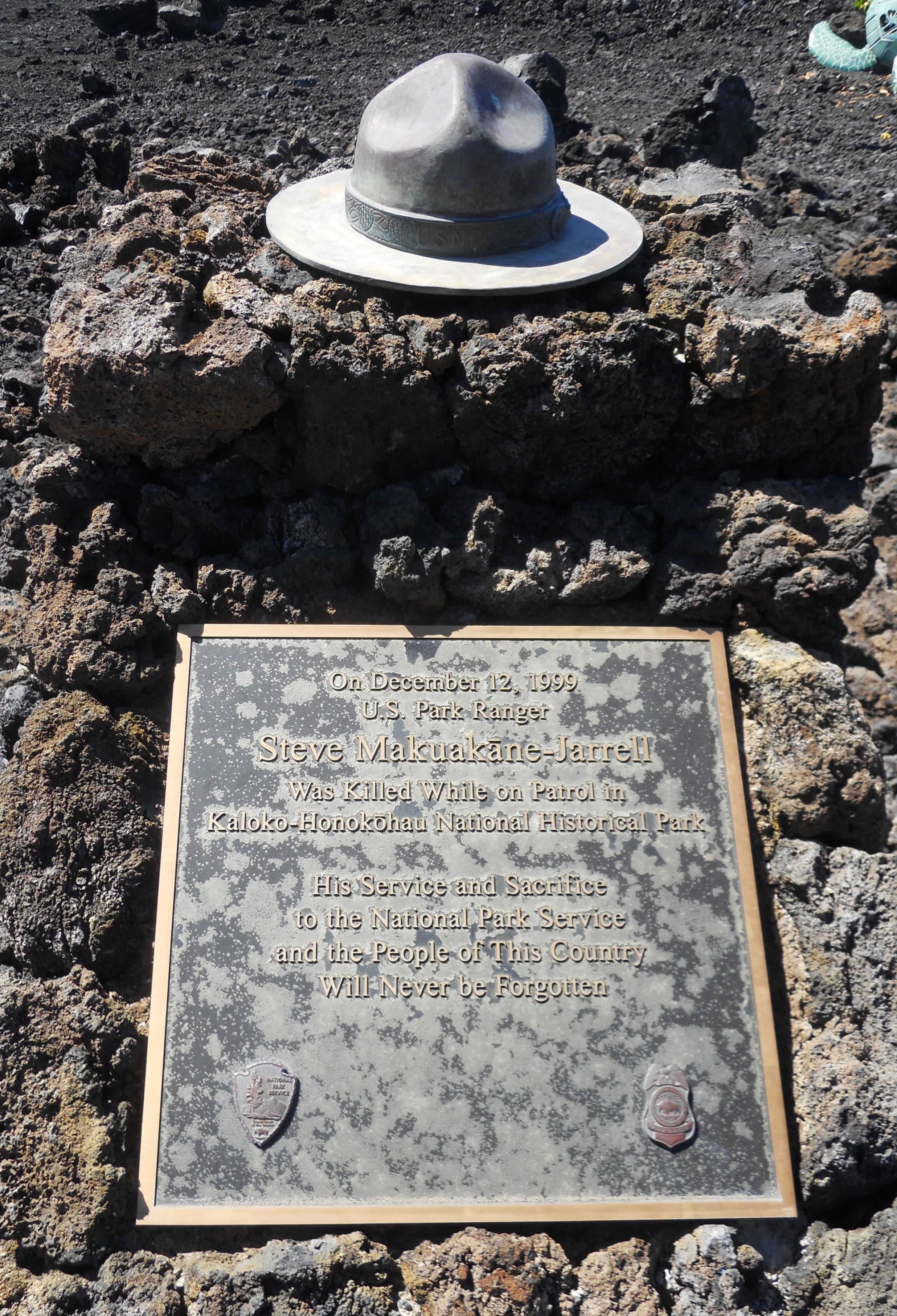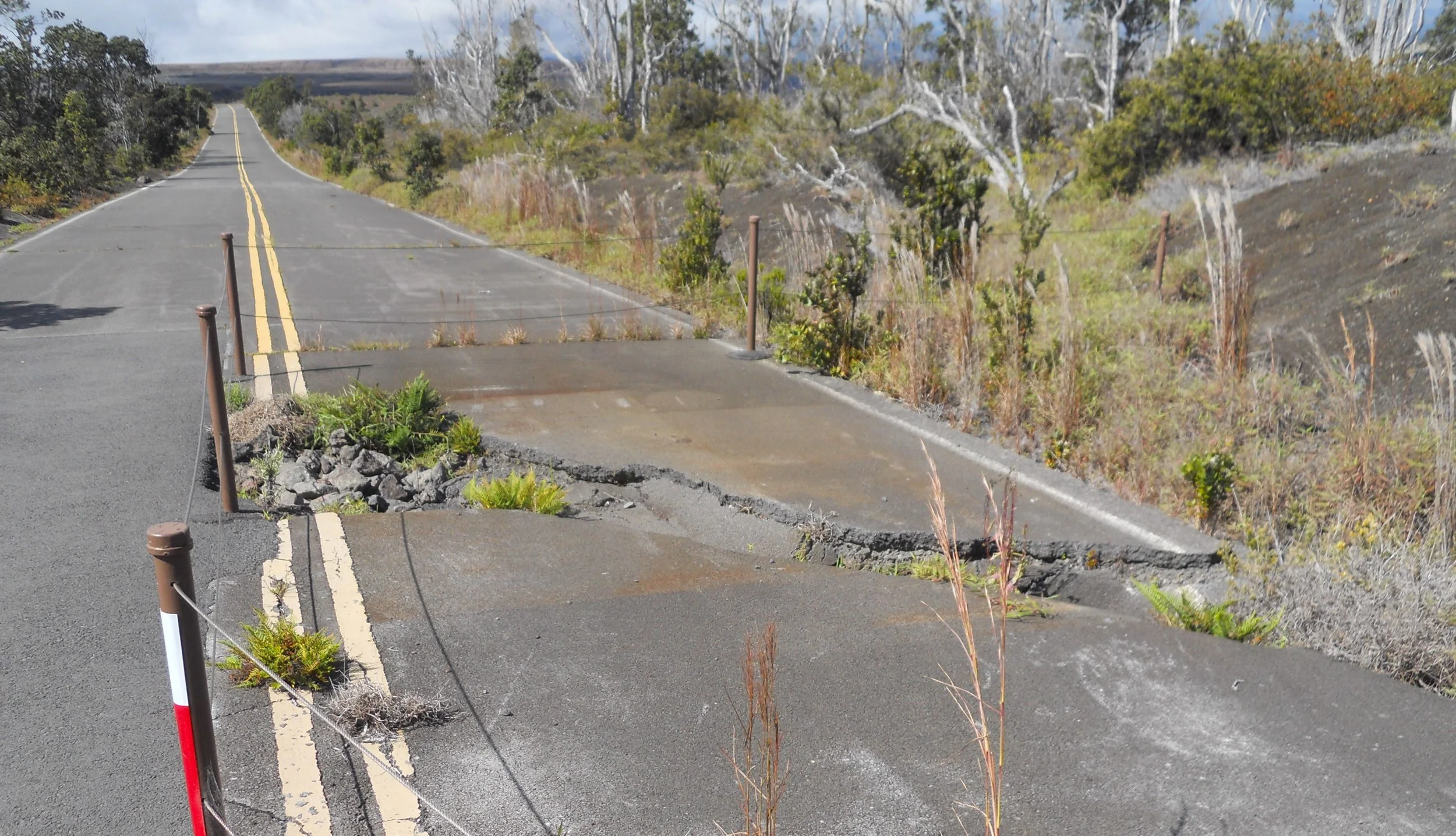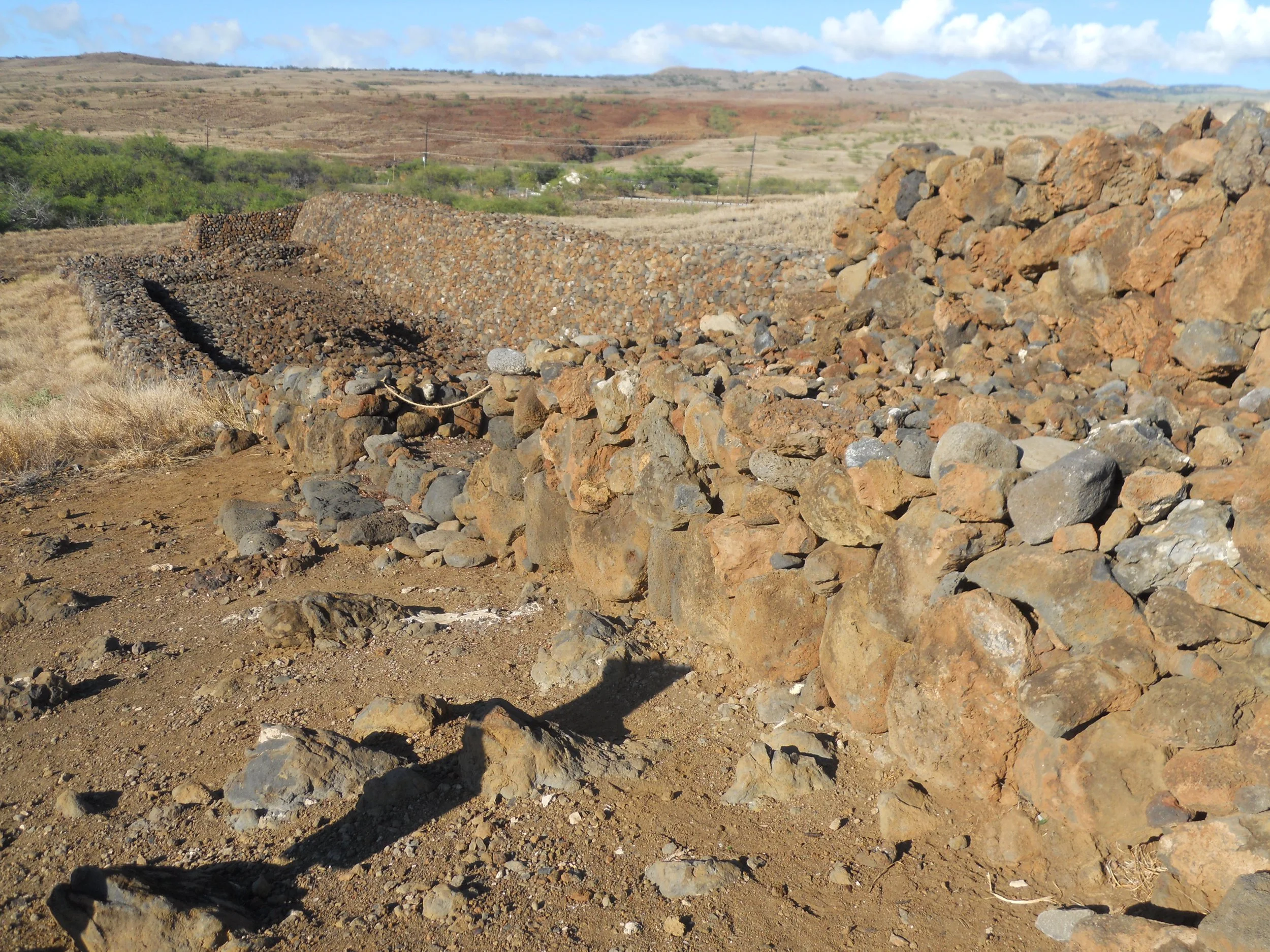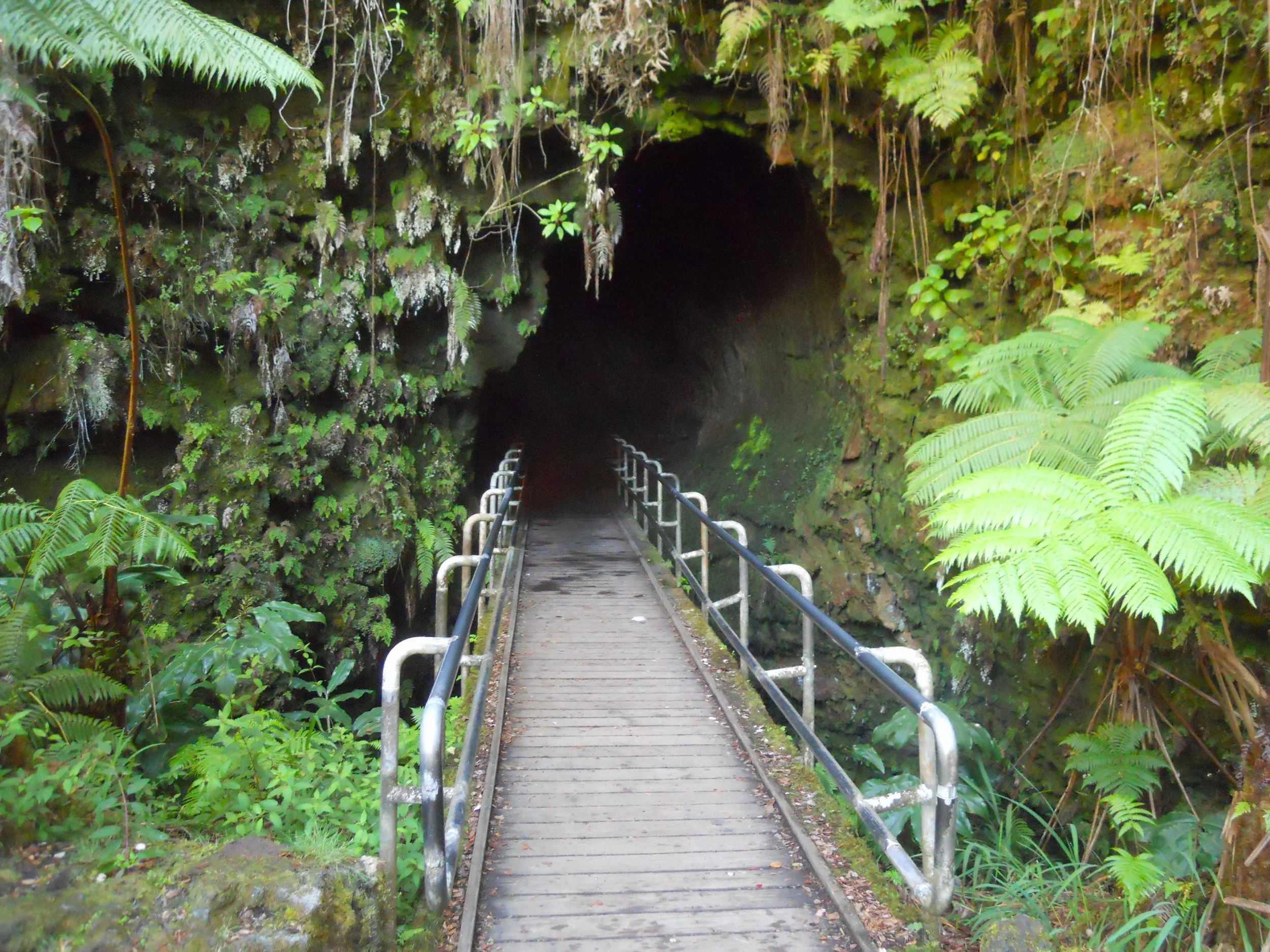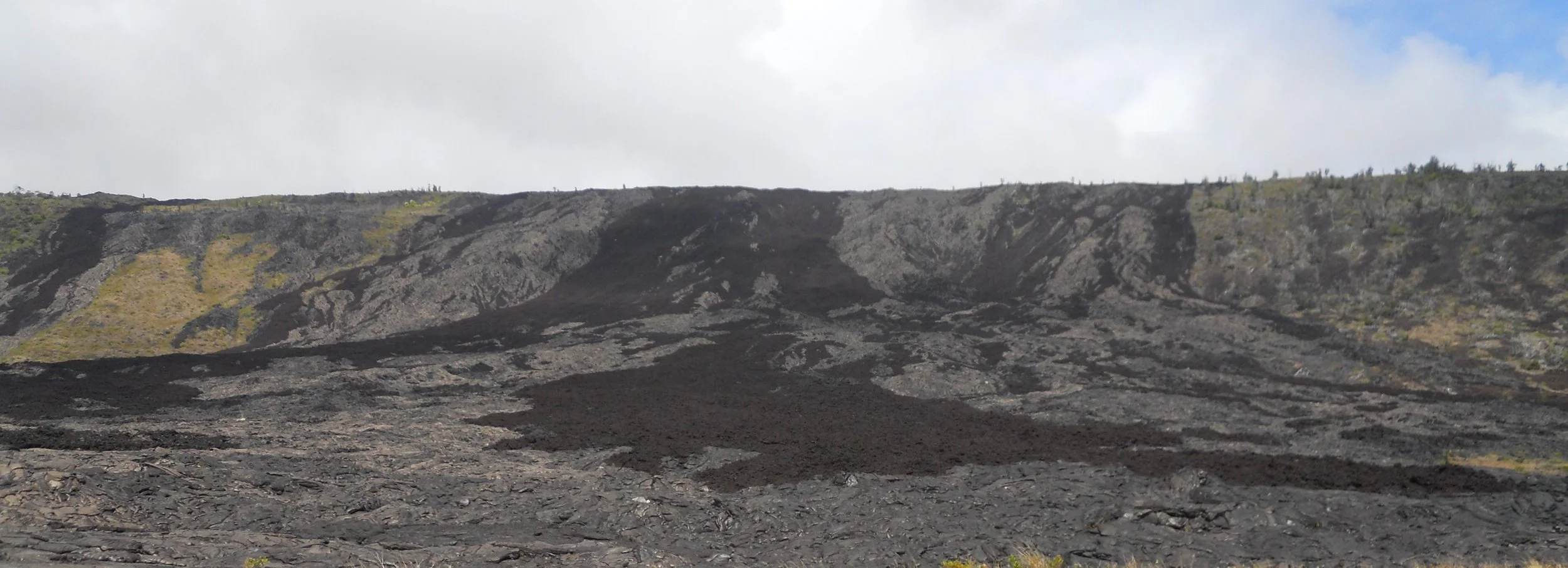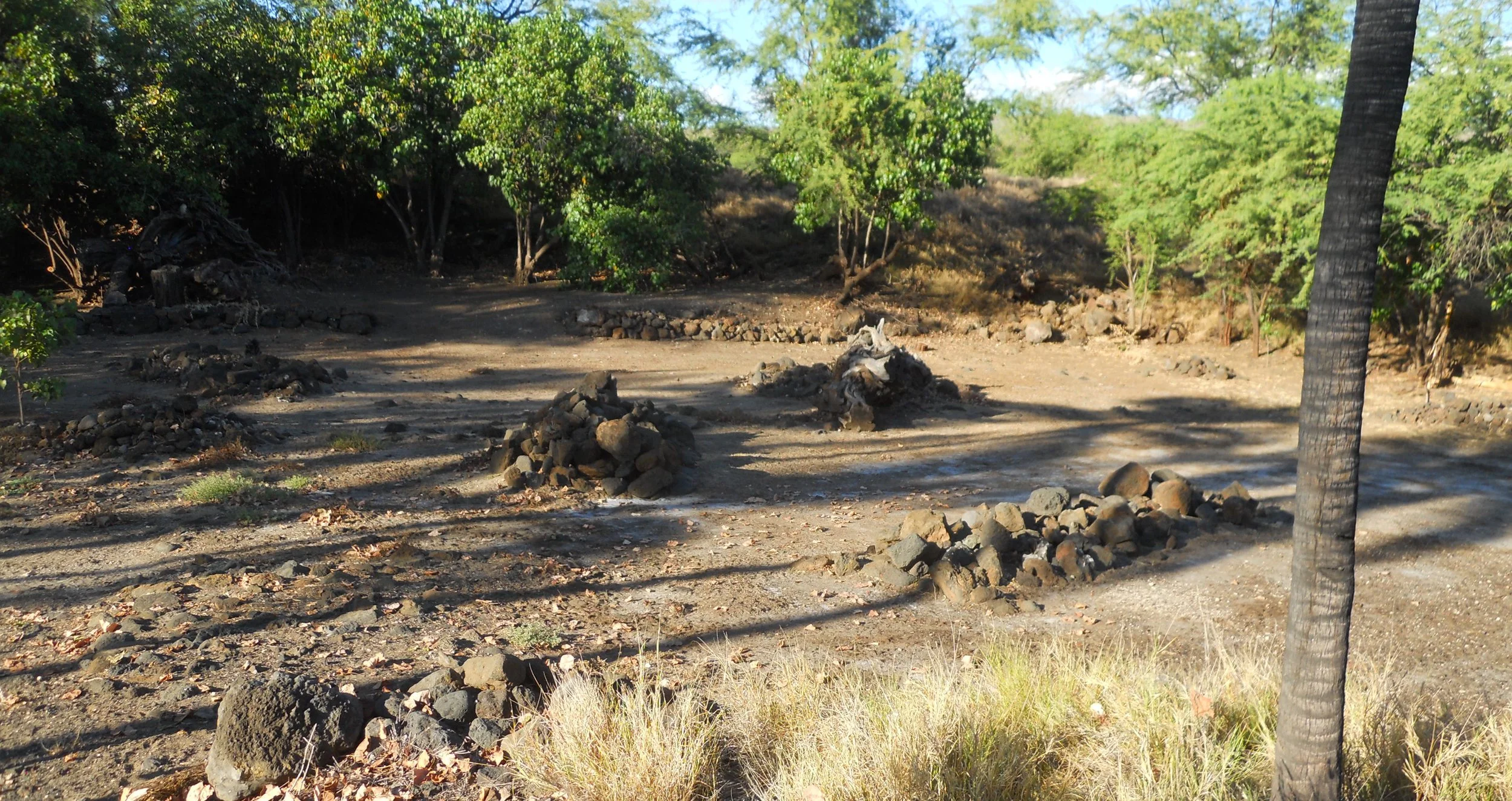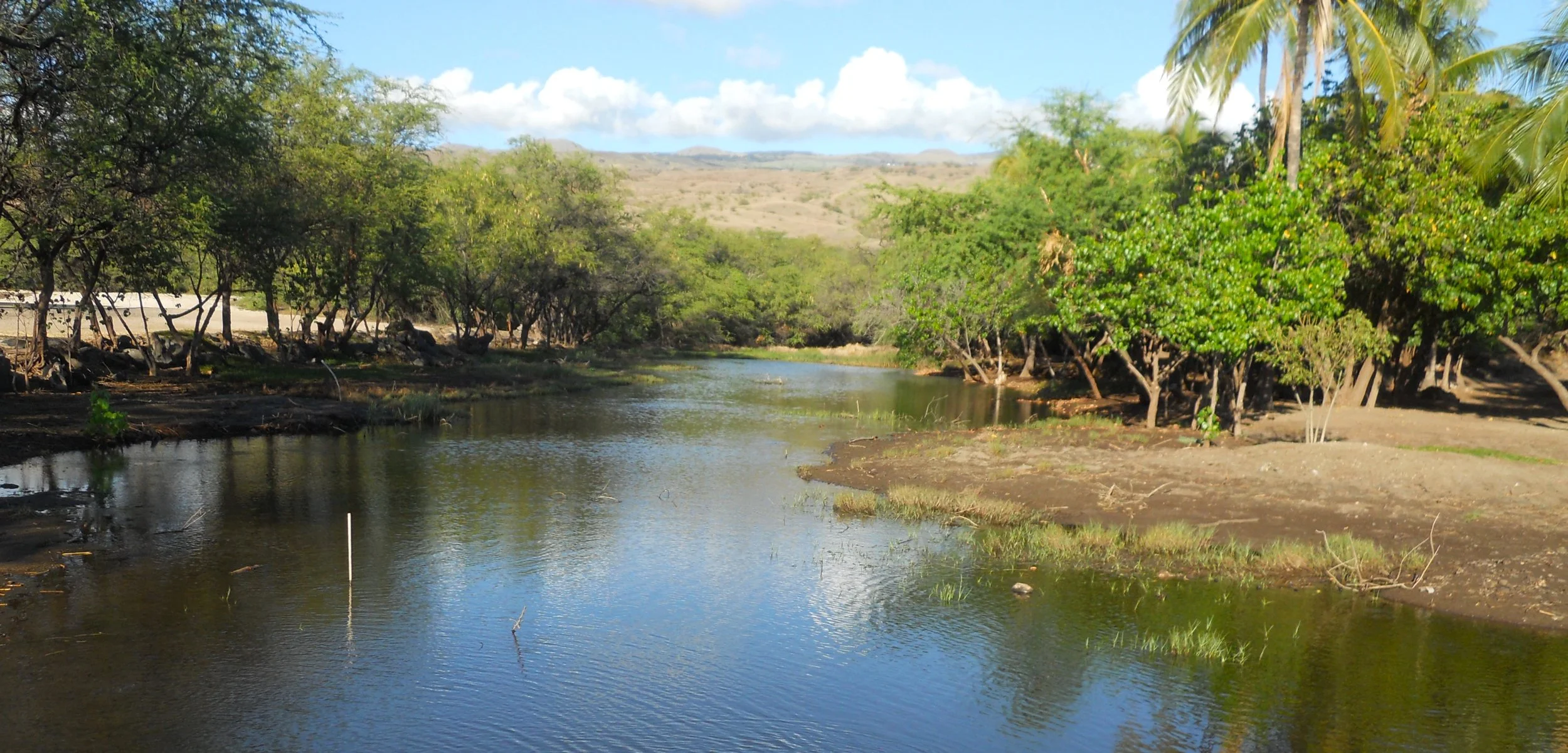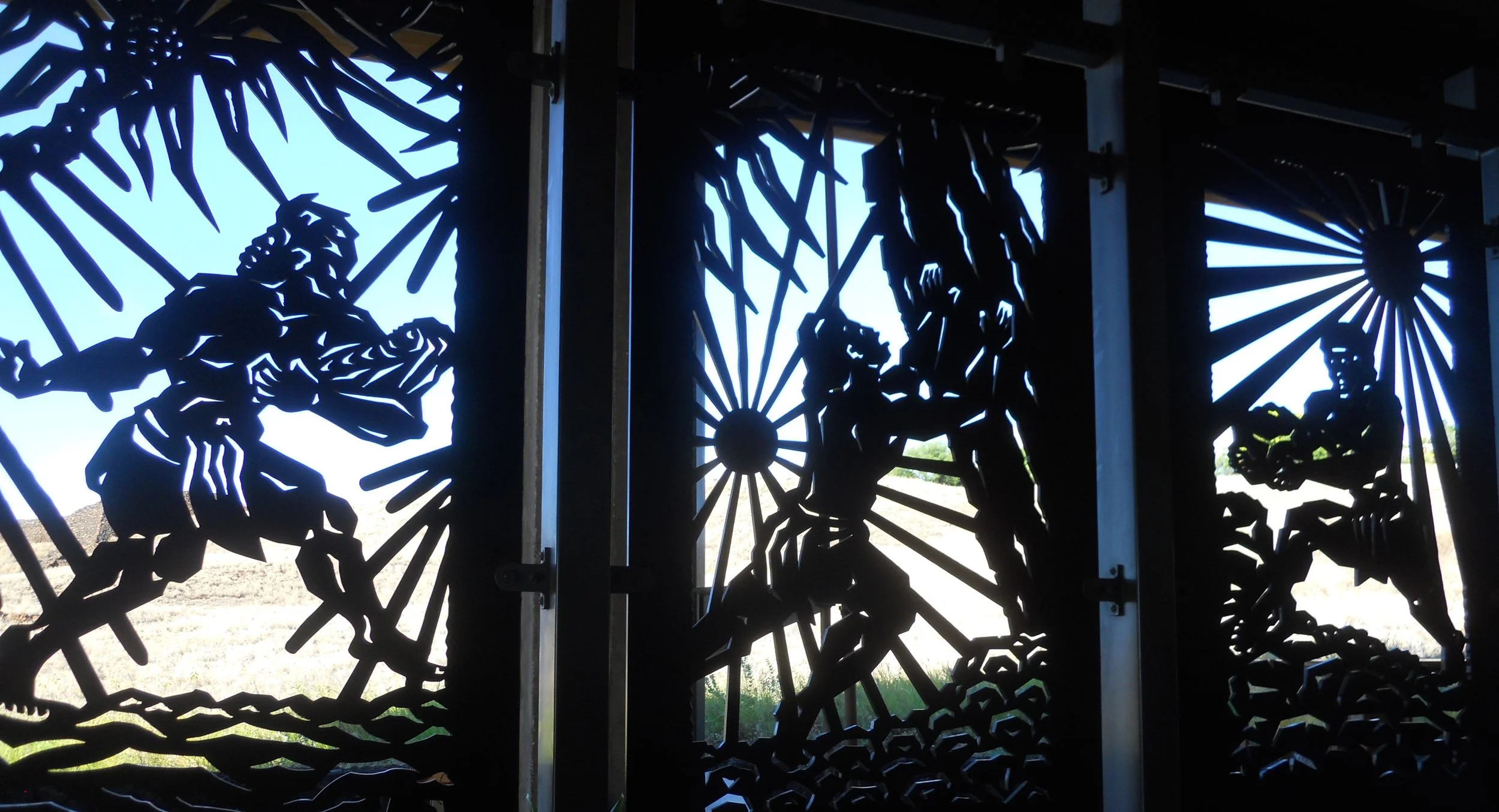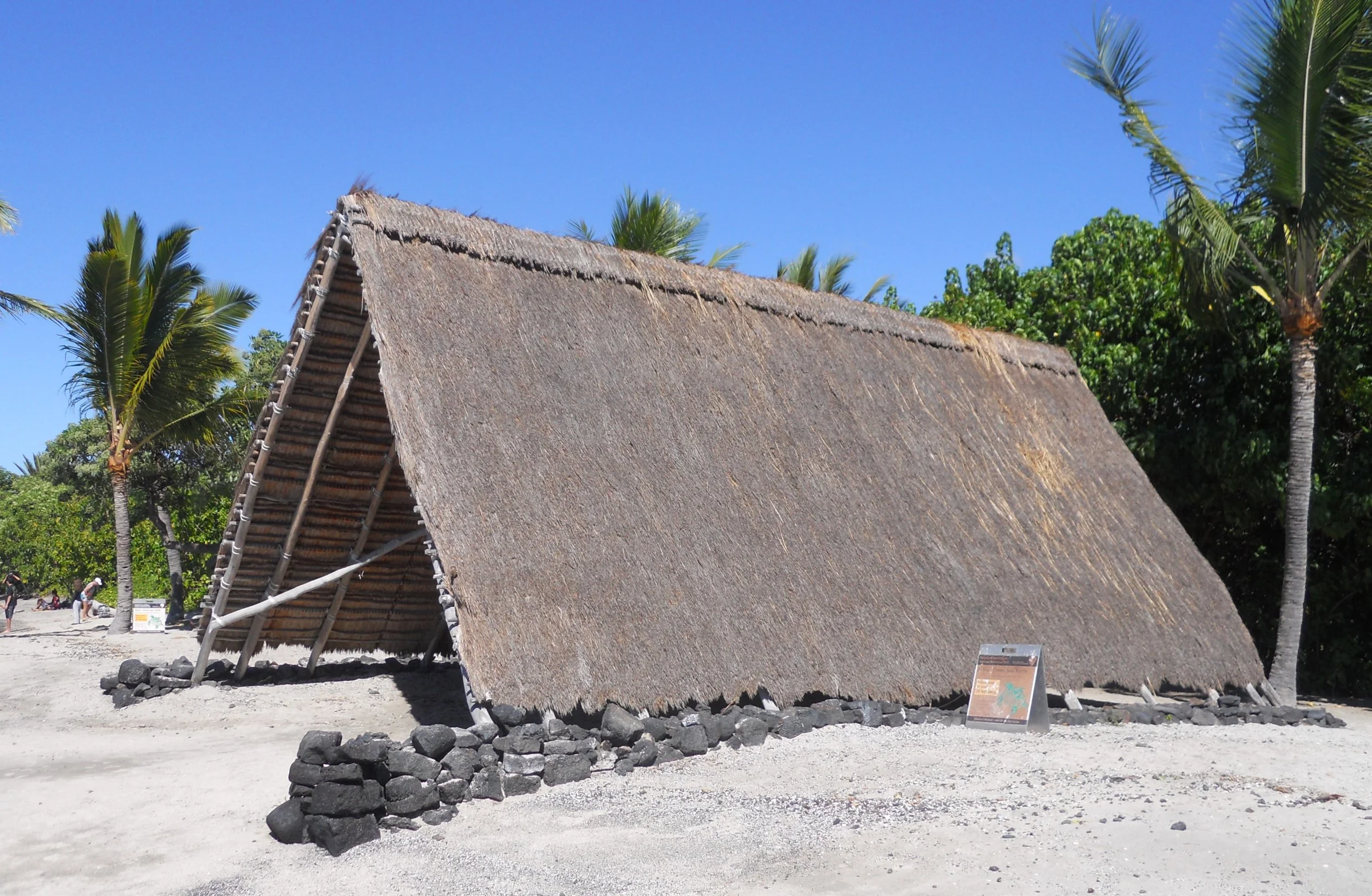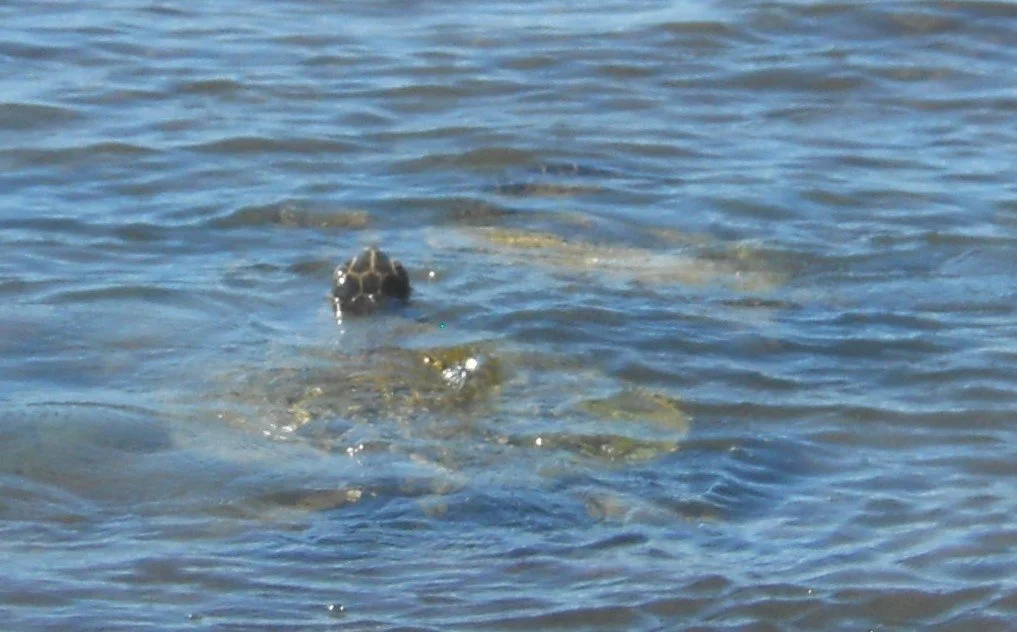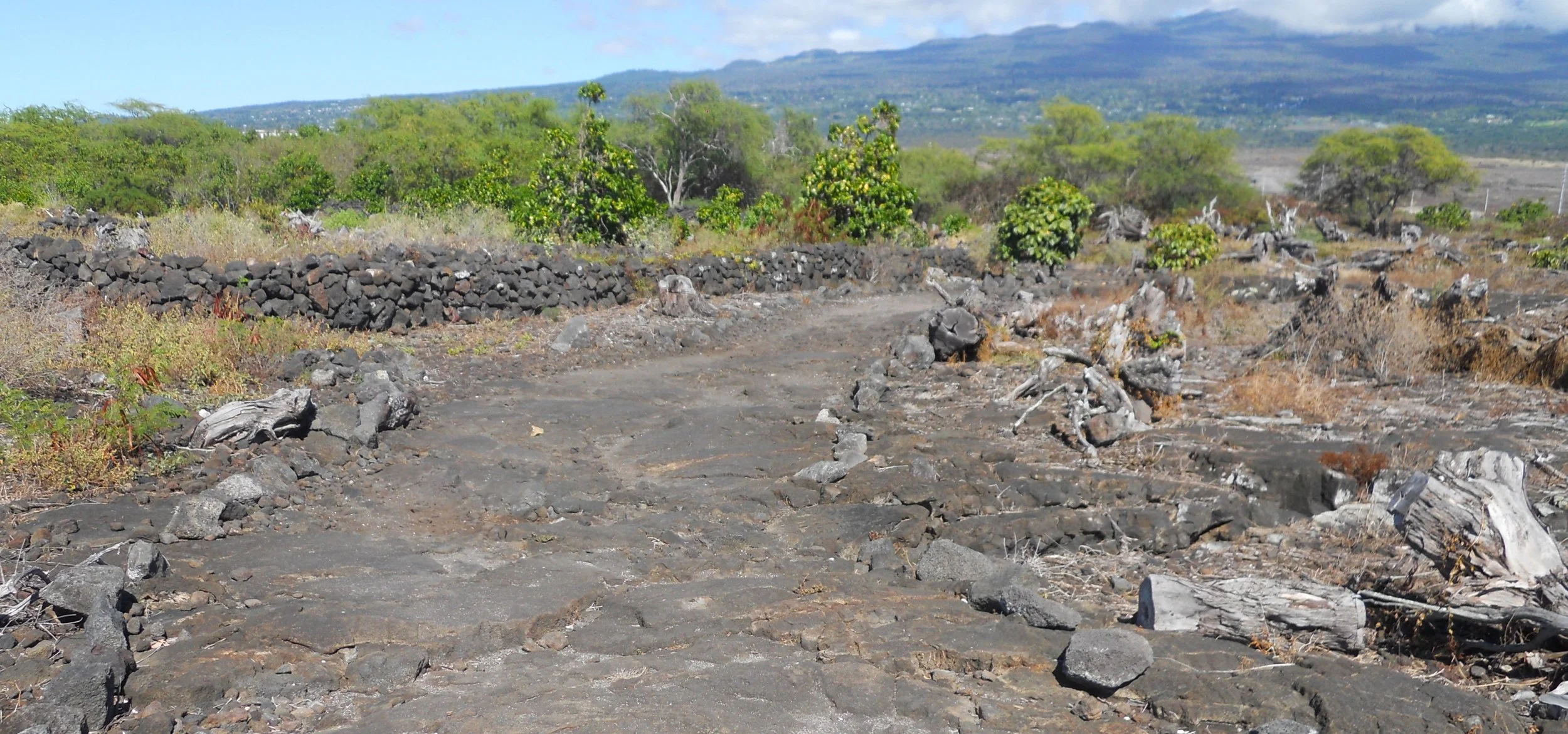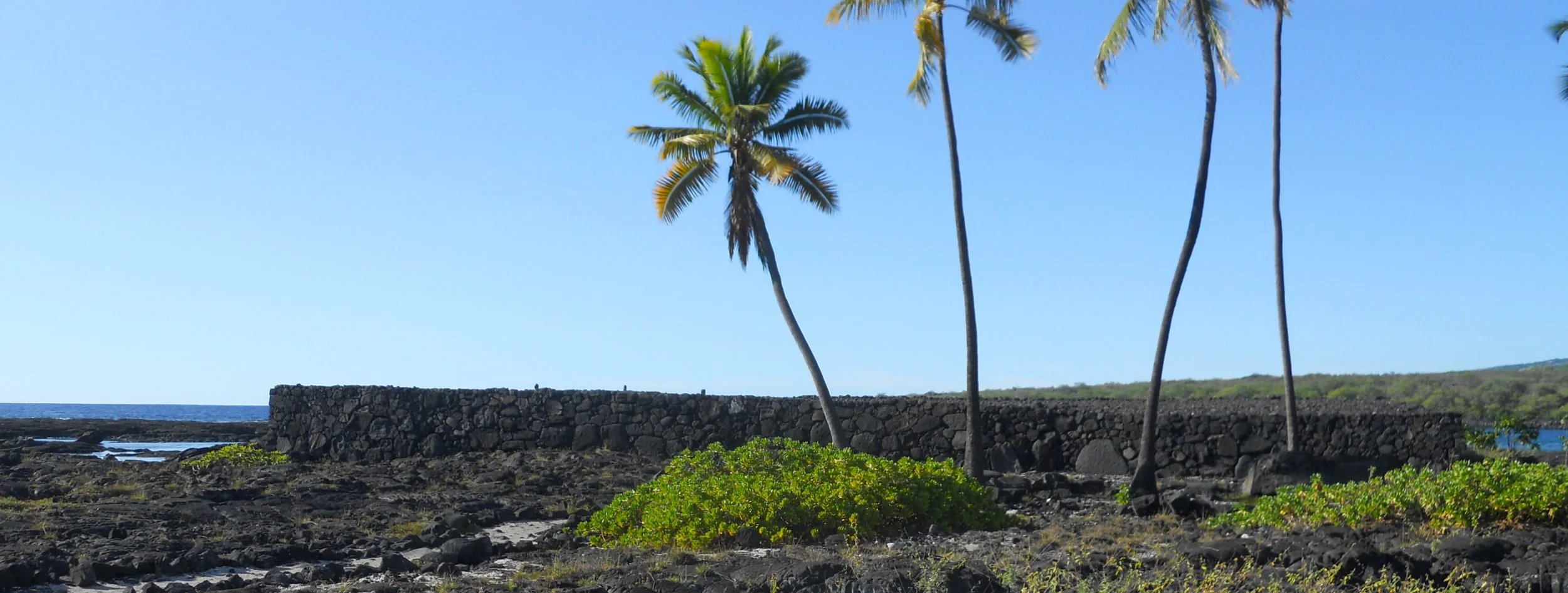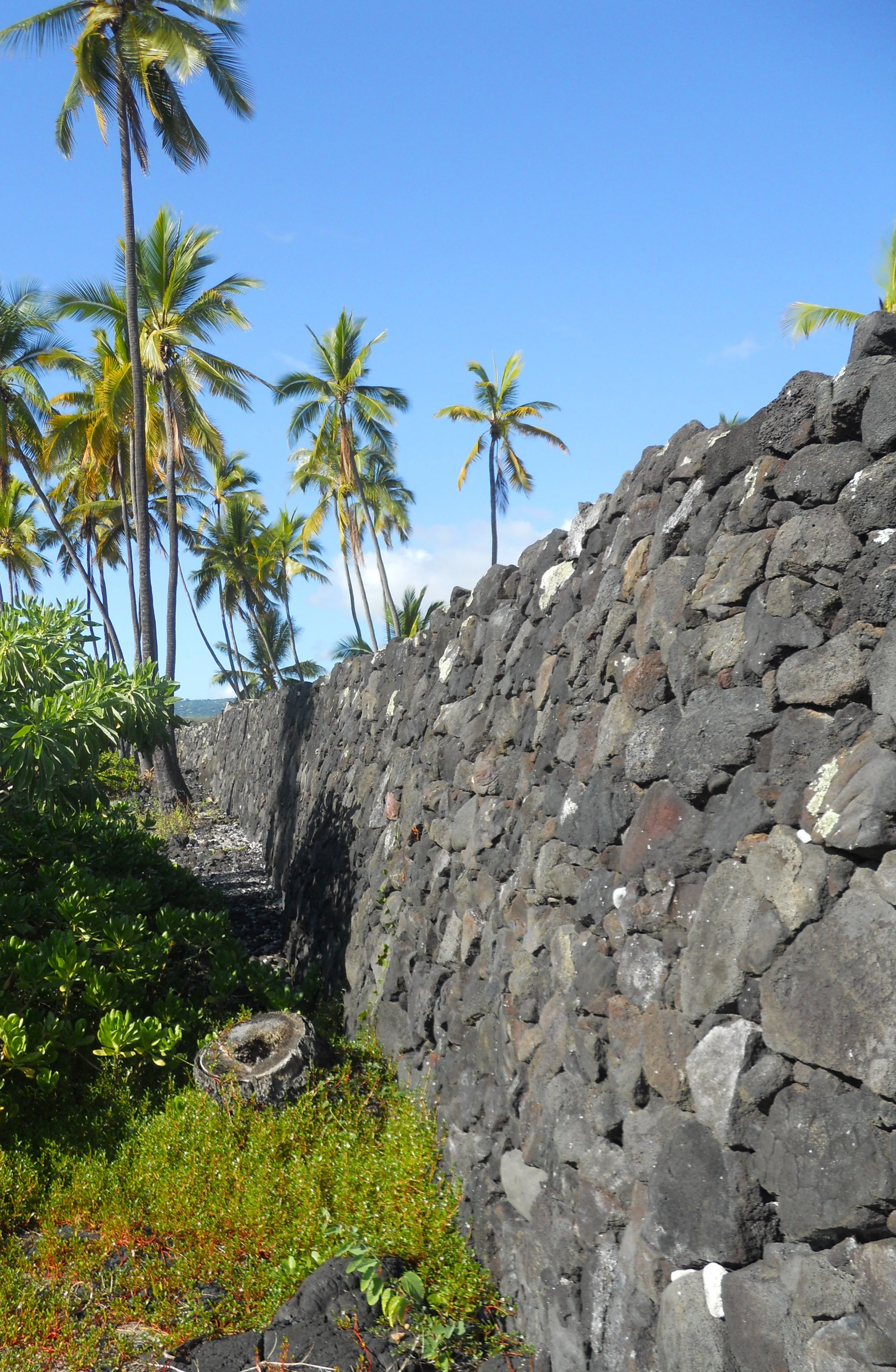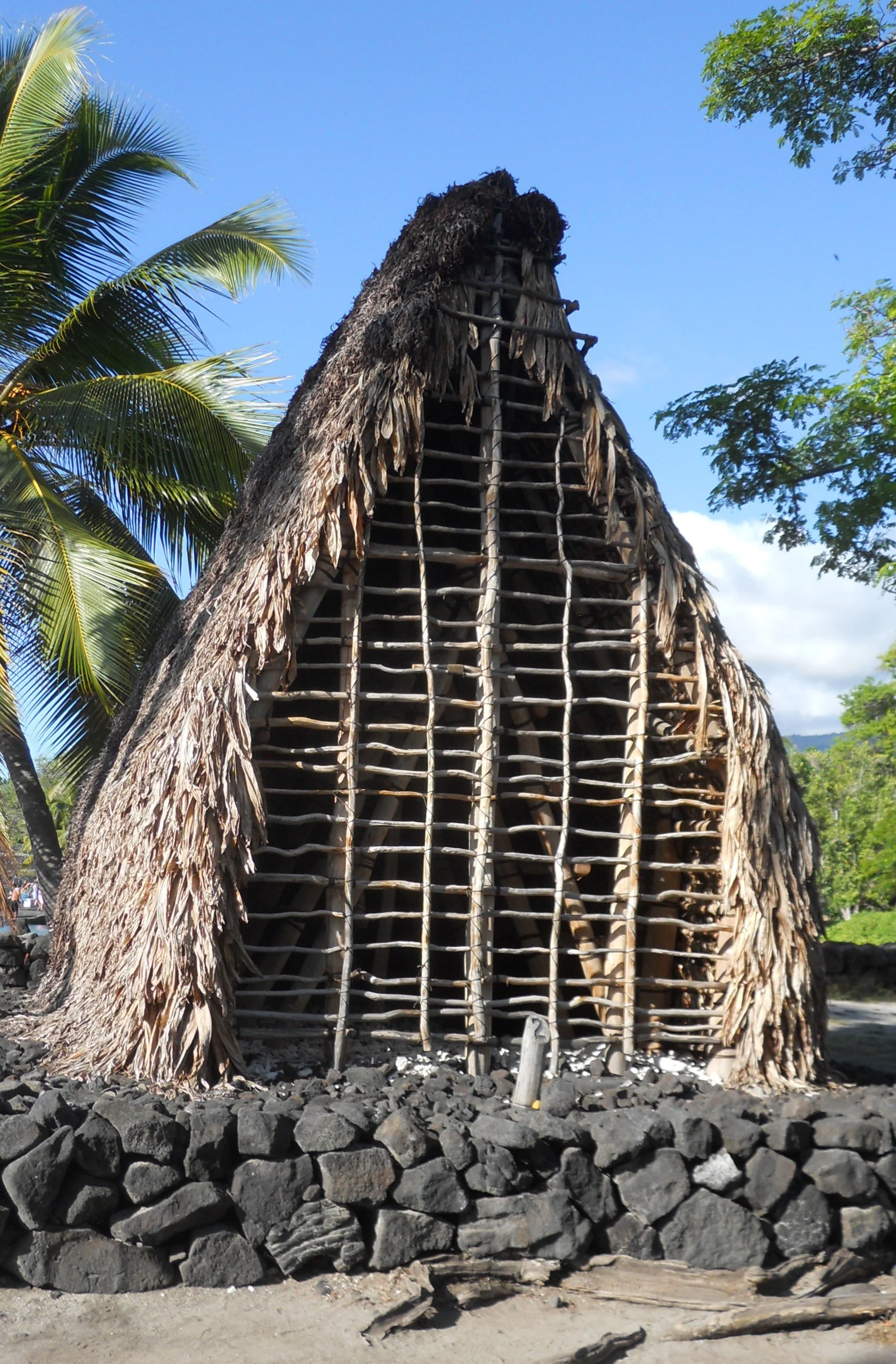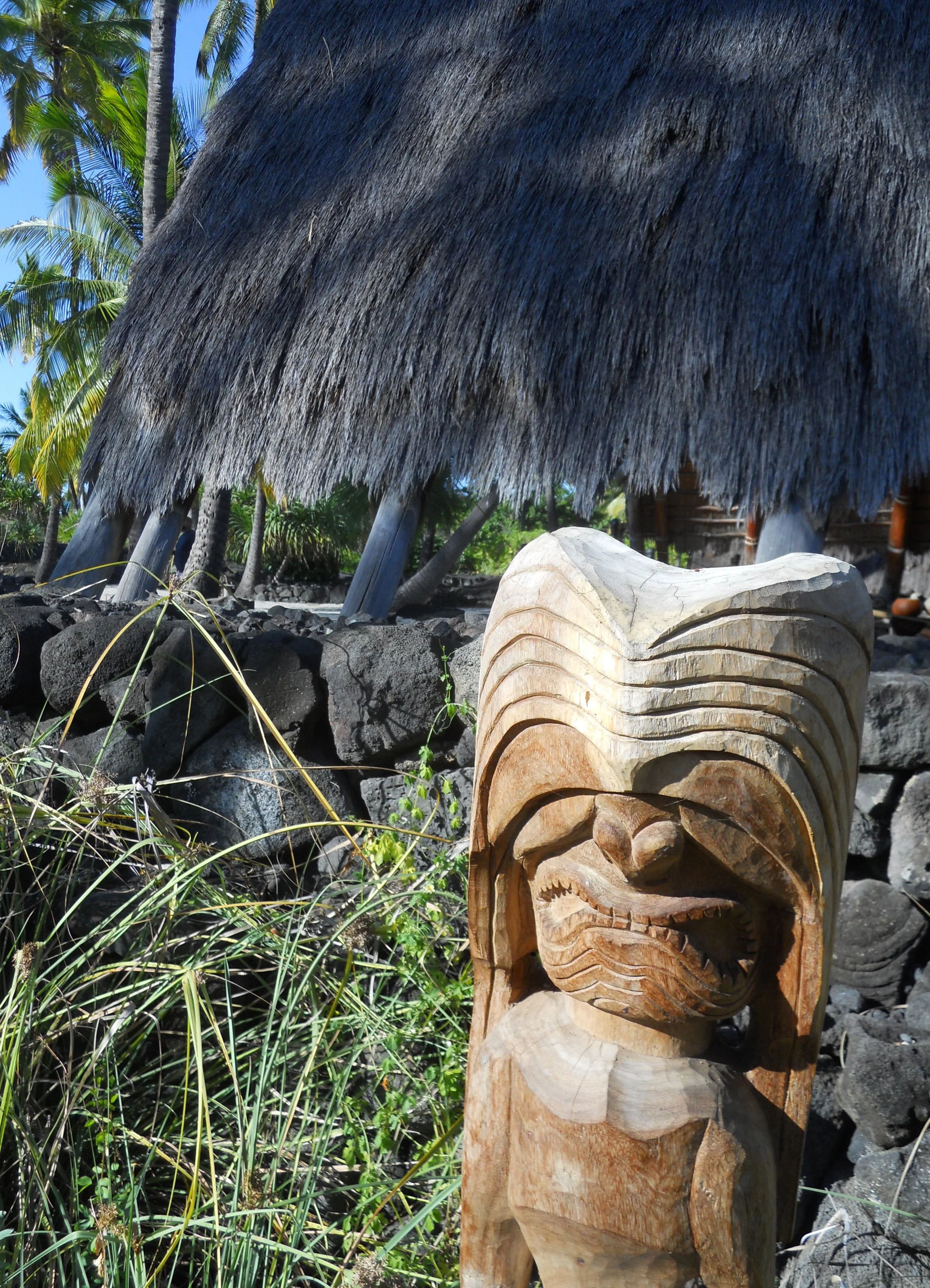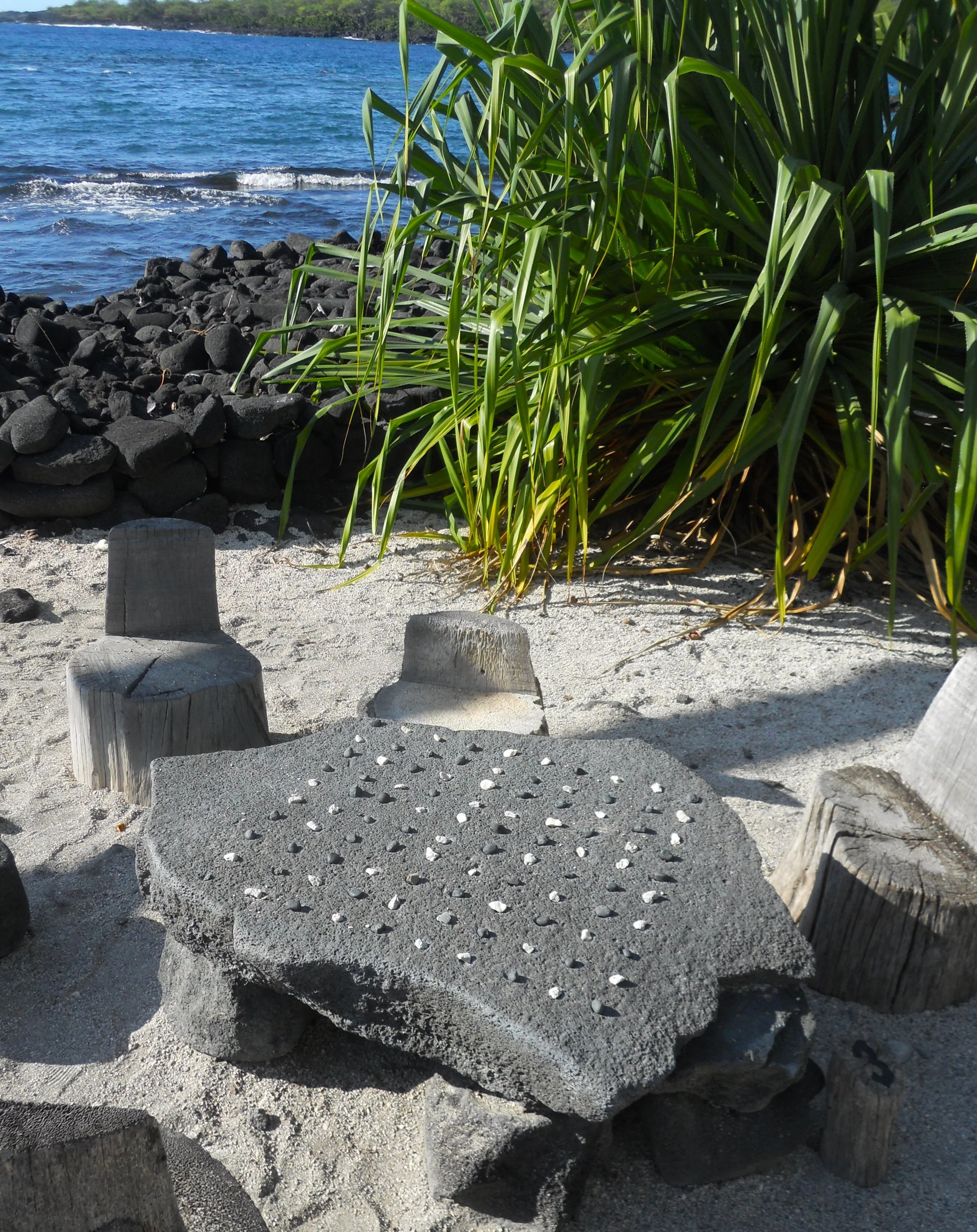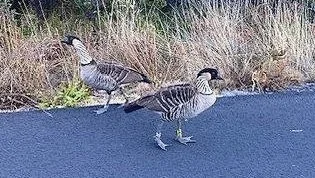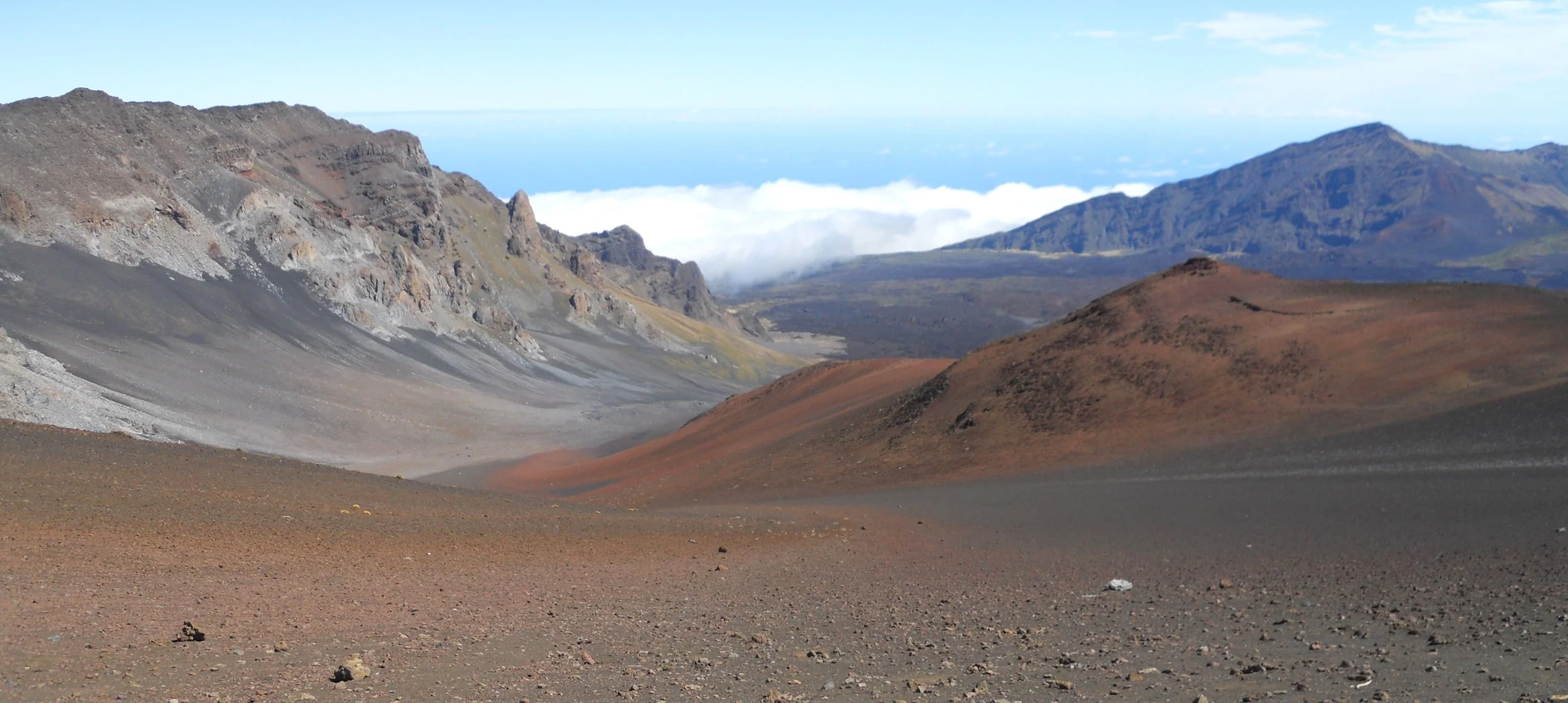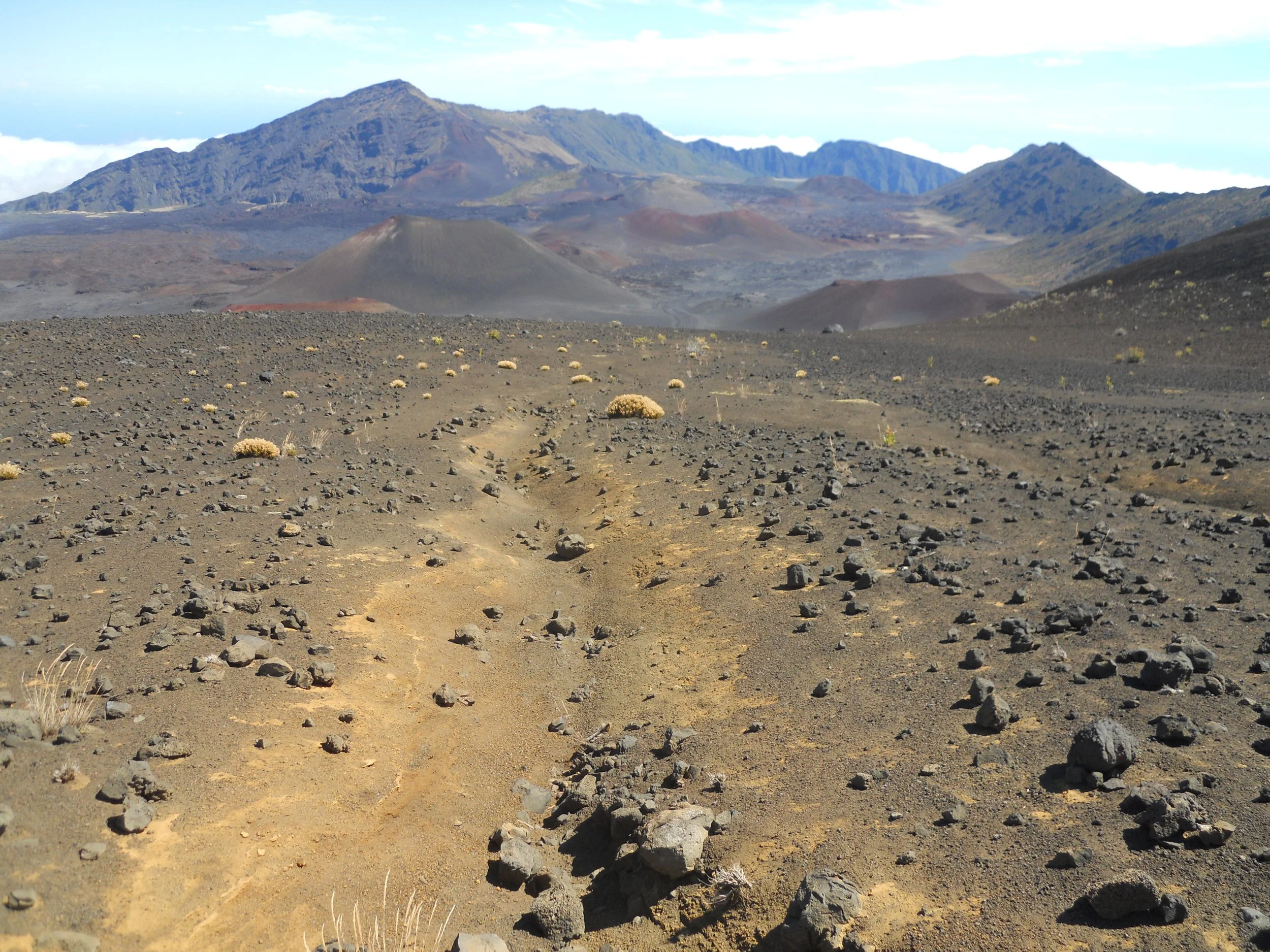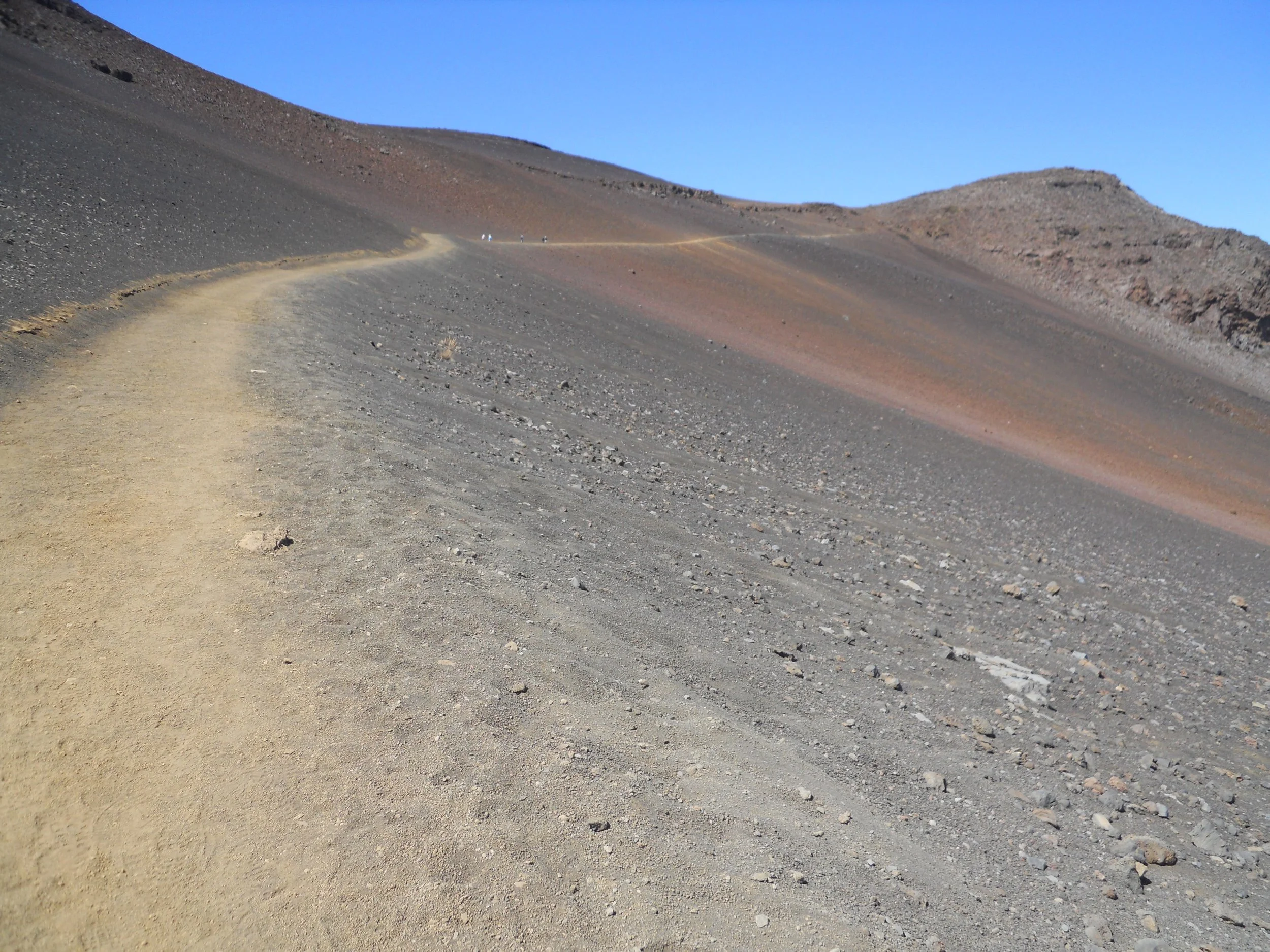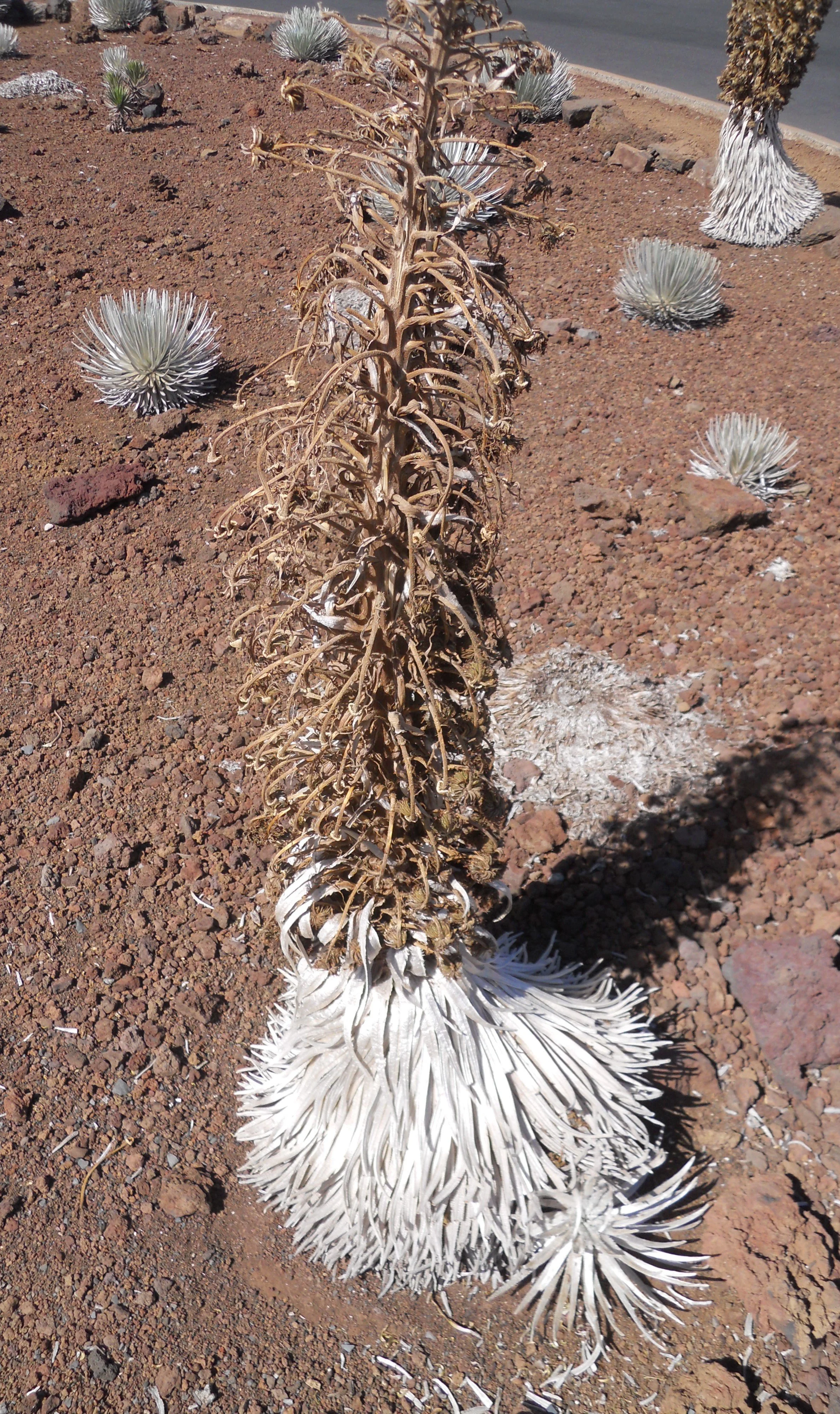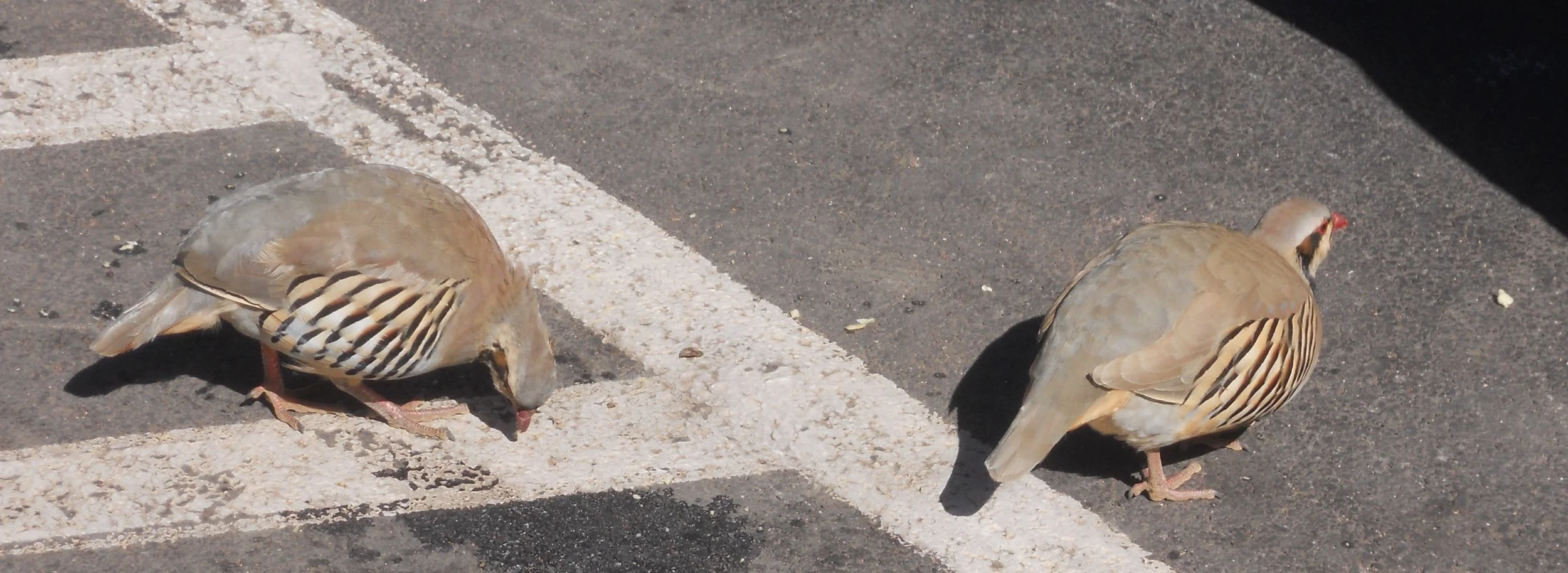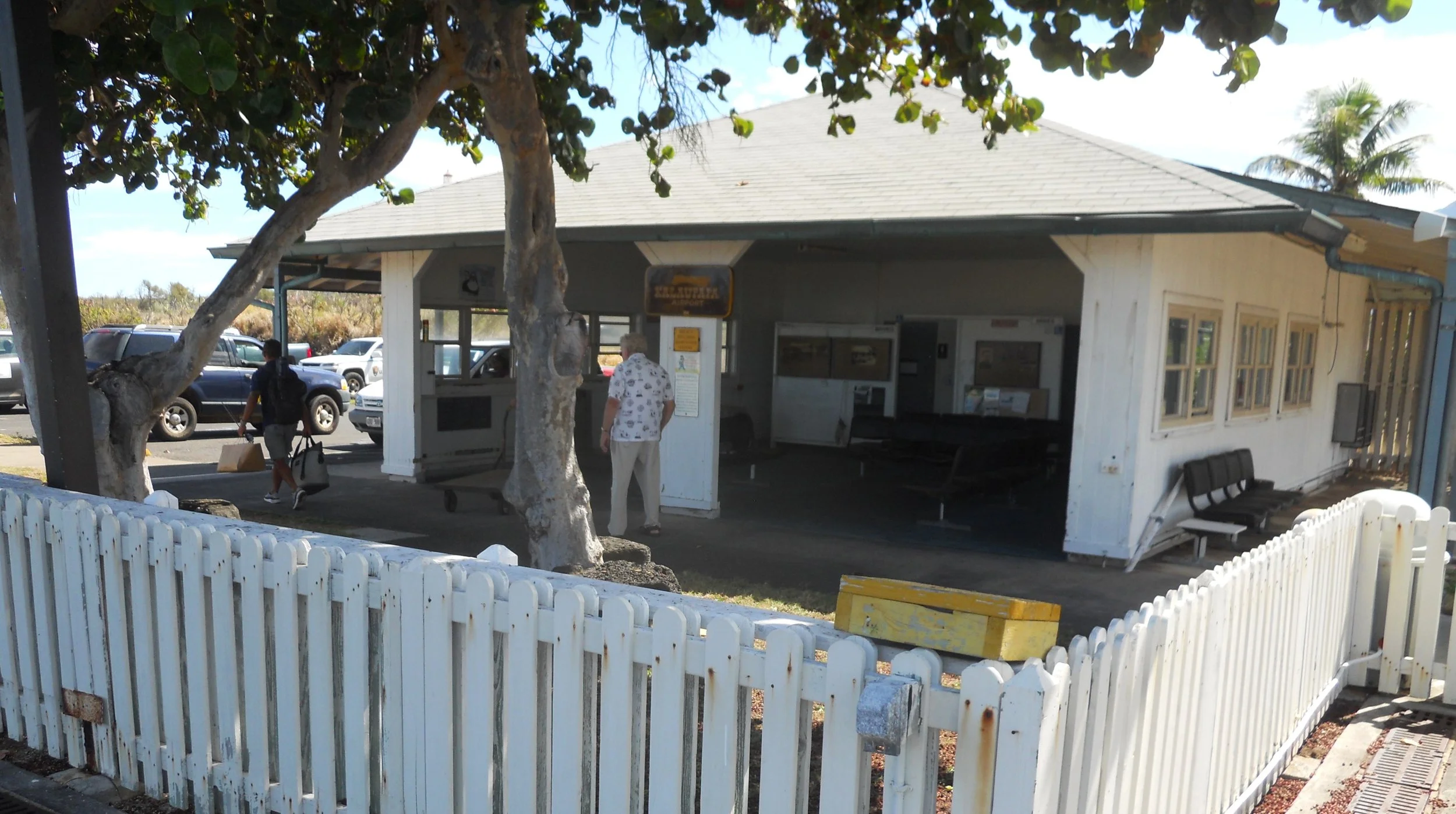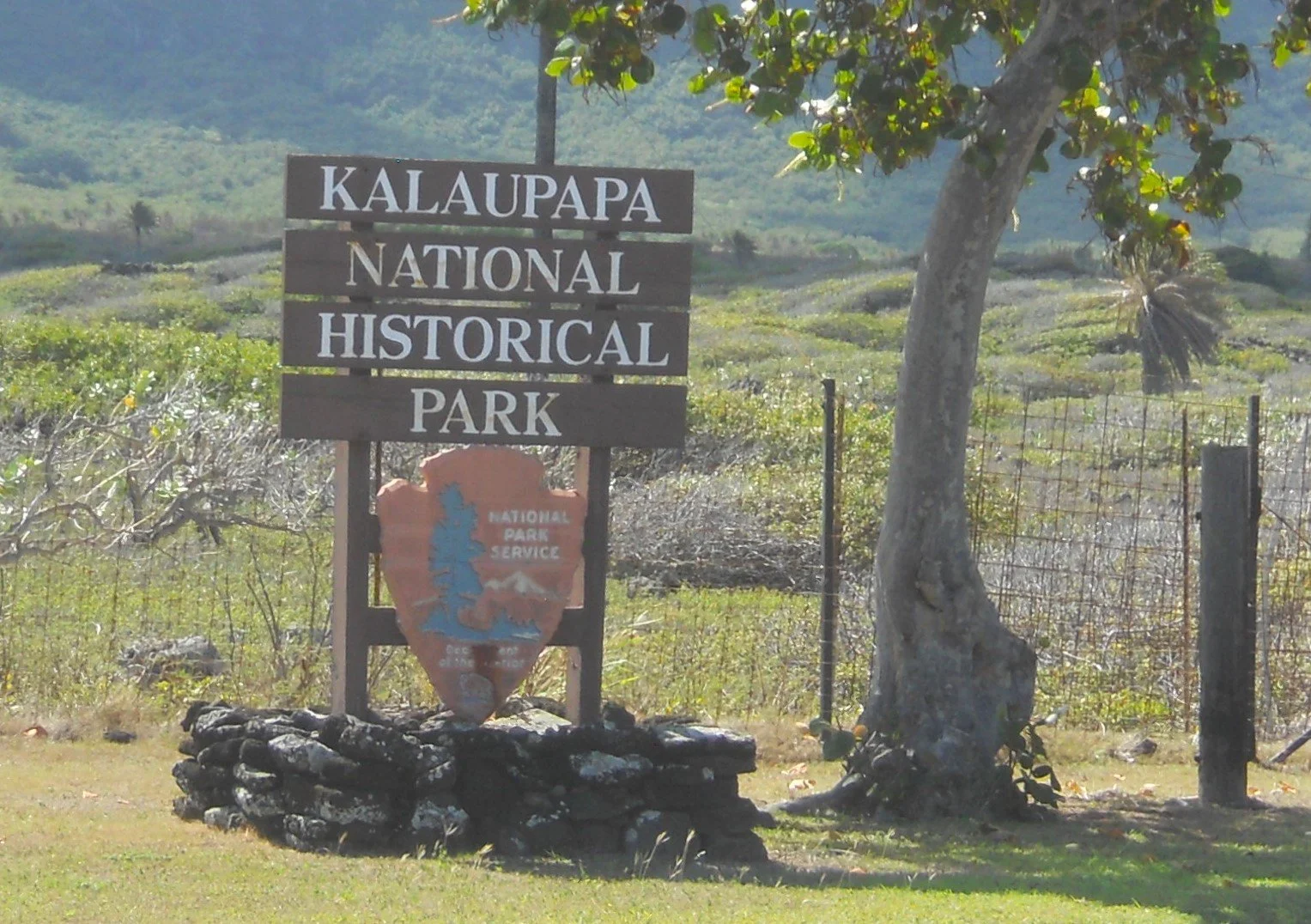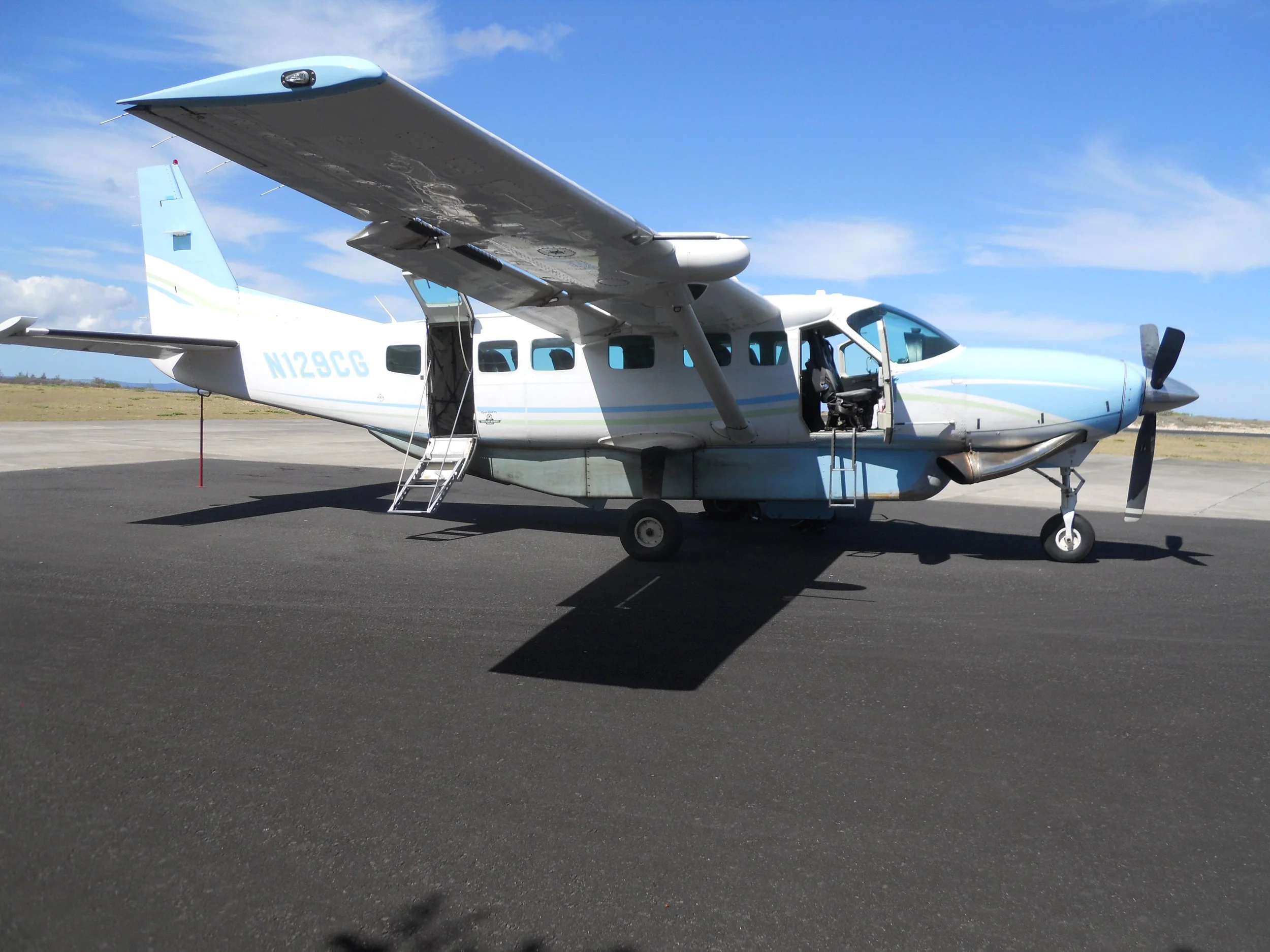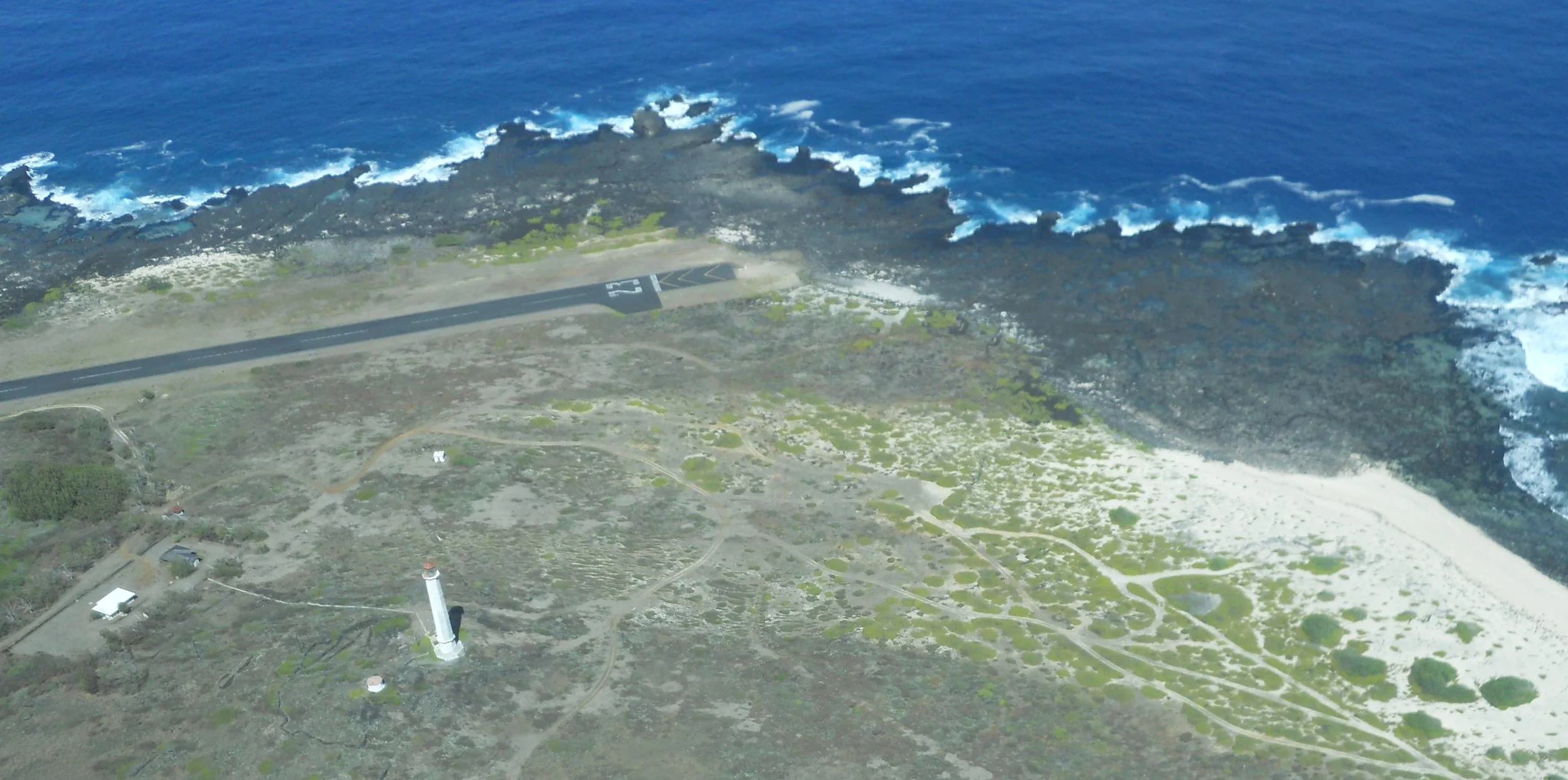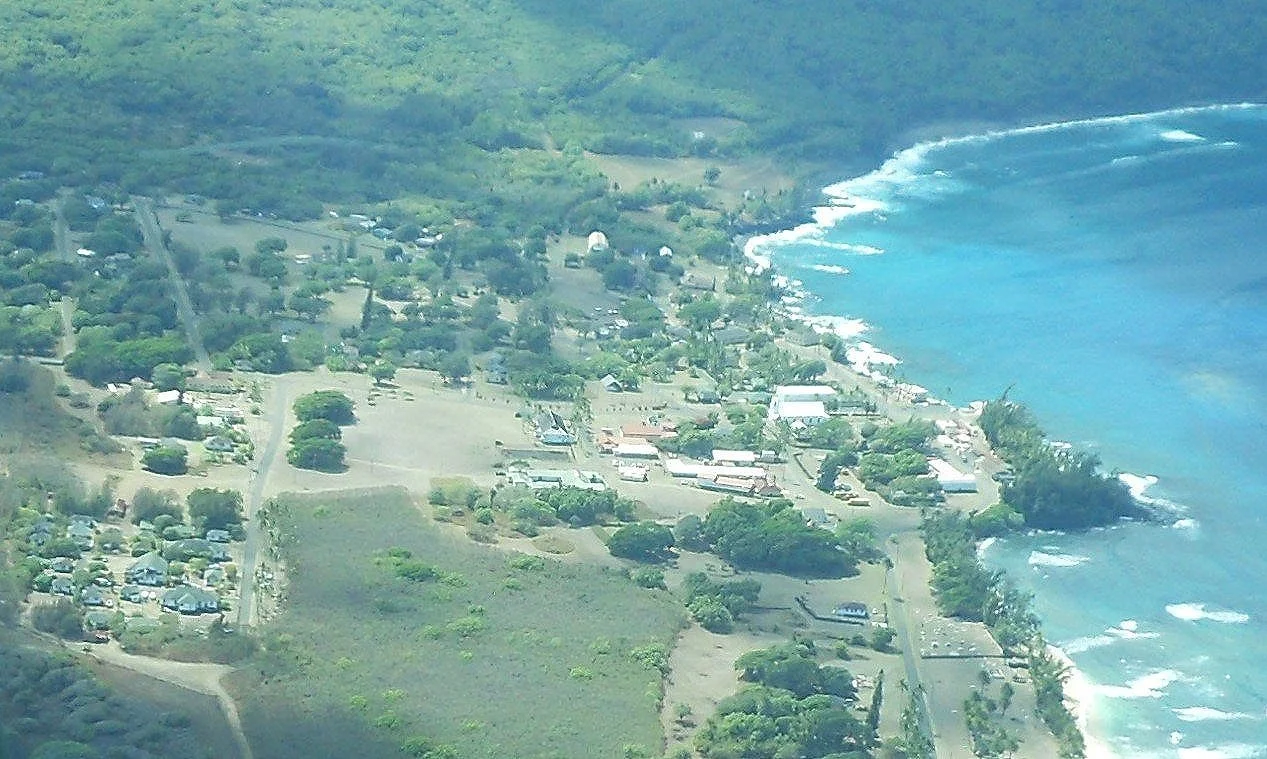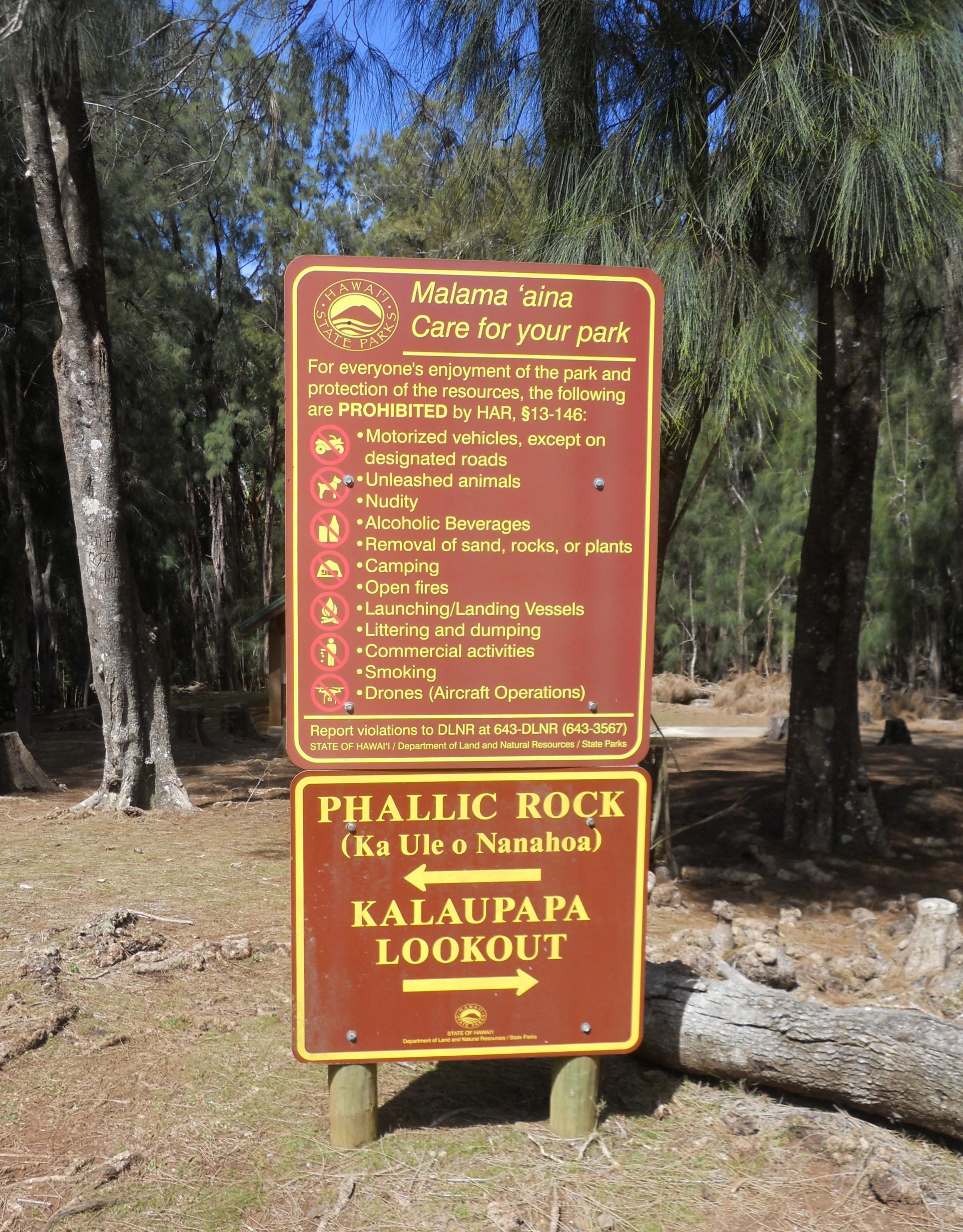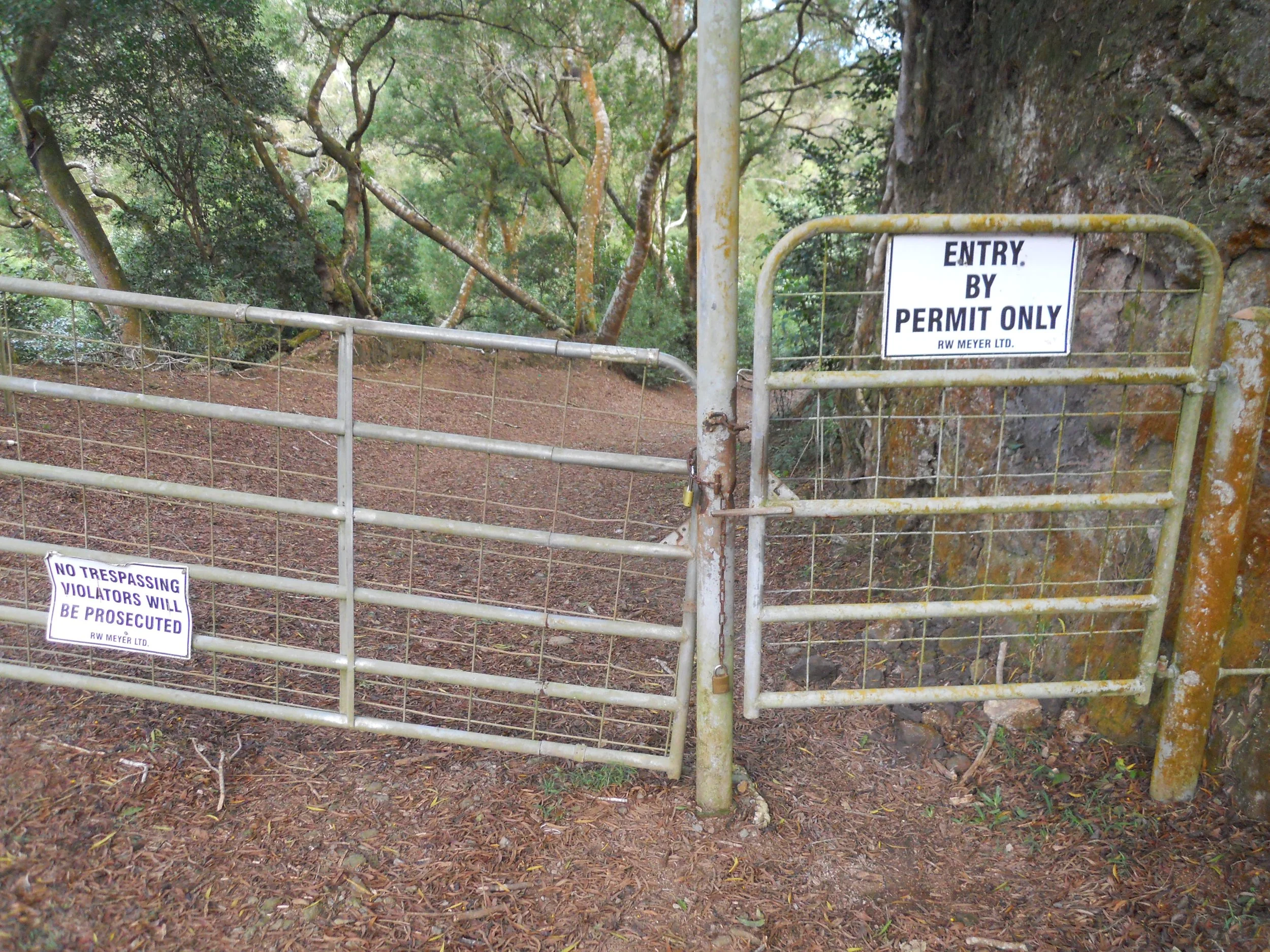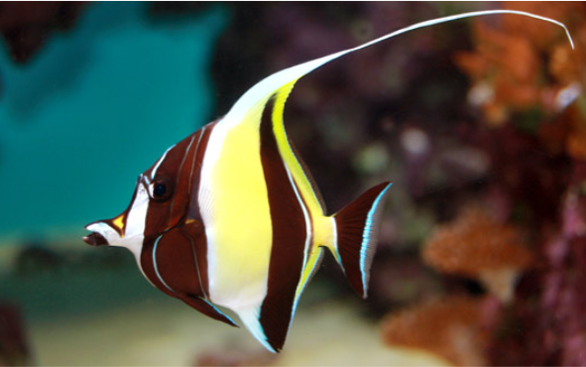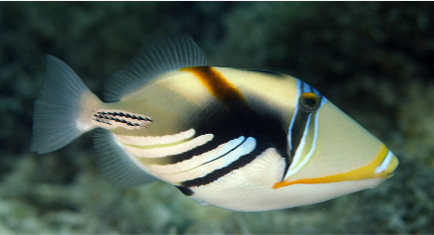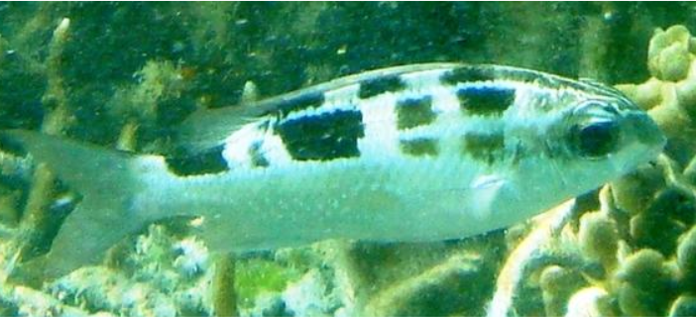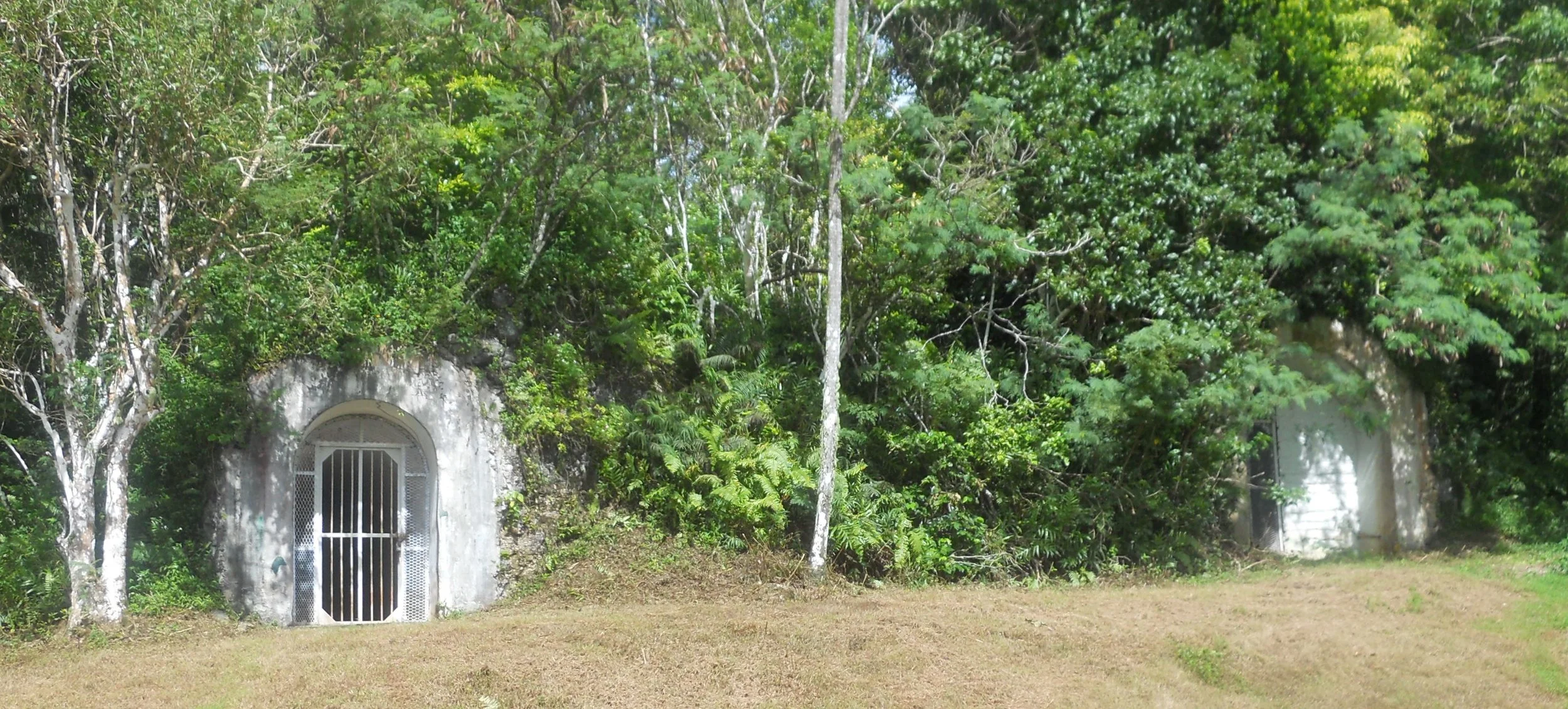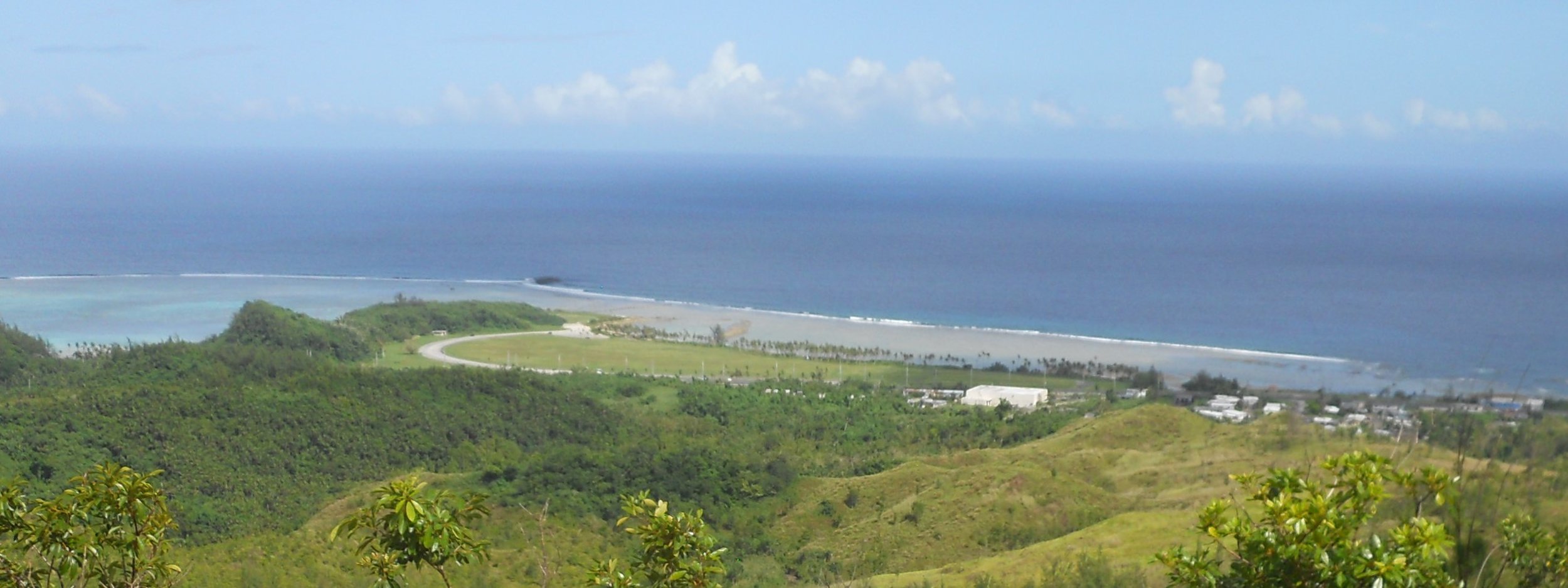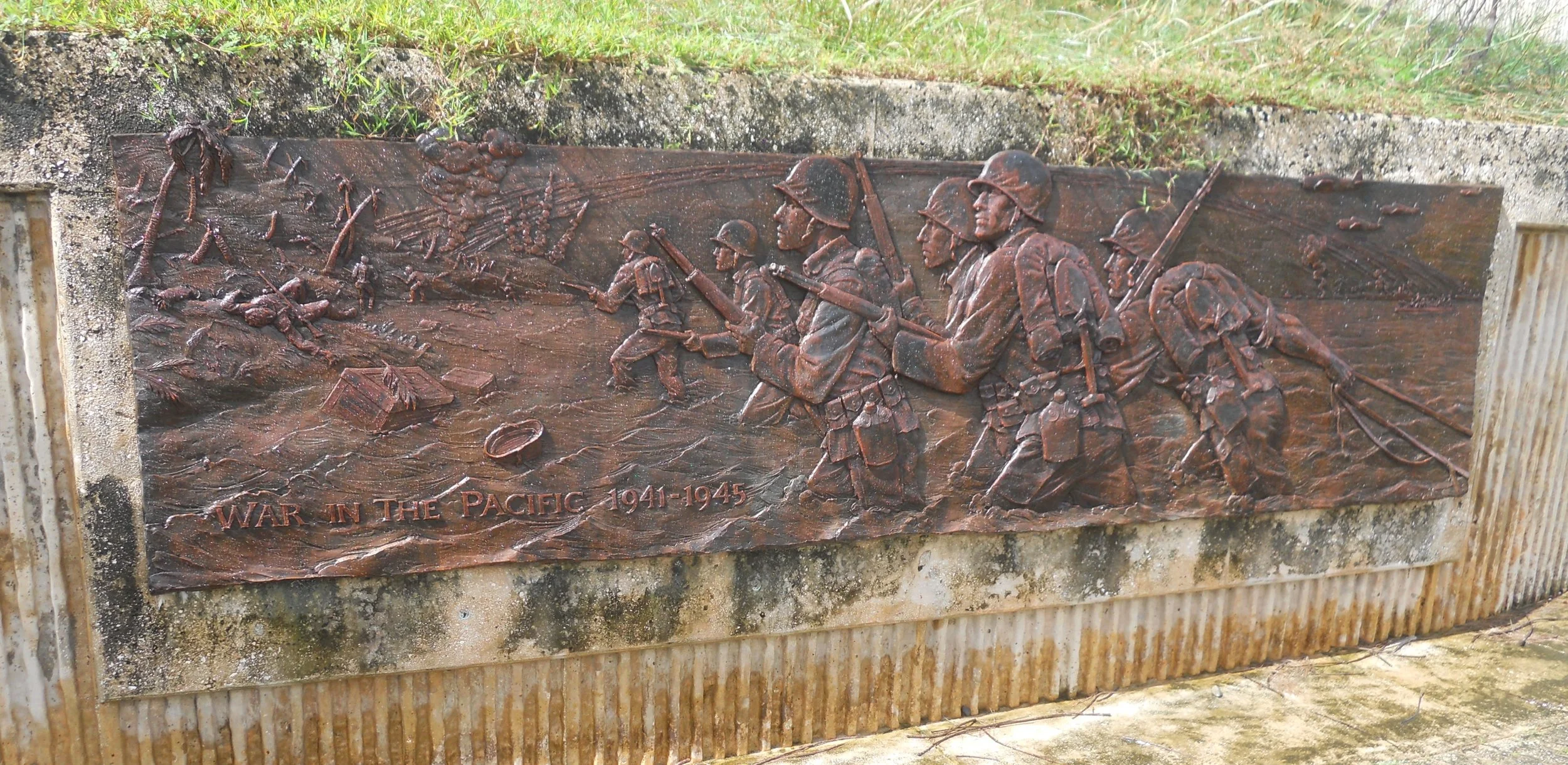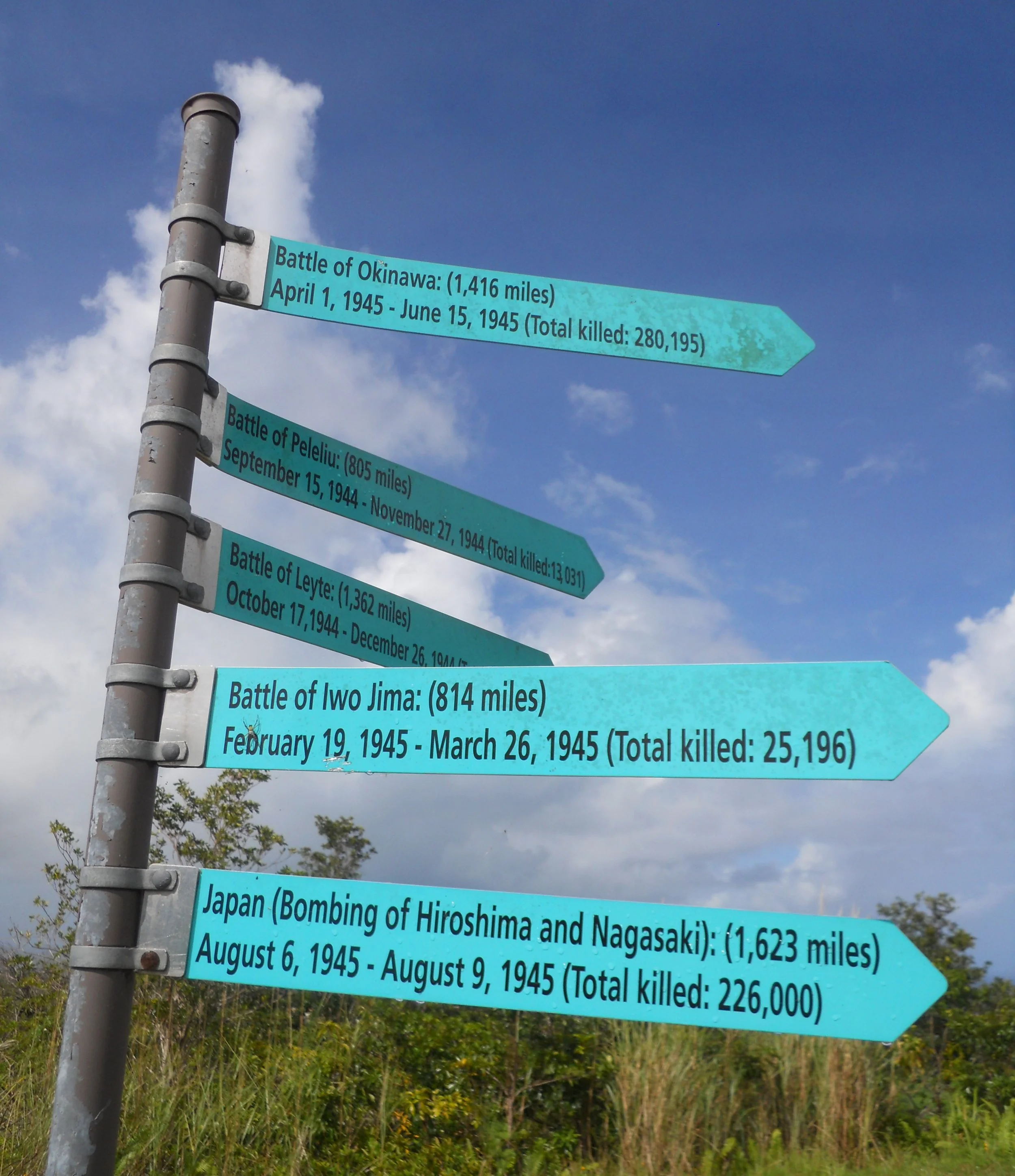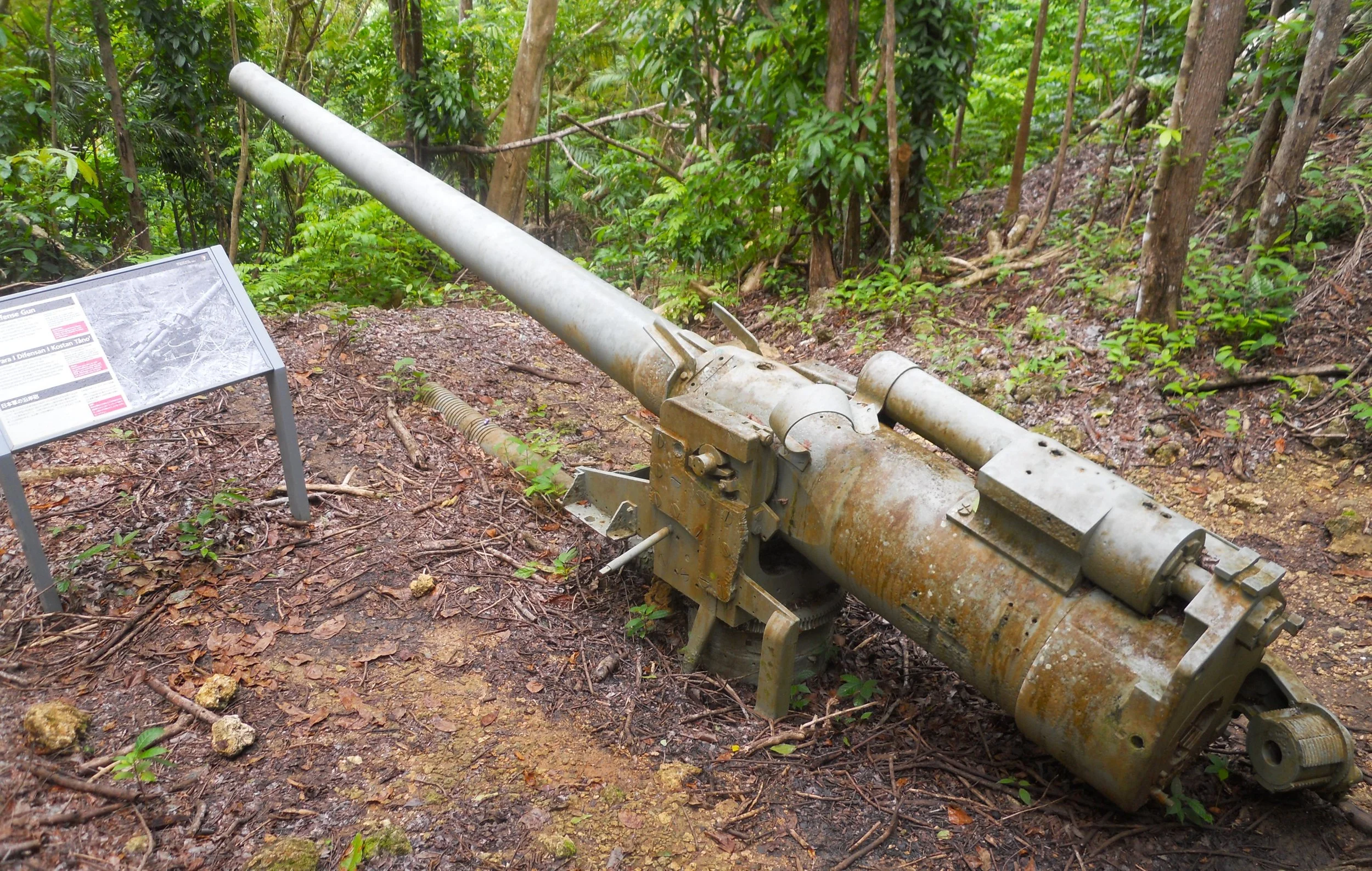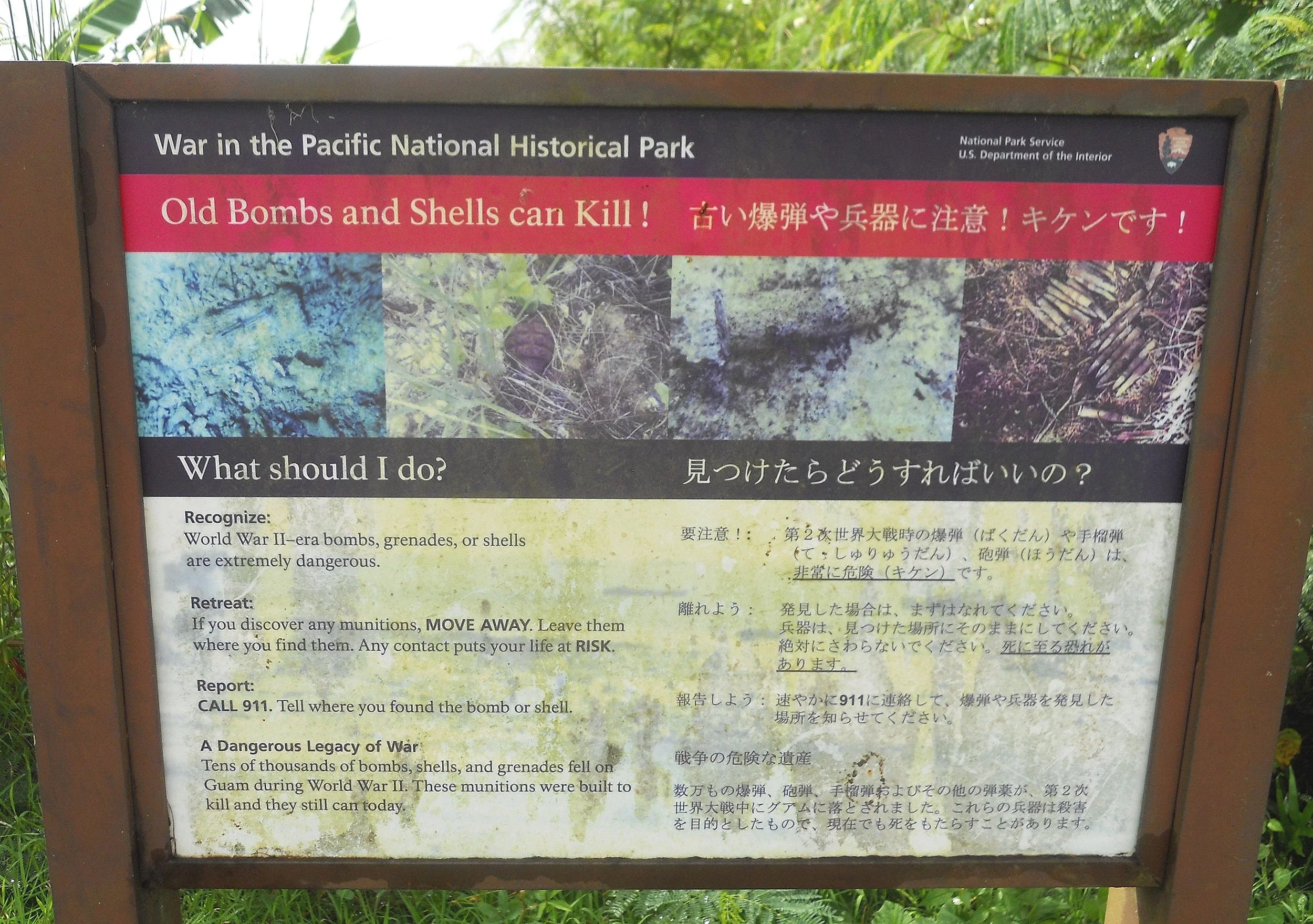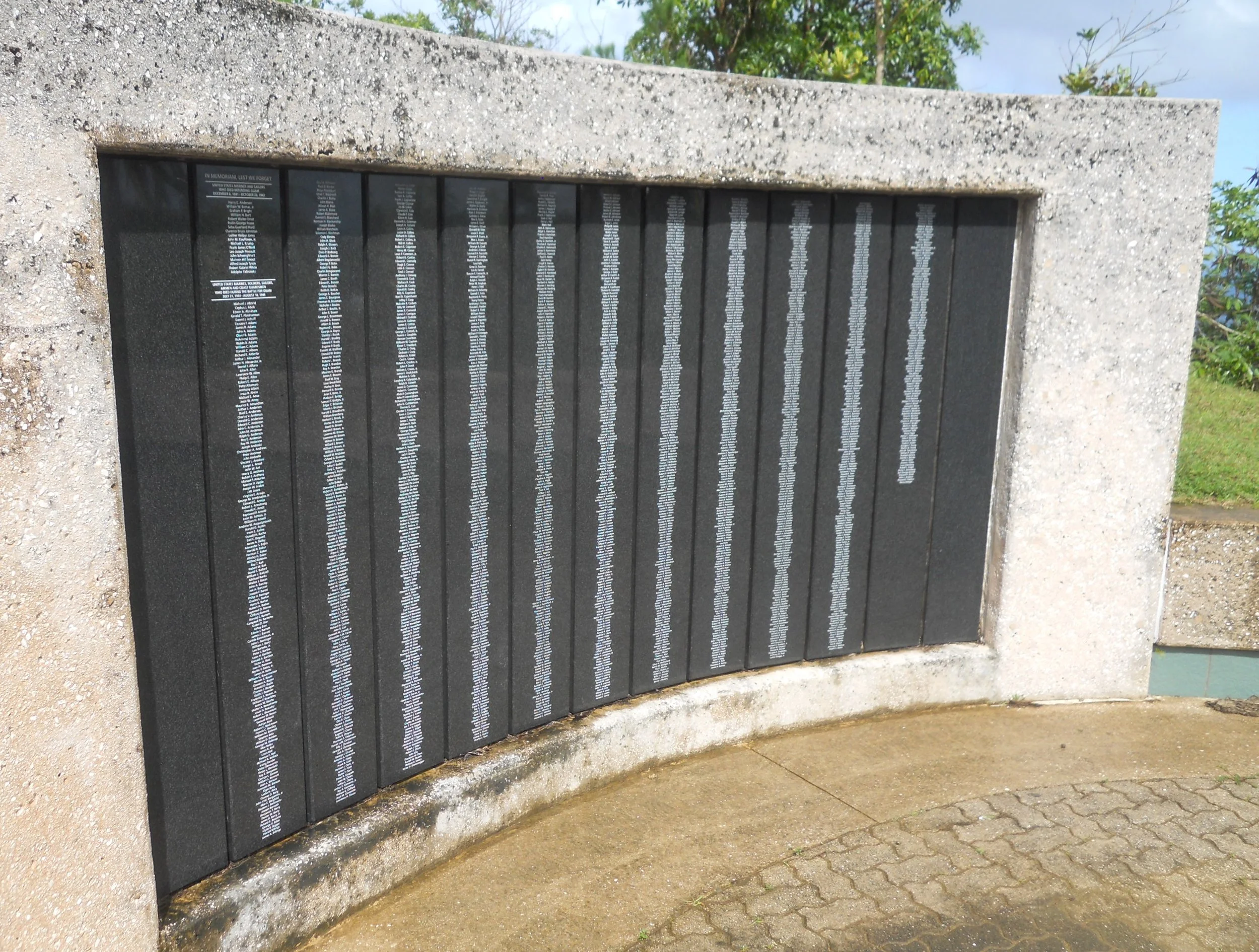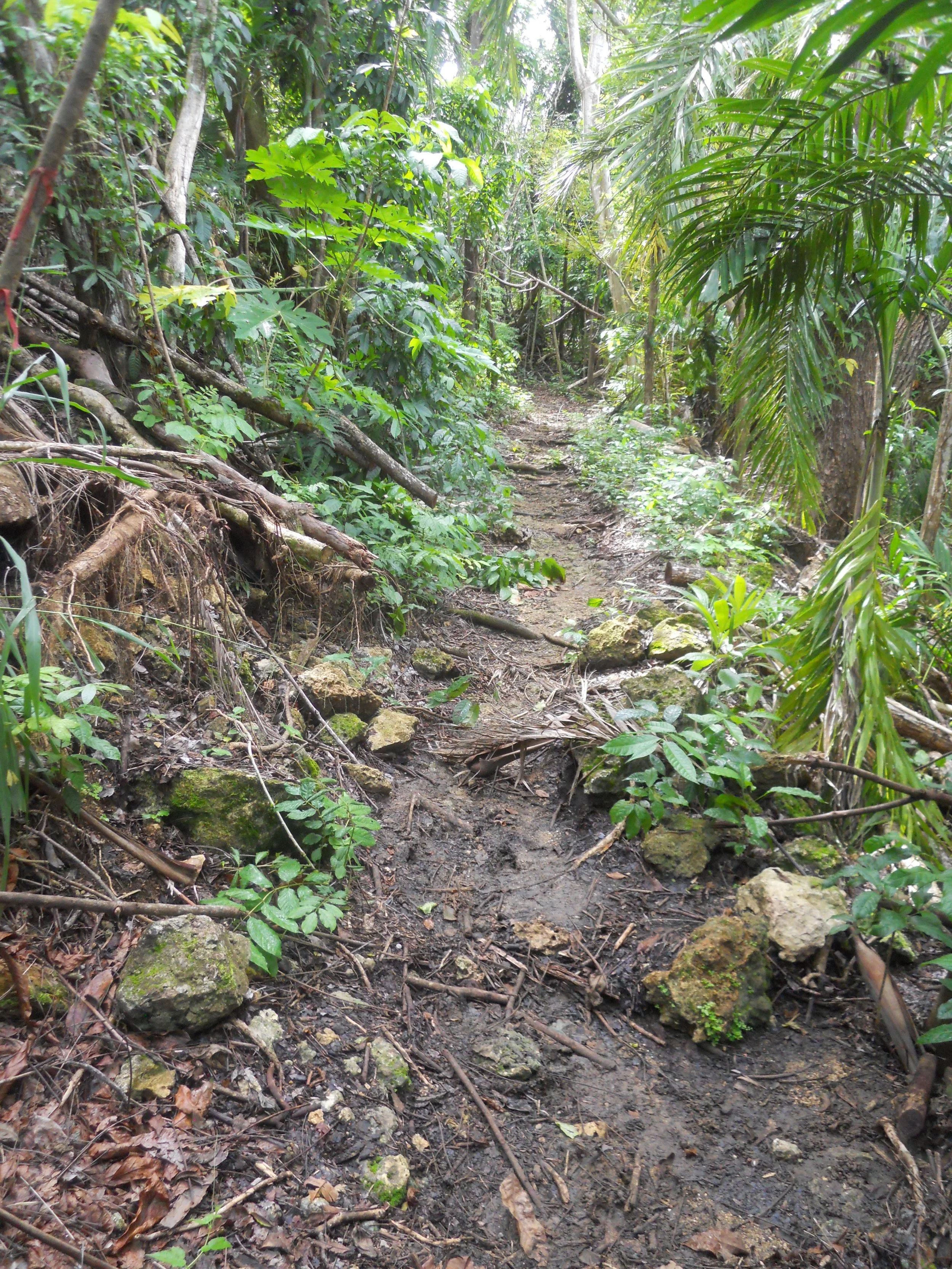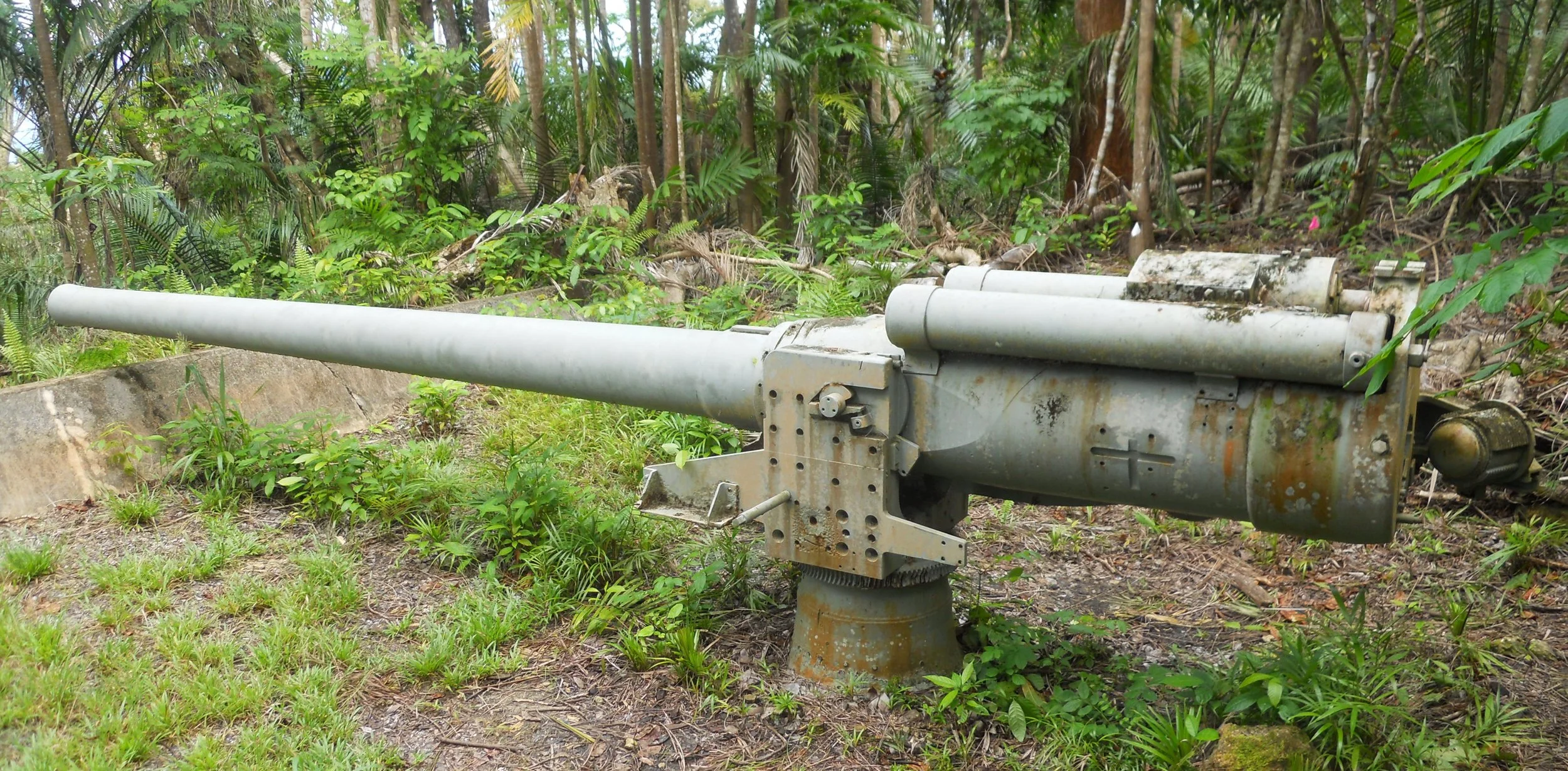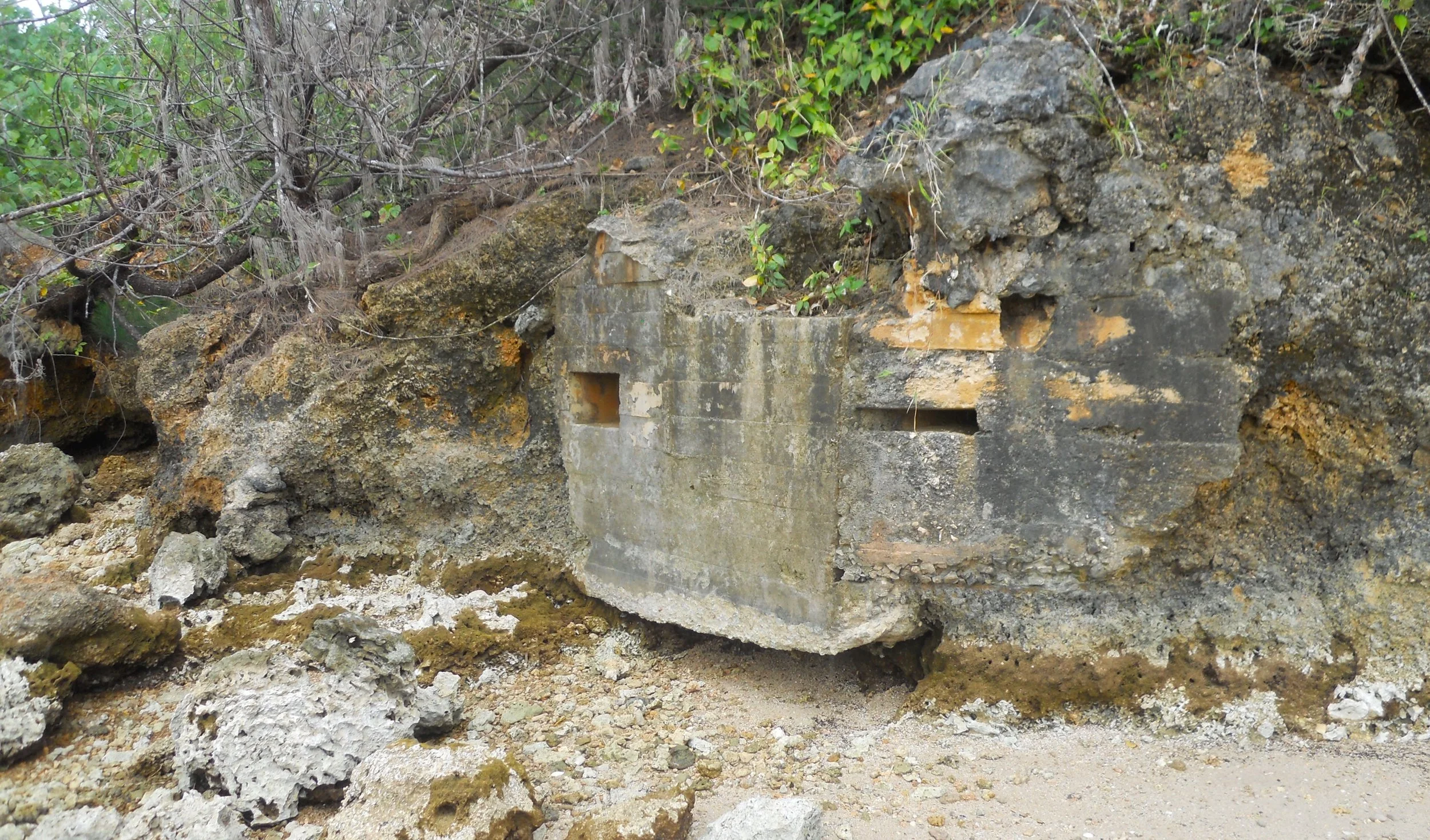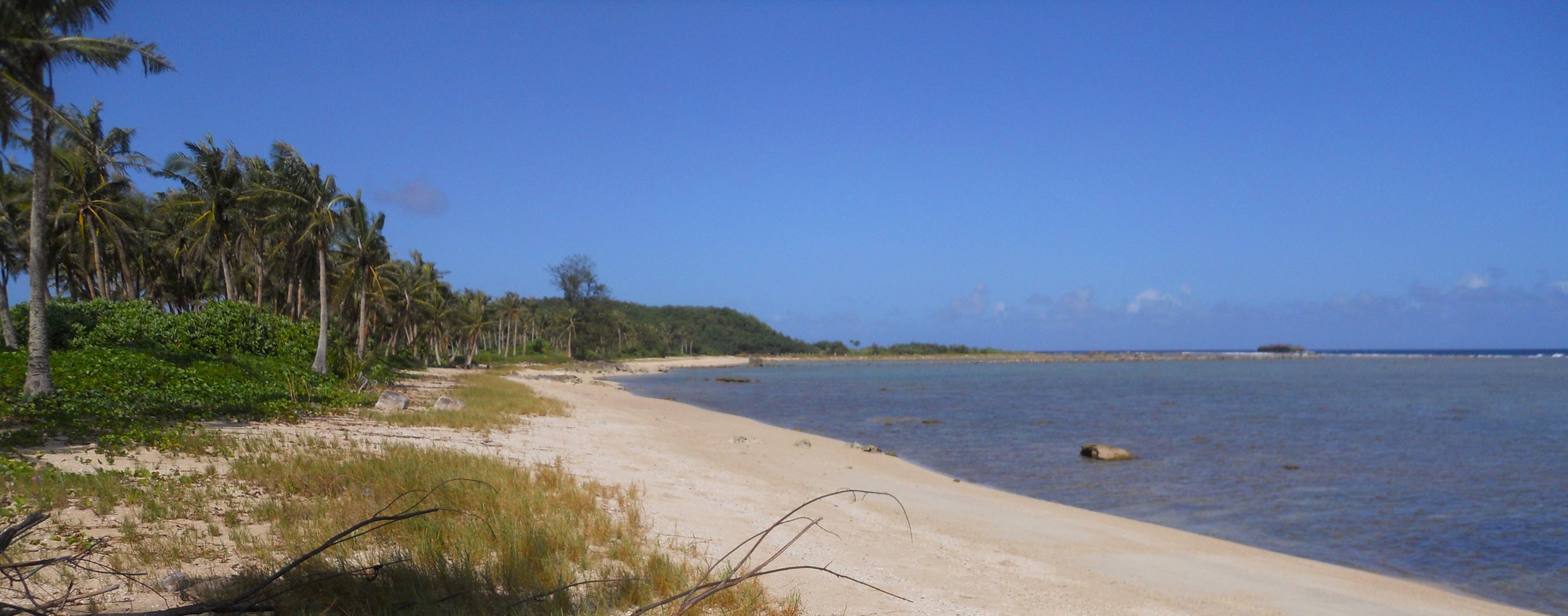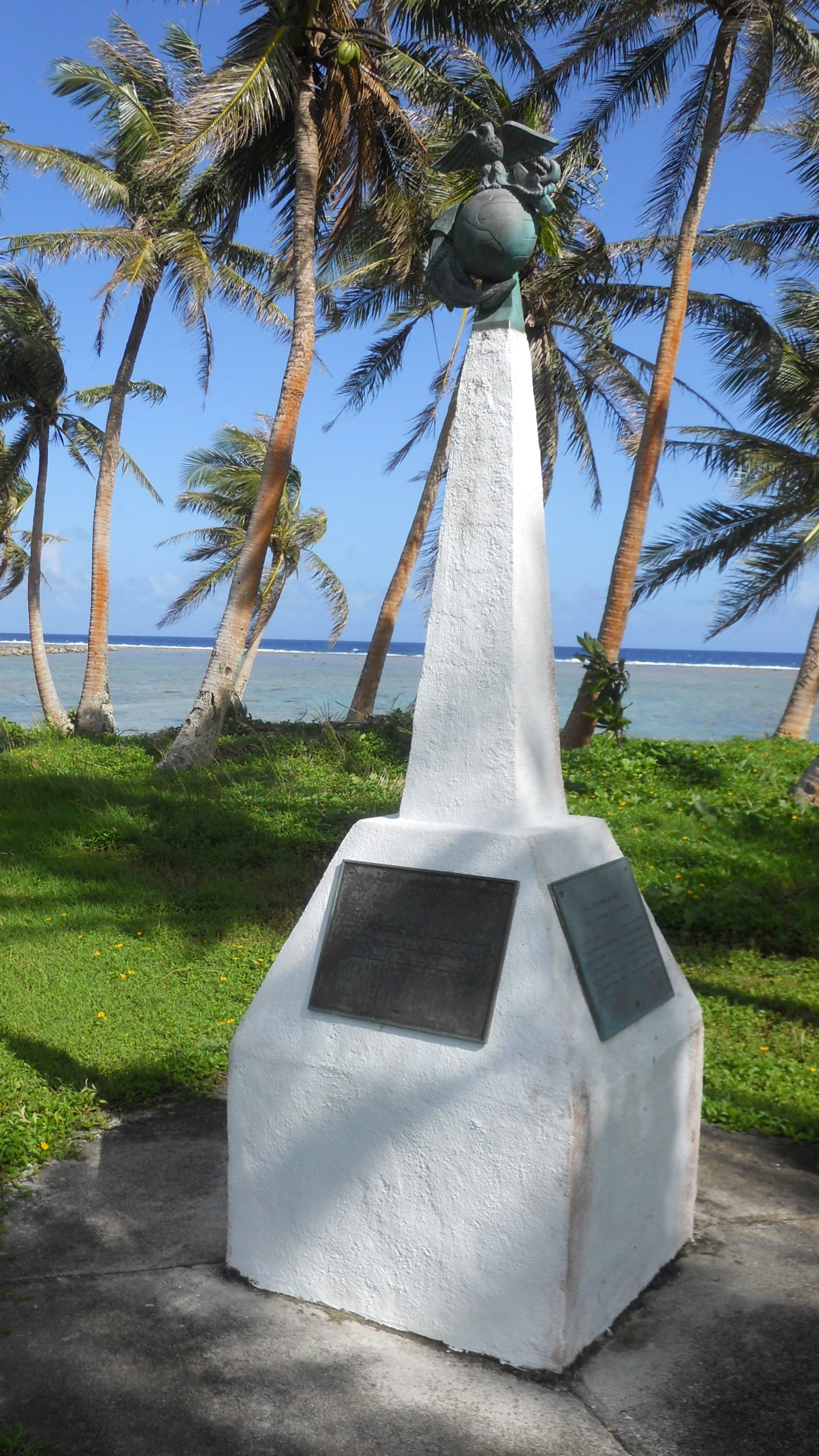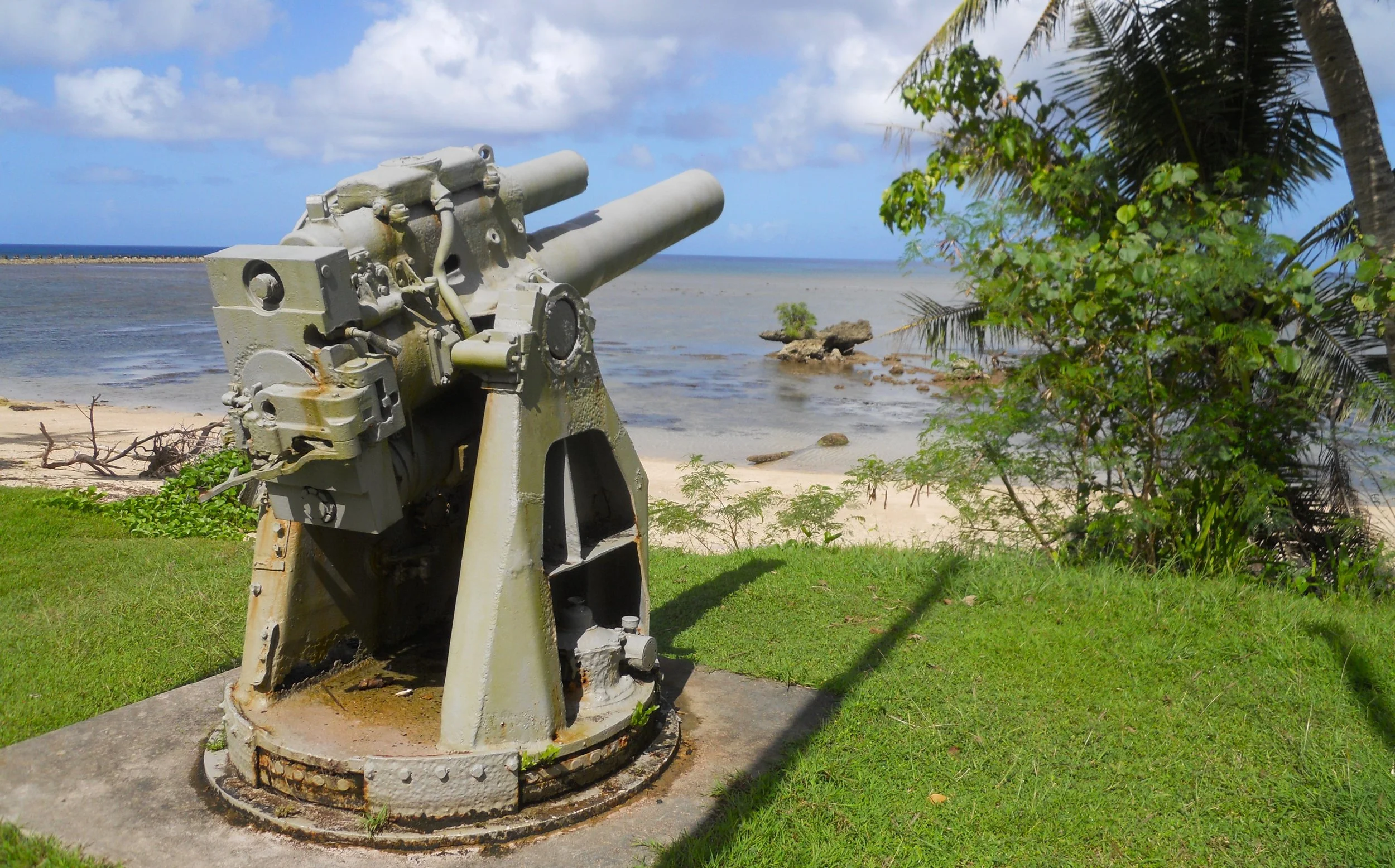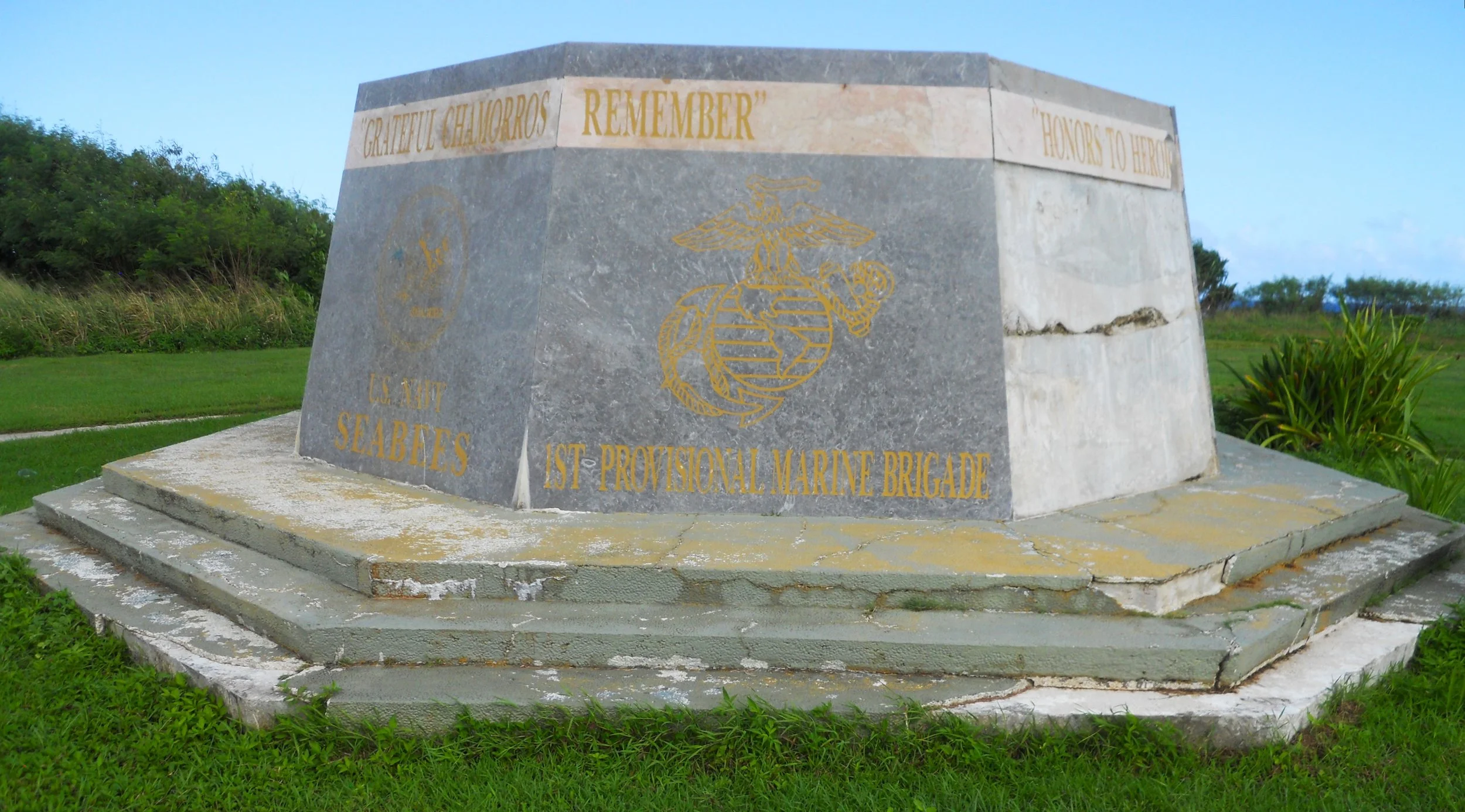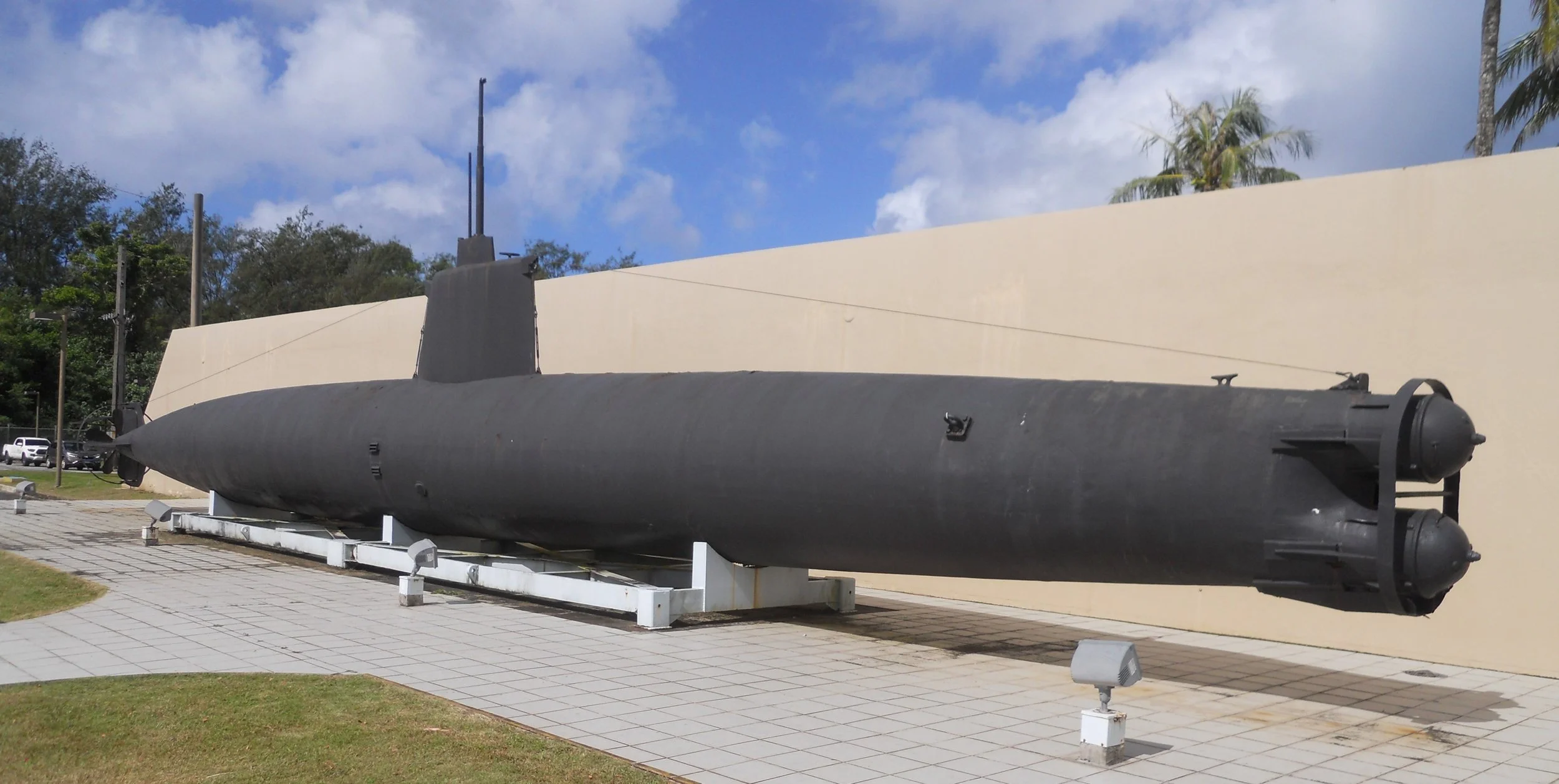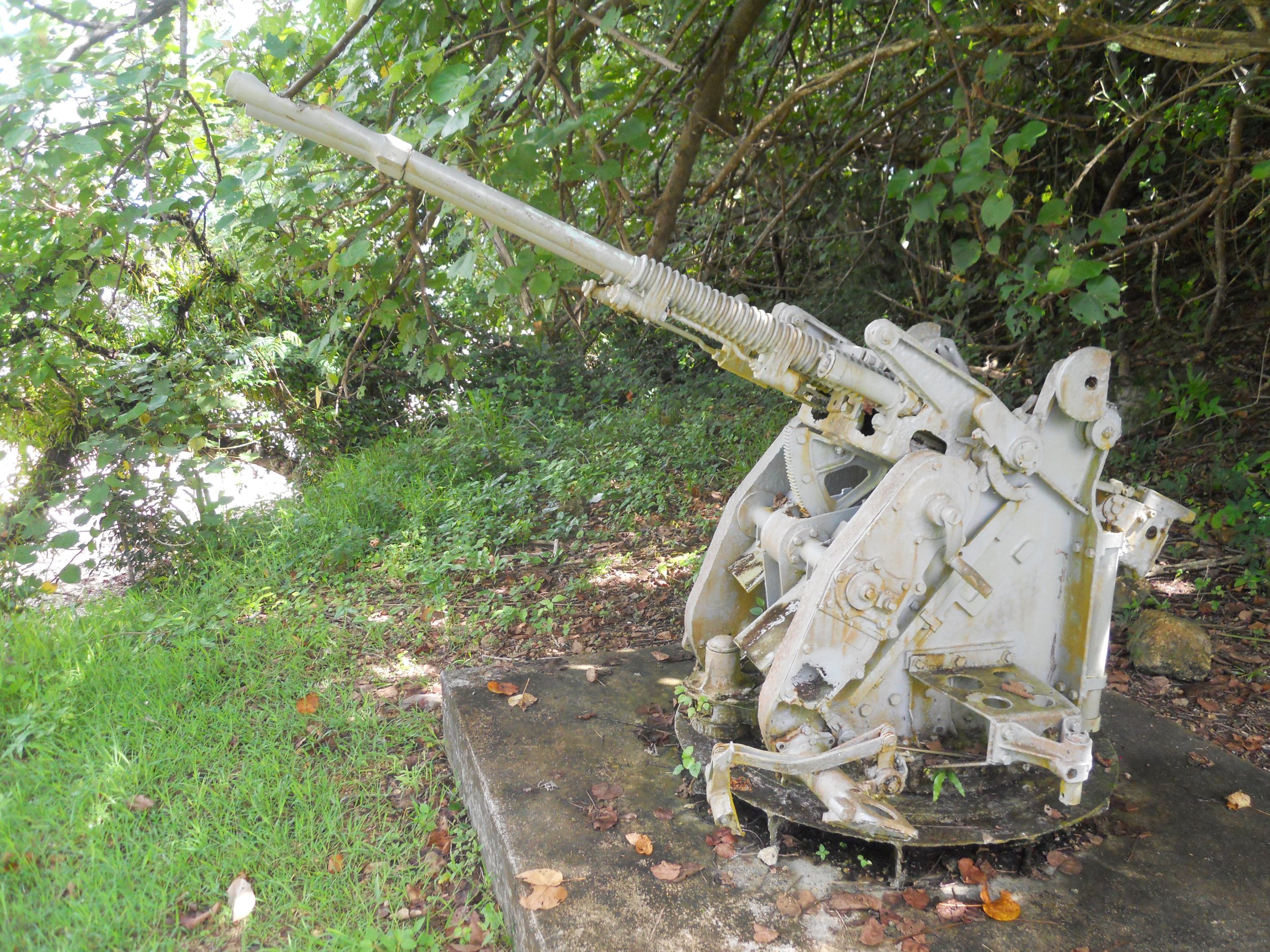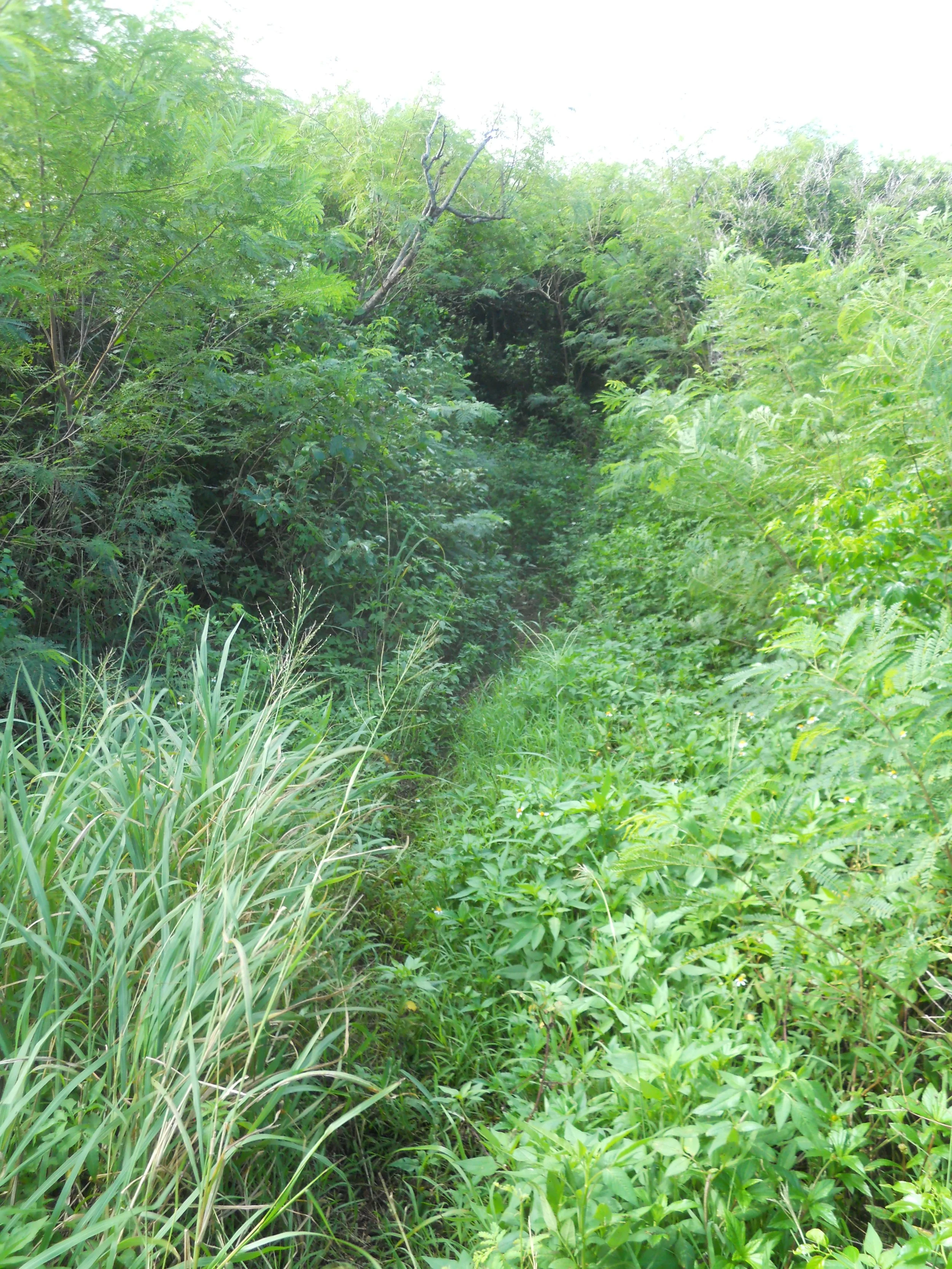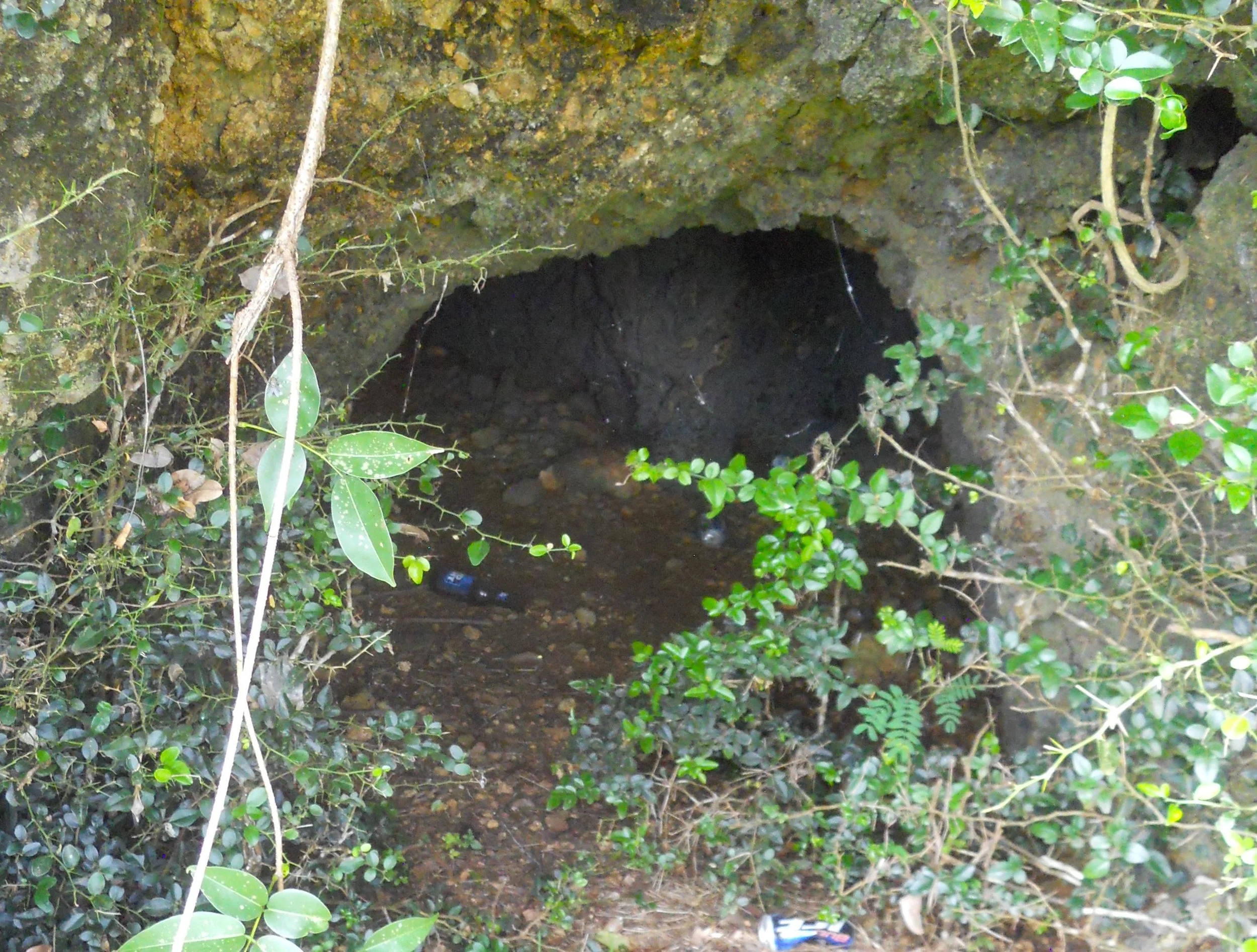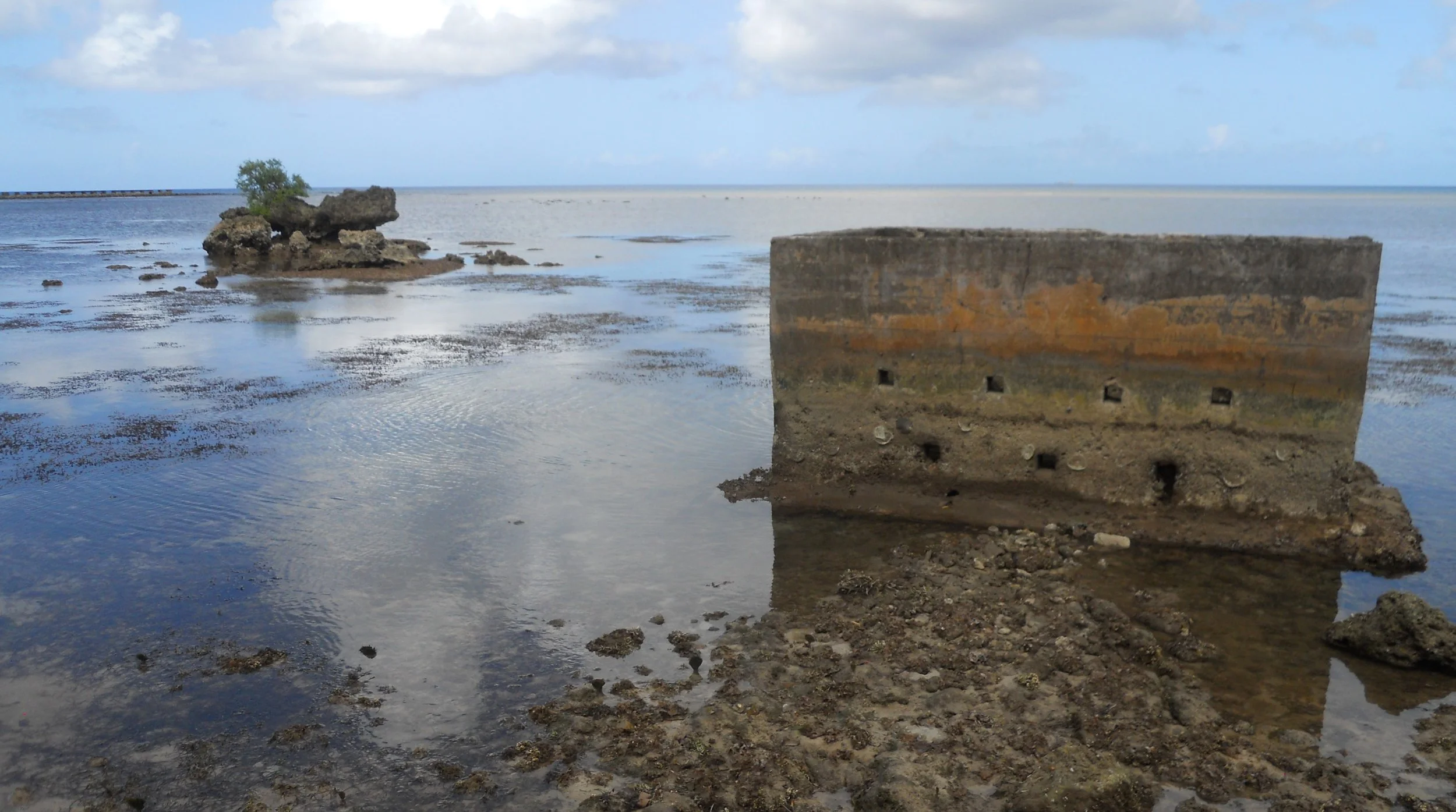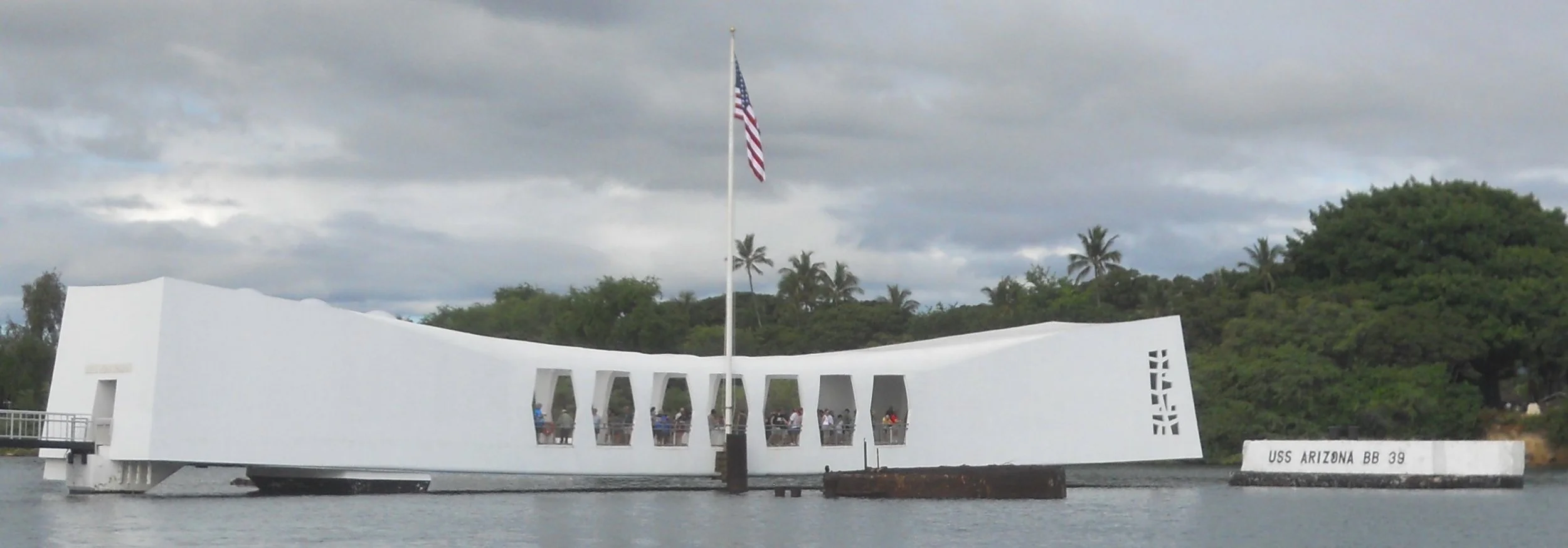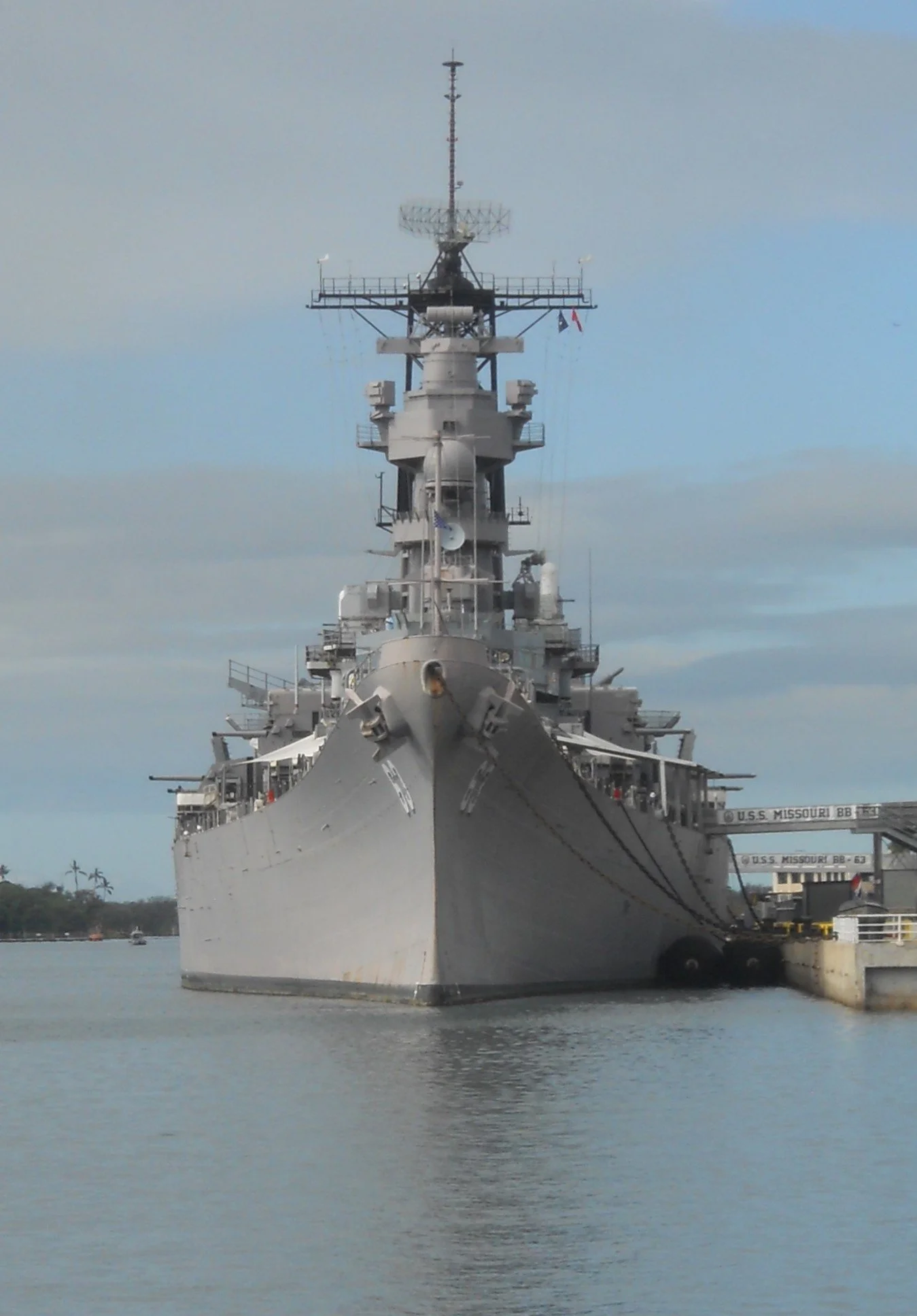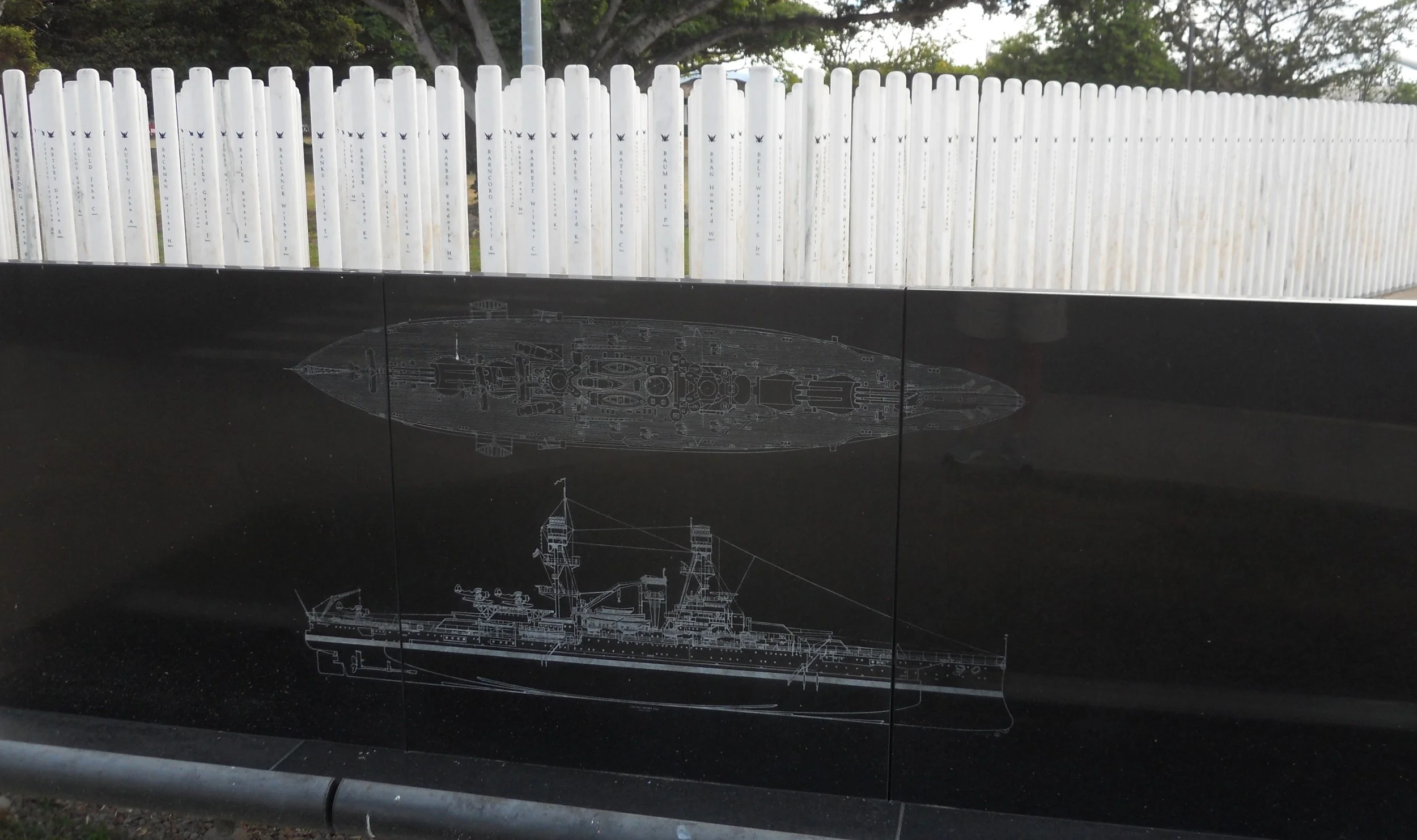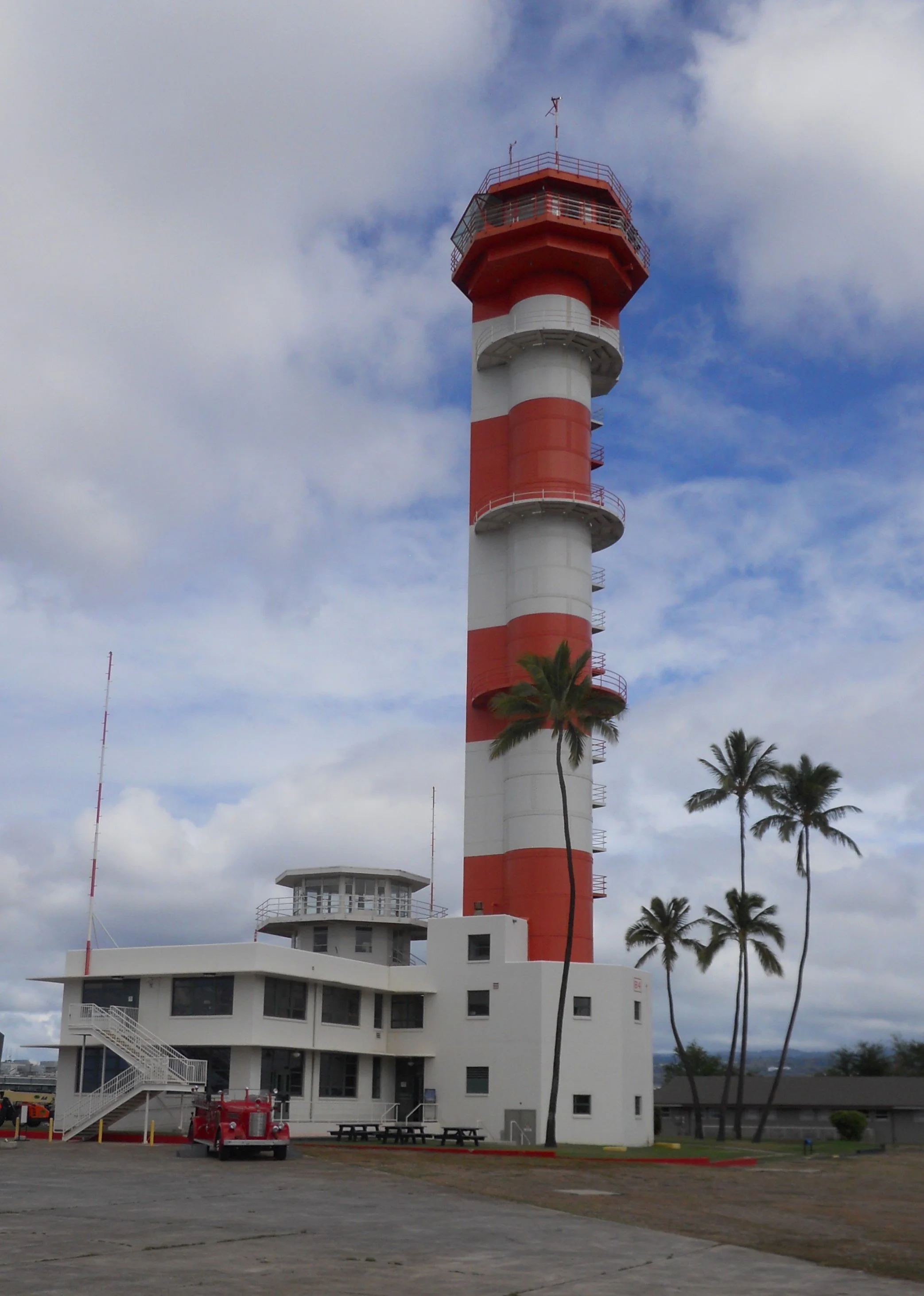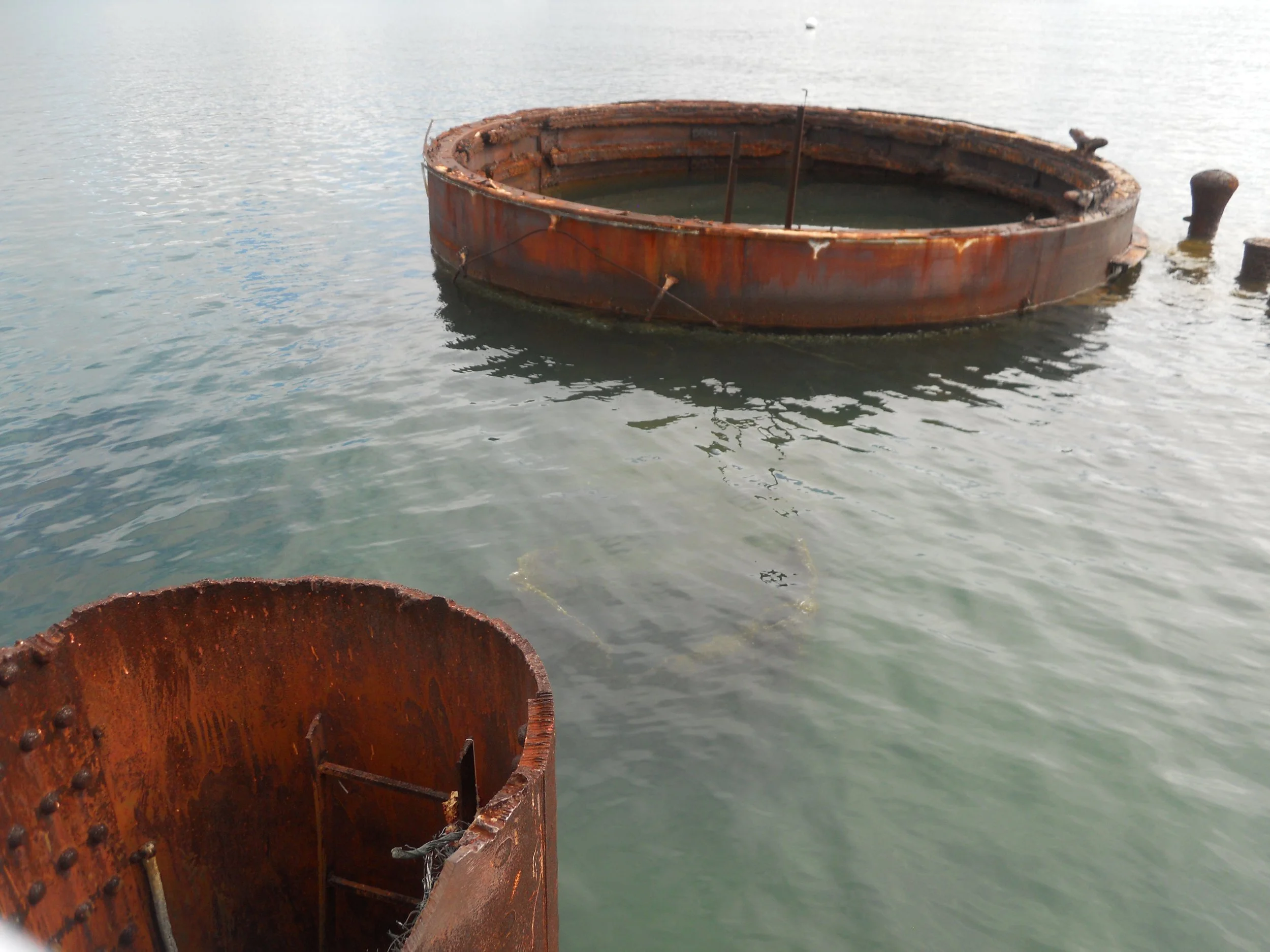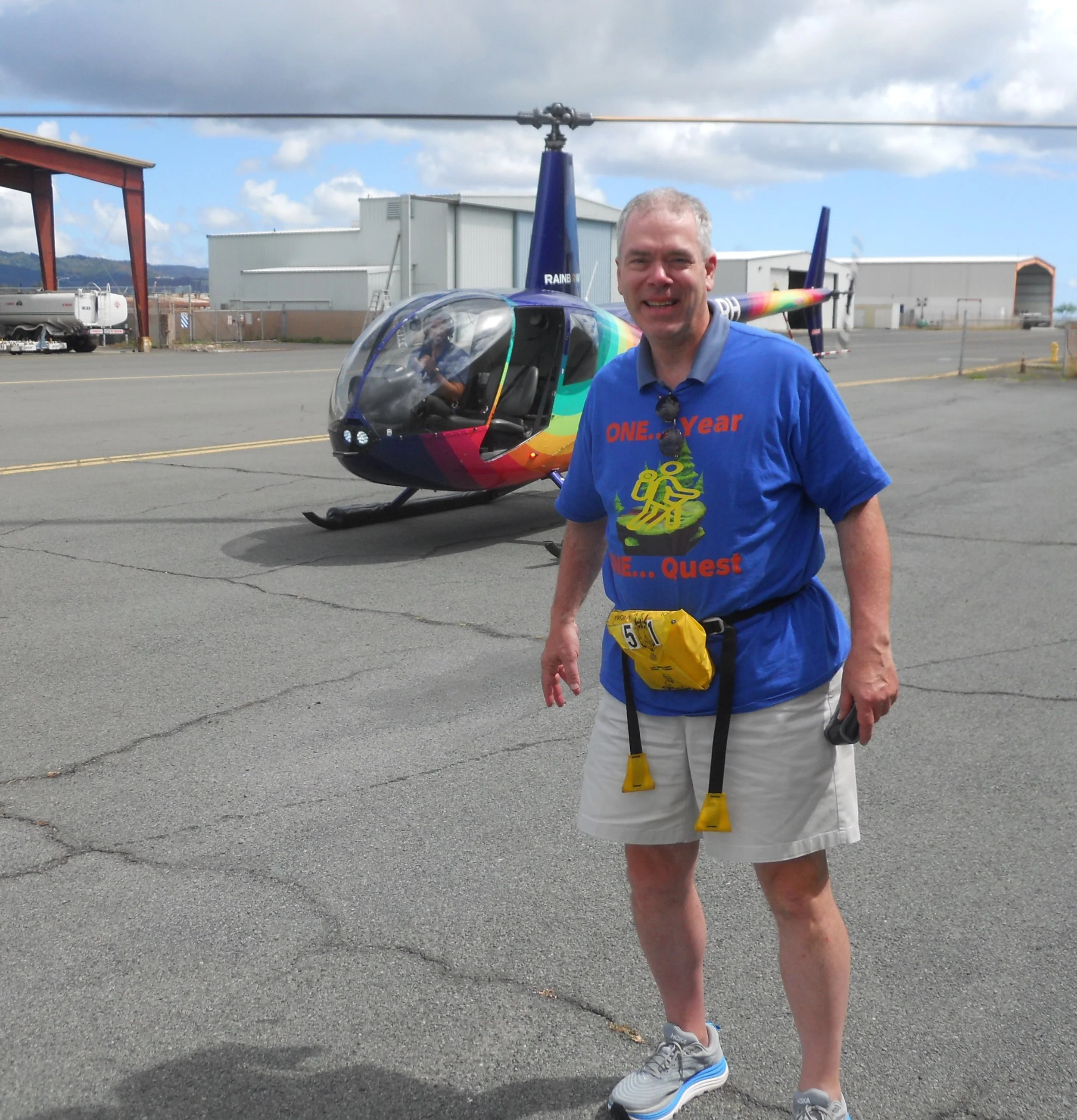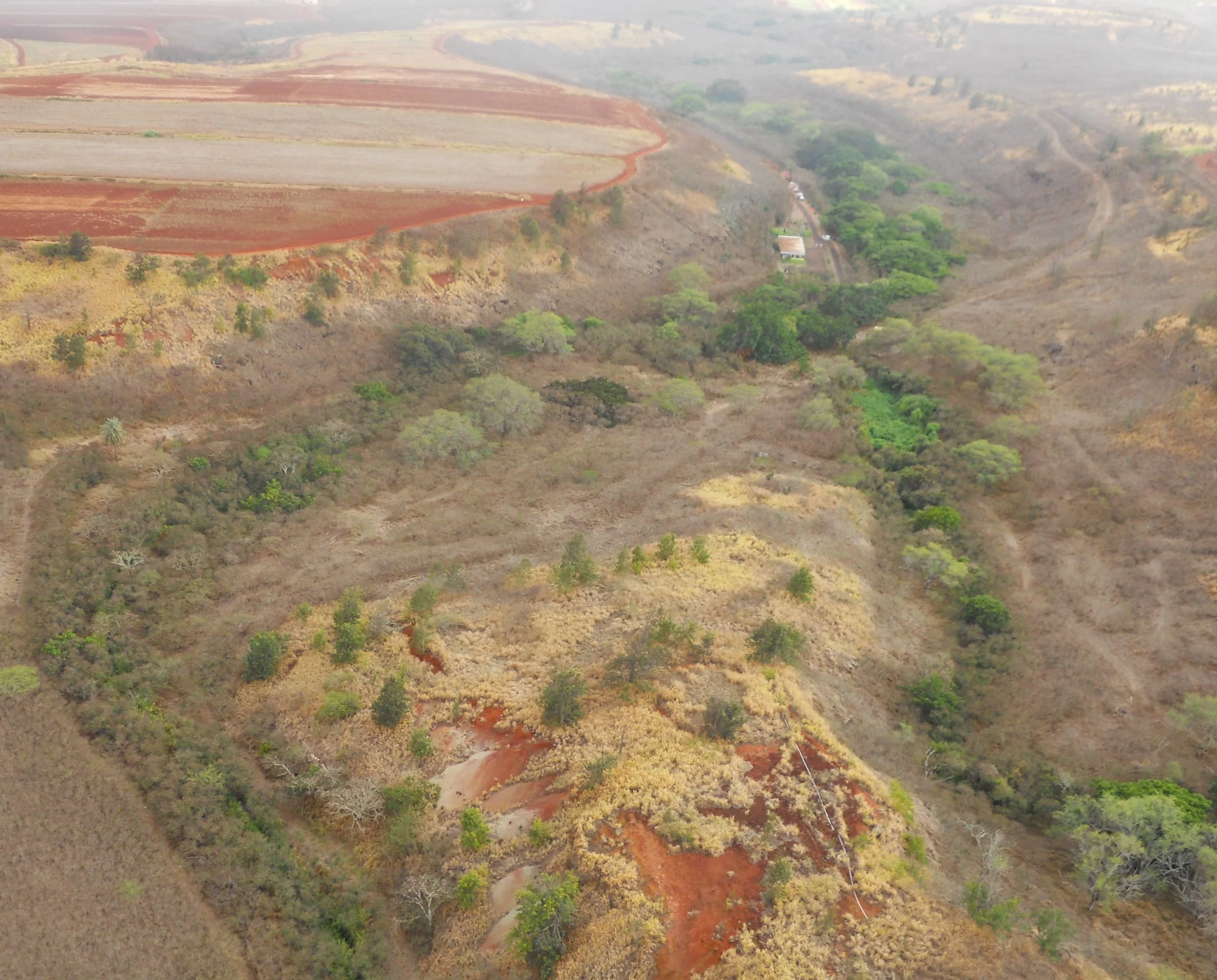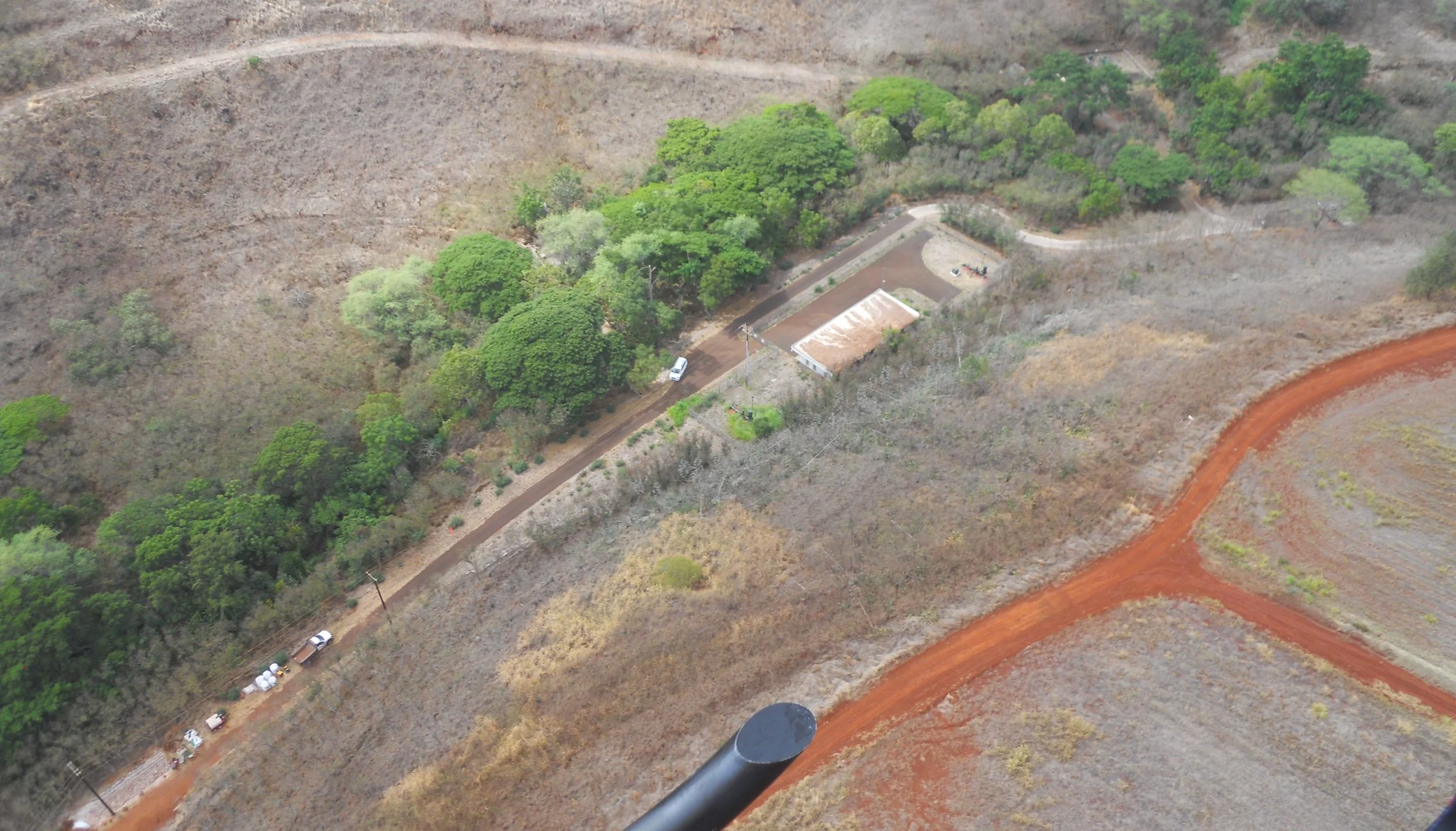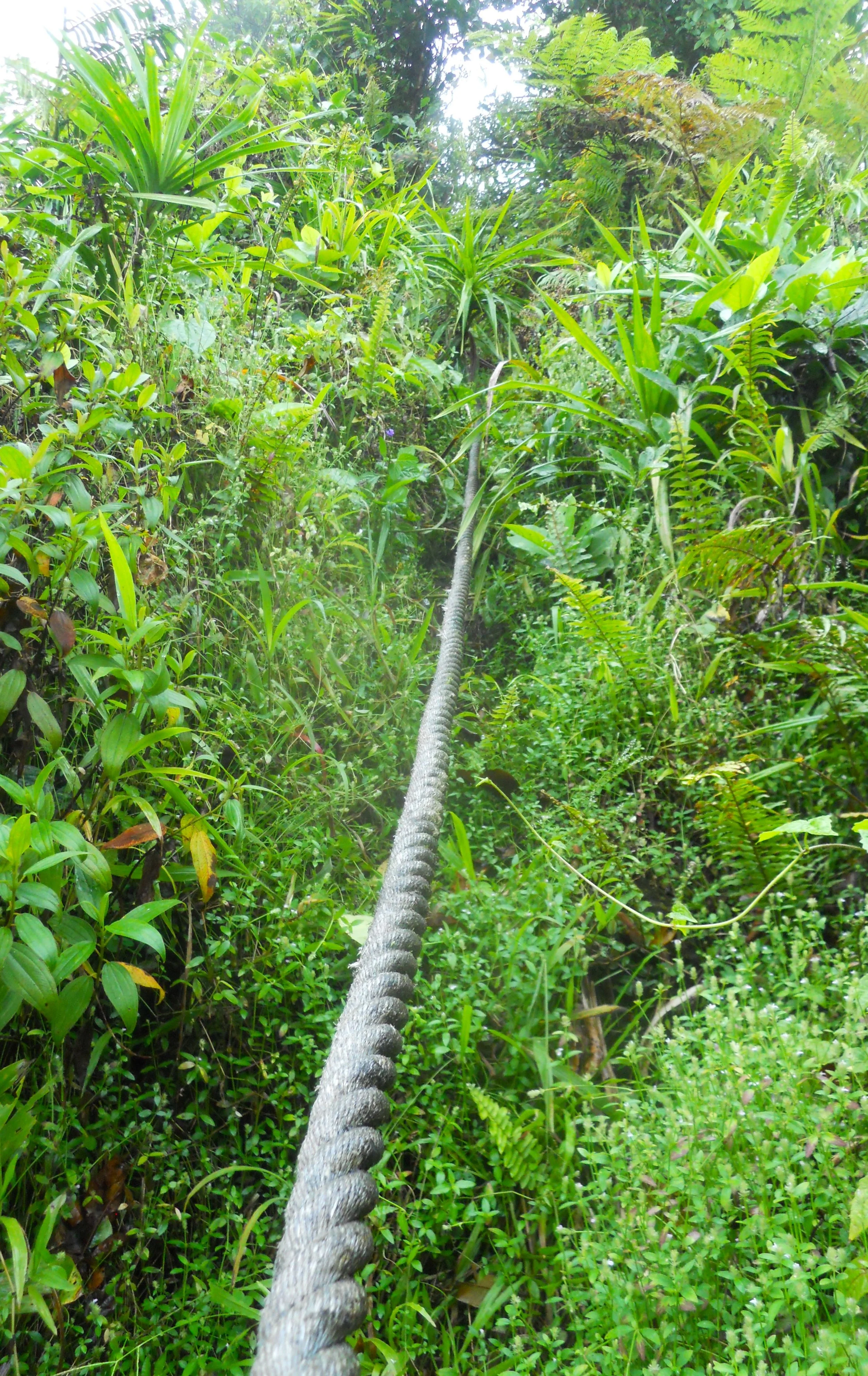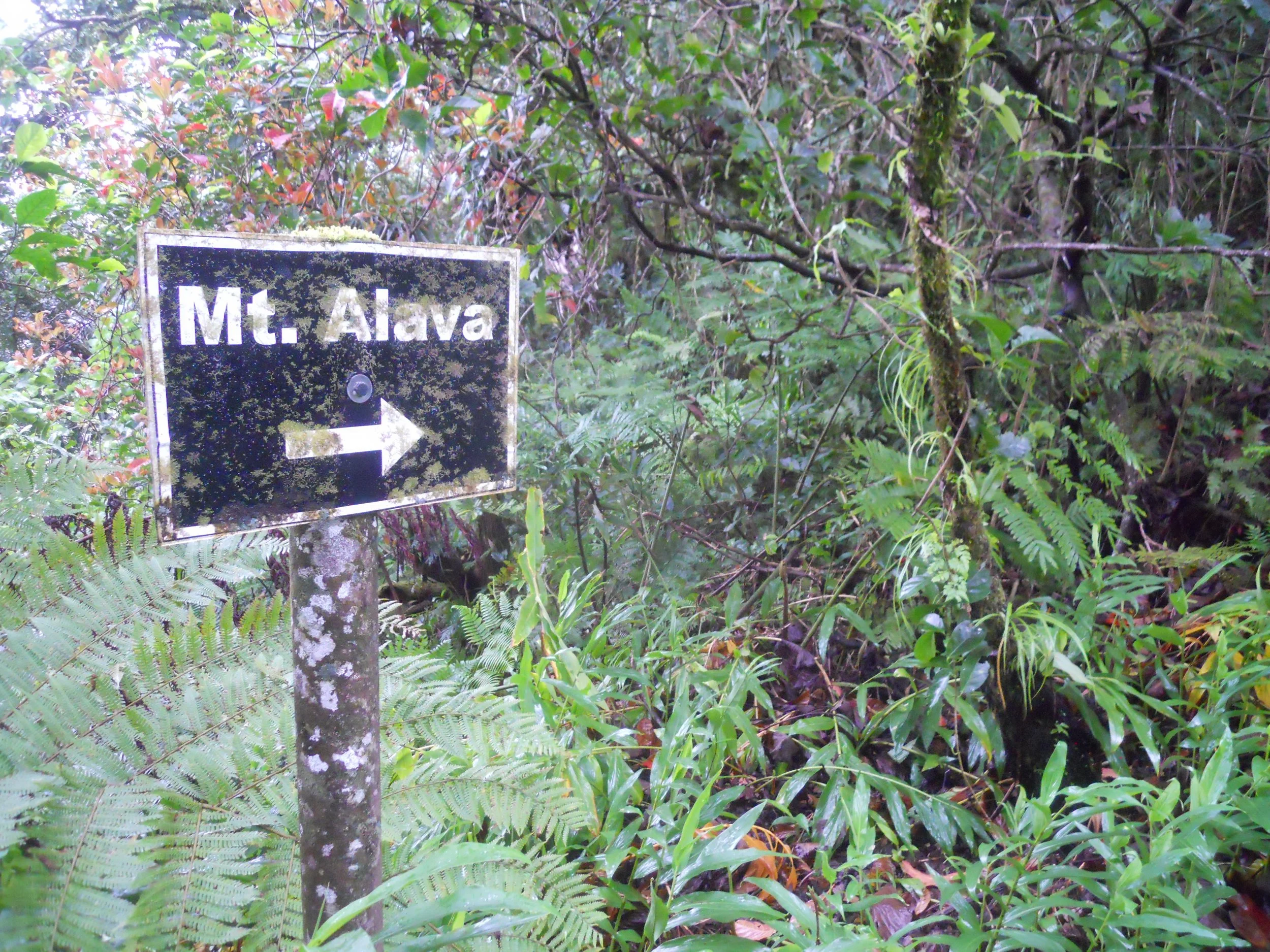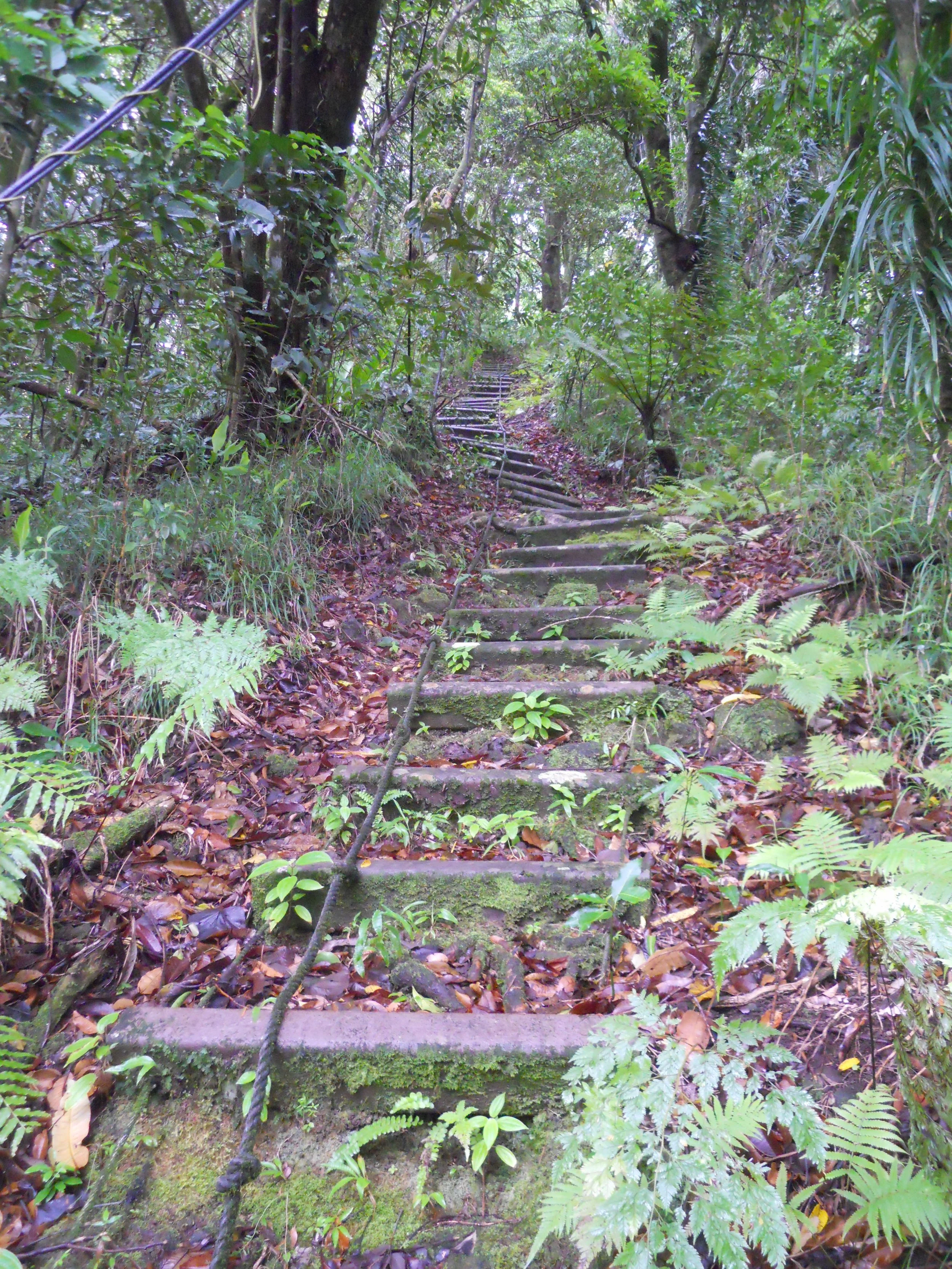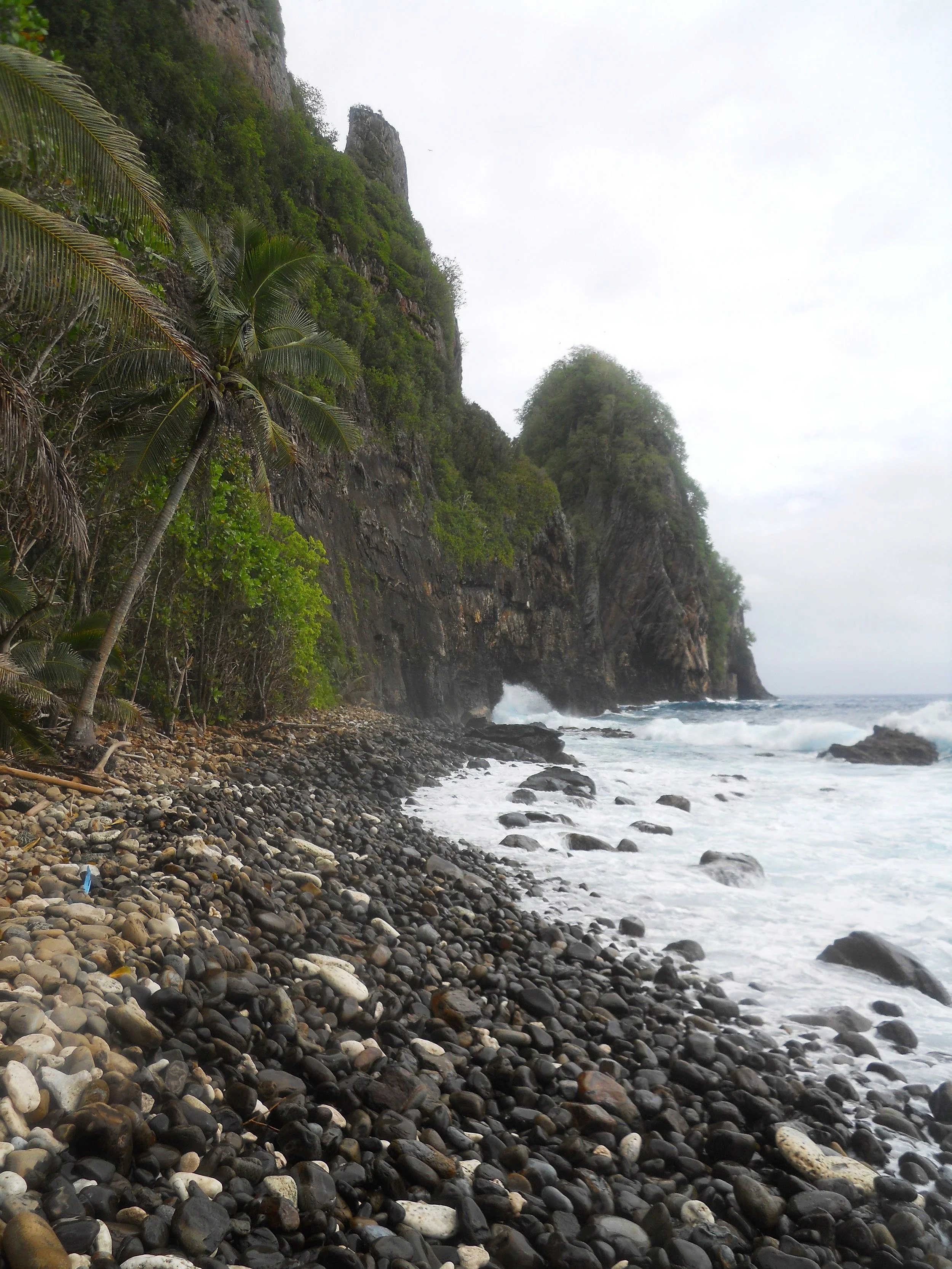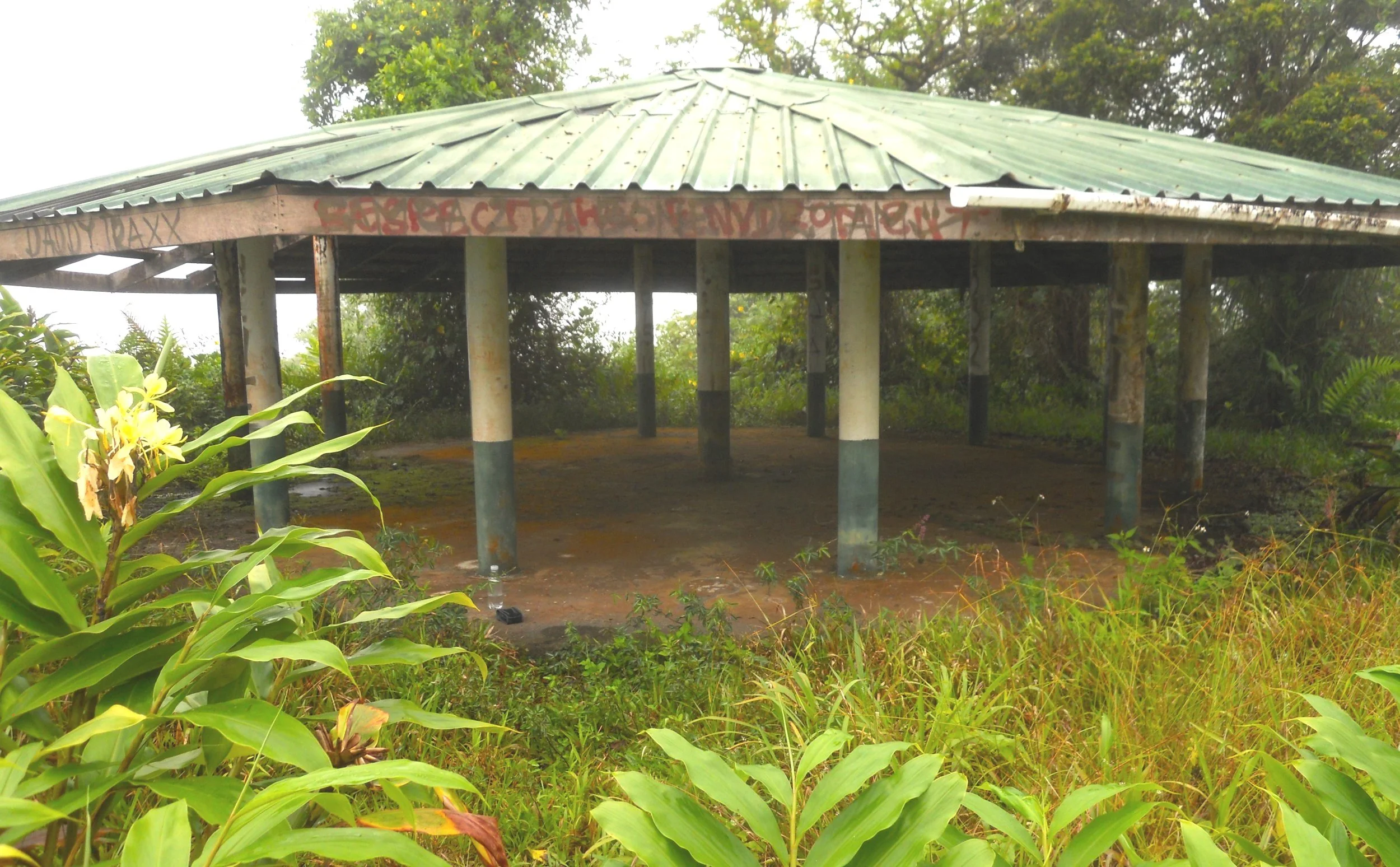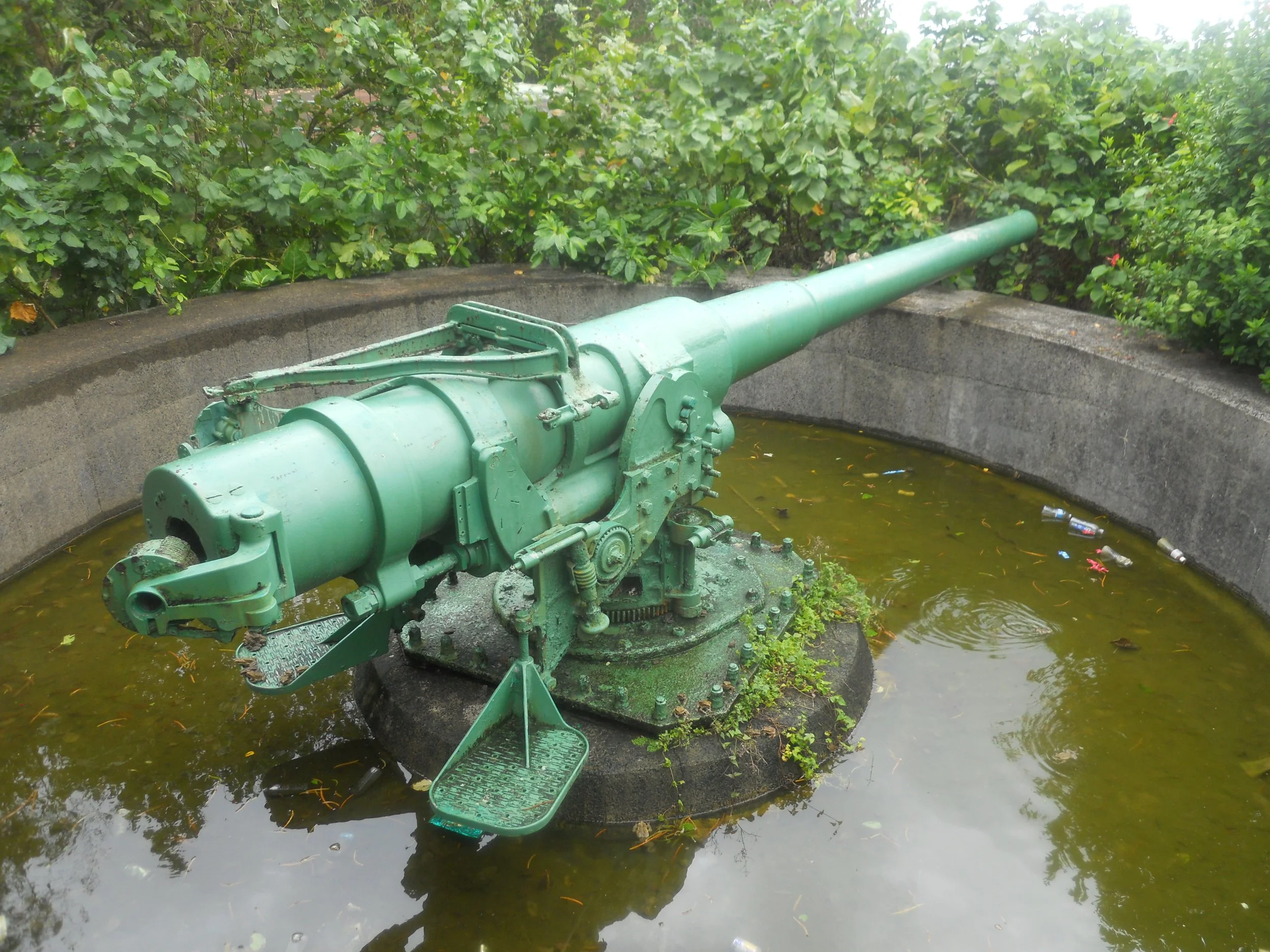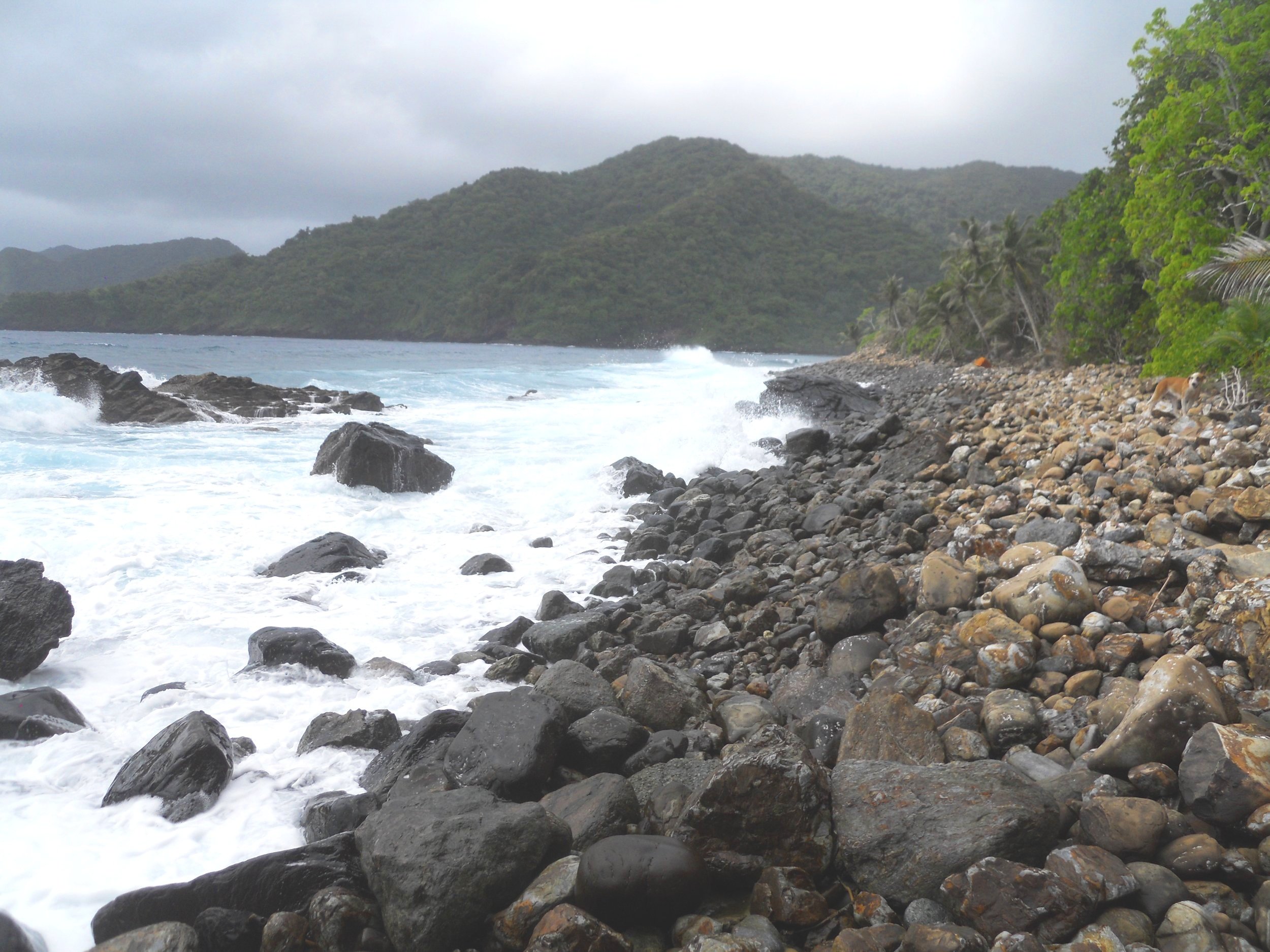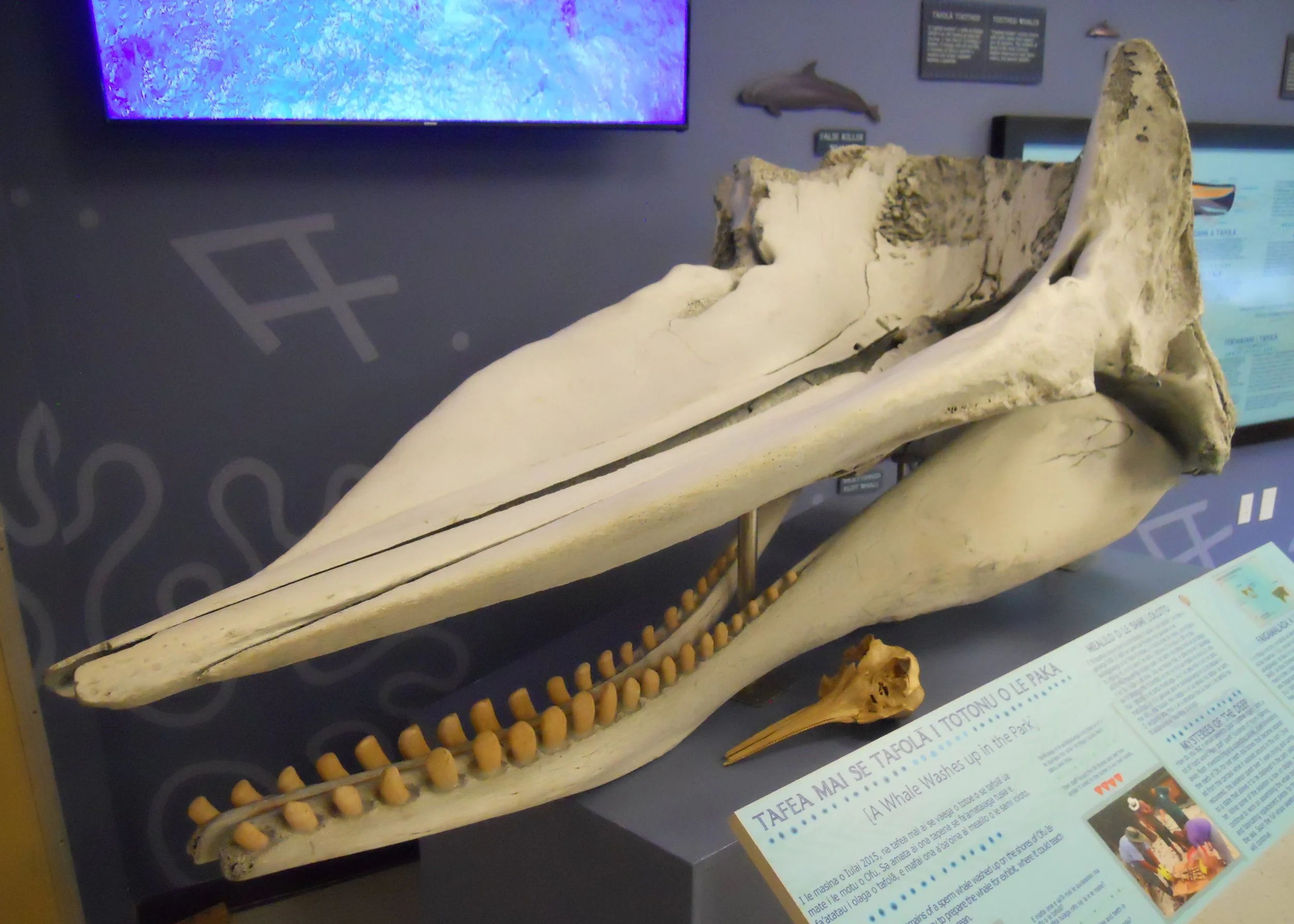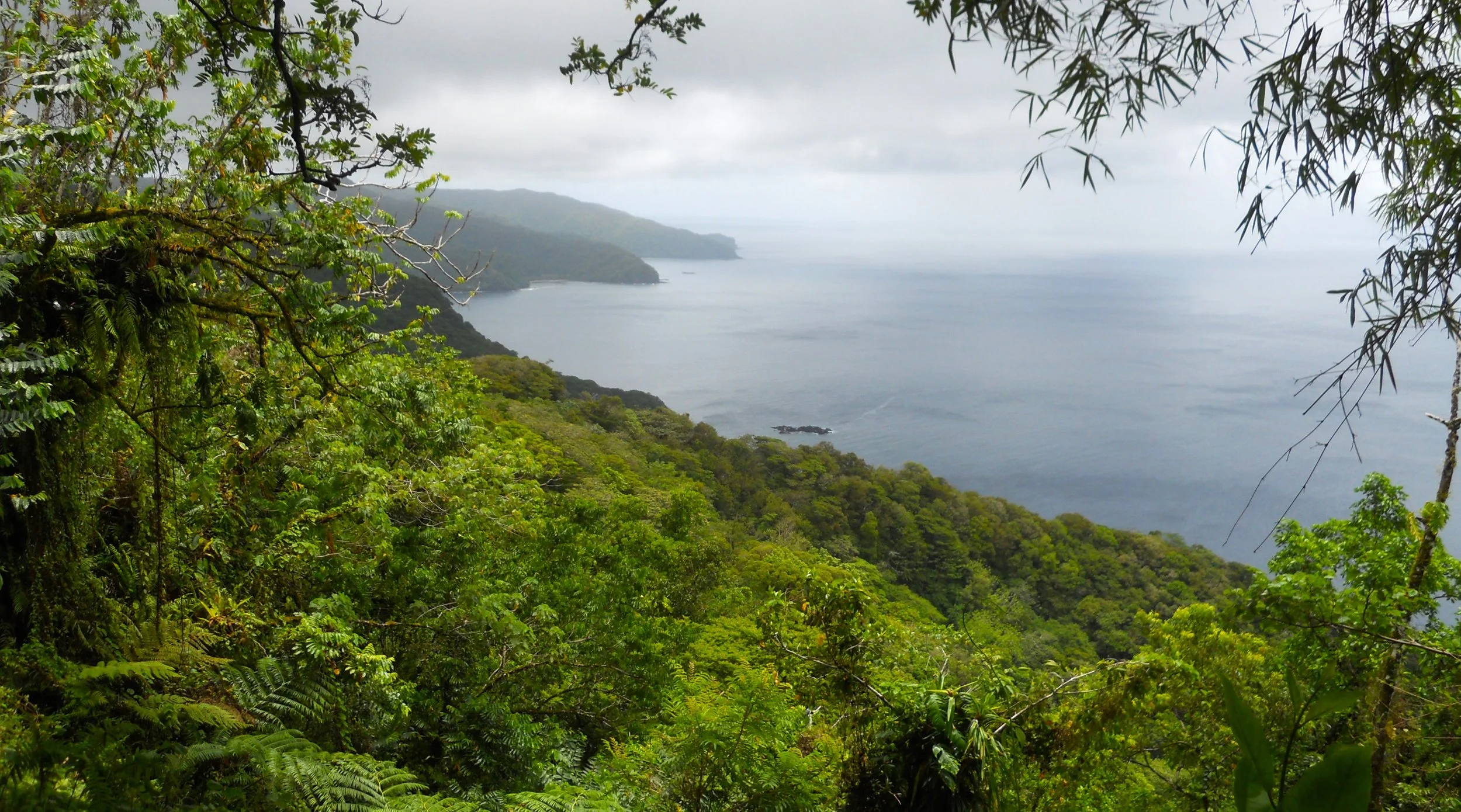DAY 12 (October 30) - Hawai’i Volcanoes NP was relatively calm today, unlike last month when on September 10 Kilauea had an eruption (see NPS website for video). The black spatter ramparts and fissures from that week were visible today, with some of the newer magna still showing its red. As a ranger at the VC said, one never knows if they will be lucky enough to arrive on a day when Pele (Hawaiian goddess of volcanoes) decides to get active. The west end of the Kilauea caldera was steaming pretty good, but no lava. The west end seemed quite, just a white surface. To access the south side of the caldera, one has to walk a 2-mile roundtrip on a closed roadway. A few places along the road provides the clue as to why the road is closed. This park has the most earthquakes in the country, and a little asphalt is no match.
Before the hike, I stopped at Nahuku (lava tube). A short walk through the rain forest leads to the opening. The tube is lit during daylight hours for visitors.
There are two main roads in the park, the Crater Rim Road (circles Kilauea, including the above closed section) and the Chain of Craters Road, which travels 19 miles, descending 3,700 feet to the ocean. One of the main points of interest is the Holei Sea Arch.
Another spot on the roadway is Holei Pali. This is the remains of the lava flows between 1969 and 1974 from Mauna Ulu which flowed over this cliff. The difference in colors is due to the quickly cooling a’a lava that was then covered at places by fresher pahoehoe lava.
On the west side of the island is Pu’ukohola Heiau (Temple on the Whale Hill), the royal temple of Kamehameha the Great. It was the last major ancient Hawaiian temple built. Just down the hill is Mailekini Heiau. This temple predates Pu’ukohola, but experts do not know by how much. When Kamehameha took control of the area, he converted Mailekini into a fort, bristling with 21 cannons. Further down the 0.5-mile loop trail is Pelekane, the grounds of the royal residence, which included a royal fishpond. It is here, on the shore of Pelekane, where Kamehameha killed his rival Keoua in 1791, cementing his control over all the Hawaiian islands. Today, visitors look out into the bay and the ocean to see black-tipped reef sharks (usually in the morning), Humpback whales (winter months), and Spinner Dolphins.
A copper metal cutting in the VC shows the sequence of events in Kamehameha’s life that led him to be the most renowned king of Hawai’i. When he was born, other chieftains wanted to kill him due to a prophecy which said he would one day become king, so the baby was hidden by his guardian Nae’ole. When he reached adulthood, he overturned the Naha Stone, a sign that he should be king (think King Arthur and Excalibur in the stone). A priest told Kamehameha if he built Pu’ukohola and gave a sacrifice he would control all of Hawai’i. Back breaking work by commoners delivered thousands of stones to the site over a 14-mile human “chain” from inland quarries. Kamehameha then invited his cousin Keoua to the royal grounds where he proceeded to kill his rival, laying his body on top the temple. The three prophecies all came to pass.

